A committment to transformational leadership
--Guyanese-Canadian works with NGO to tackle human trafficking and prevention of all forms of violence

Sunday, April 16, 2023


--Guyanese-Canadian works with NGO to tackle human trafficking and prevention of all forms of violence

Sunday, April 16, 2023


ONCE a girl is entrenched in the sex industry, getting them out can be very difficult, as certain misconceptions about the lifestyle can be attractive to many people. This is the view of the Guyana-born Executive Director of the non-governmental organisation (NGO), Family Services of Peel, in Ontario, Canada.

According to Sandra Rupnarain, who is a co-pastor with her Guyanese husband, Richard, at Calvary Worship Centre, Mississauga, “The ideas of designer clothing, expensive gifts
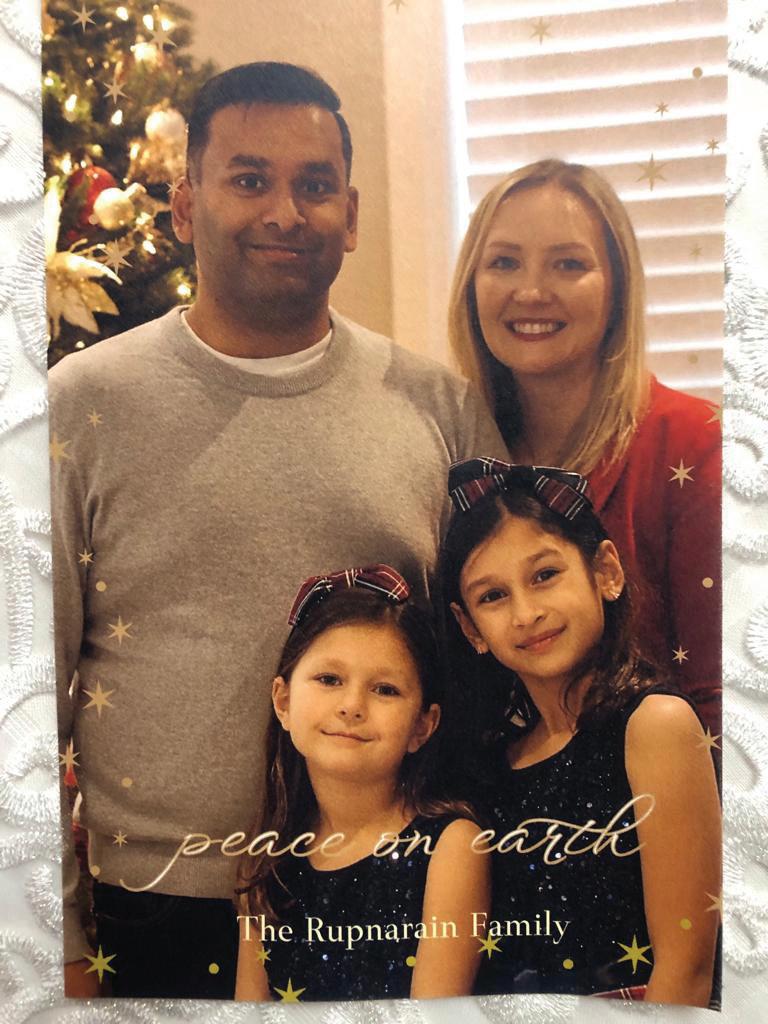

fickers is the illusion of love, false promises of gifts and special treatment that point to a happy future that doesn’t involve working minimum wage jobs, and that’s how they’re Rupnarain pointed out that “survivors feel they’re often blamed and stigmatized, and seen as willing participants in selling their bodies. And so, there is ignorance around this
As the Executive Director of the NGO, she is focused on transformational leadership, living the culture, and leading by example through setting expectations and leveraging human

Sandra creates a culture of learning and motivatingsures based on actionable long-term and short-term outcomes. She is a Clinical Fellow with the American Association oftice in Toronto, and a clinical practitioner with expertise in Narrative, Solution-Focused Behavioral Therapy, and Mental Health with a focus on Trauma and Addiction Interpersonal Violence.
She established the Peel Institute on Prevention in 2012, a Family Services of Peel research arm that bridges academia and community to develop evidence-based services on all forms of violence prevention. Her special interests are in evidence-informed practice, data-driven quality improvement, and equitable service outcomes. Sandra has presented to various audiences locally, nationally, and internationally on
promising practices with a diverse and anti-oppressive lens.
Giving an overview of human trafficking, Sandra posited that it has many faces, whereby most victims are subject to sexual exploitation.
“While we, ourselves, are not experts in human trafficking, we know that through knowledge-sharing and active participation, we can create changes, and that through collaboration and perseverance, we can also become a global success story of commitment to doing the right thing,” she said. According to Sandra, her organisation’s goal is to strengthen the capacity of service providers to serve survivors of human trafficking in the Region of Peel.
“We applied a theory of change that asserts that women’s rights are human rights. Our work is grounded in an equity, anti-racism and anti-oppression framework; this framework introduces the determinants of health and well-being into the strategies of prevention, services, programmes, research, and policies on human trafficking.”
Sandra posited that those at the most risk of being trafficked are those with low economic status, Indigenous populations, and people with disabilities. “We know that Indigenous women -- and I don’t need to elaborate too much on that—are more likely to experience discrimination, poverty, poor living conditions, and violent crimes,” she explained. “Few researchers have examined the sex trafficking of women with disabilities. Some specific vulnerabilities include the lack of awareness of exploitation on the part of the victims, the inability of victims to self-identify the exploitation, and the relative ease with which traffickers can manipulate these girls and women.”
Sandra went on to explain, “One of the greatest challenges in the battle against human trafficking is removing the veil of silence that allows this oppressive behaviour to flourish. A lack of understanding about the scope and severity of the problem has also contributed to its dramatic rise, so there is also a need for research and data collection.” She added that, “In terms of services for men, interestingly, we have that as part of talking about the human trafficking and sexual exploitation of women. There is a lack of services for men, and this is often because of the assumption that men do not seek psychological help because of the stigma of showing emotions. This represents a large area of unmet needs because men who have been trafficked have health problems, mental health issues, and needs similar to trafficked women. As their needs are similar, there must be services available equally for them.”
According to Sandra, “If we’re able to have a long-term impact on the problem, we must use research to identify the most cost-effective ways of intervention. The Government of Canada has developed and implemented its tools for the prosecution of traffickers, thereby responding to most of the prosecution recommendations of the UN protocol in 2000. However, international data shows that legal and police prosecution has not reduced the aggregate amount of trafficking. The focus should be on prevention and support for survivors.
“The more structural elements of prevention have yet to be adequately sourced. They have not happened as of yet, including awareness-raising campaigns, education campaigns, and training. It can only be achieved through research
 By Shaniya Harding
By Shaniya Harding
IT was 1992 and one of the most talked about fights was about to take place in Guyana between two of the most promising boxers, Michael Benjamin and Rawle Frank. Thousands of fans were cheering; the adrenaline was coursing through both fighters’ bloodstreams and gloves were pitted against each other. And as the bell rang, Michael called upon every drop of strength he had. And in his usual spectacular way, he
grew up in Tucville, Georgetown and was the 10th and last boy out of 12 siblings. He had very strict parents and a mother who left a strong imprint on him in more ways than one. “Throughout my boxing career, the hardest punch I got was from my mother,” Michael said. Due to the size of his family, his upbringing was difficult. It bears no question that Michael’s childhood was challenging. However, he believes these challenges led him to boxing and made him excel at the sport.
amateur match.
“It was a school exhibition. That was actually the first I went into a ring,” he said. And although his ameteur career was short, Michael clearly distinguished between amateur and professional boxing. He said, “Professional fighting is more brutal”. It was during this time that boxing became more than a game for him. “Boxing became my entire life,” he said.
A reckon-wothy talent
Michael Benjamin today fights and then you come to the sudden realisation that there are people out there that can seriously hurt you, it brings a different dimension to the game. Now you start to question yourself.” He went to bed that night vowing to never enter a ring again. This vow, of course, did not last.
came out triumphant.
Guyana is known for its rich boxing legacy. In 1980, Michael Anthony Parris won Guyana’s first and only Olympic medal, creating history for the country. Along with this achievement, Guyana has produced several other prolific fighters like Andrew ‘Six Head’ Lewis and Vivian Harris. Michael Benjamin also made marks for the country in the sport as Guyana’s Lightweight Champion. He held the Continental of America’s Welterweight belt. But in addition to his boxing accolades, he is also a writer, journalist, and teacher. This article takes a look at his life, legacy, challenges and misfortunes. This is the story of Michael Benjamin.
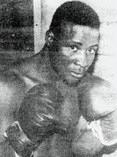
When asked, Michael described his childhood in one word: “rough”. Michael
As a young man, Michael went to North Ruimveldt Multilateral School. Here, he discovered his passion for fighting, and his temperamental nature made it only natural. In reminiscing about his teenage years, Michael said, “I fought for everything. If you looked at me too strong, I was ready to fight. That was the kind of nature I had. I was angry, angry at everything. Boxing came naturally to me because I just liked fighting.”
Michael’s introduction to boxing would come from Cliff Anderson, who the sports hall is now named after. “Cliff Anderson introduced me to boxing. He came into the school one day with a duffel bag full of boxing gear. And that’s how I started boxing under supervision.”
The Cliff Anderson boxing club would then be the first club Michael joined at just 11 or 12 years old. It is also here where he fought his first
Michael Benjamin’s boxing career was characterised by his many accomplishments due to his undeniable talent. The beginning of his professional career took off in a whirlwind of success. One match that left a lasting impression on Michael was the fight between himself and Jeff Roberts. Described as his most memorable fight, Michael said, “It was the case of a classy fighter, Jeff Roberts, against me, who was more rough and tumble.” And although he won, it was one of his most difficult fights.
Michael’s boxing career wasn’t all good news, however. The first loss he suffered had been a hard one, and his first overseas match. He lost this match in Canada to Canadian fighter Victorio Belcher, by knockout in the fifth round. When asked about this he said, “It was hard for me, because when you have built up a resume of eight unbeaten
According to sources, since his professional debut on August 31, 1986, Michael Benjamin has won 23 fights, lost eight and has drawn two of his matches. And although his career has been marked by success, it has also been marred by disappointments. One such occurred while the boxer was in the Bahamas defending his title. “I left and went to the Bahamas to defend the very title I won. I lost my title even before I fought because I couldn’t make the weight class. I was automatically stripped of my title. I lost my title and wasn’t paid. I came back home and nobody paid me any mind,” he explained. Regardless of all this, Michael is not bitter, as he believes we have no control over what is measured out to us, but rather how we respond to it.
After a 26-year career in
boxing, the long-time fighter, retired at the age of 38. By this time, he had developed his academic capabilities. Michael started what was perhaps, at the time, the most surprising career in journalism. He stated, “For me, it wasn’t easy, the transition. Because people looked at boxers as being dumb, stupid and inarticulate.” This, however, was certainly not the case. Michael went on to write a sports column called ‘Michael Benjamin’s Knock Out Punch’ for Stabroek News. Delving further into journalism and writing, he continuously worked to change the narrative.
Michael’s life changed when he was involved in a collision with a car while riding his motorcycle. It was fast and devastating. “I was riding my motorcycle along the railway embankment. I never saw the car, up to this day, I have not seen the car,” he said. His femur was crushed, leaving him with one leg longer than the other and a permanent limp.
On the matter of what boxing has taught him, Michael said that boxing had “tempered” him and given him a safe and healthy way of letting go of his anger. When asked the same question about journalism, he said, “If you’re not certain, don’t
write it.” He also emphasised the power of the pen, saying that, “It is better to go along the line of caution…The truth is not the only parameter by which you check your article. It may be the truth but you as a journalist must decide if the truth is public worthy.” He noted that in journalism, it is important to consider how your words affect people, their business, their children and life at large.
Today at the age of 57, Michael lives a humble life in La Parfaite Harmony on the West Bank of Demerara. With all his life’s ups and downs, wins and knockouts, he has settled down and is no longer involved in boxing. Michael now spends his time teaching online and hosts an online religious show. And although his journey has been a long one, when asked if he had the chance to relive his life, would he still choose boxing, he said, “Definitely. Had boxing not been part of my life, I may not have been here today”. And to a man that has fought it all, it remains true that, to him, his hardest fight was not one where his opponent wore big red gloves, but it is outside the ring where Michael said he fought his toughest battles.
NOT many Guyanese have been to the bauxite town of Kwakwani, which is located on the Upper Berbice River in Region 10. Unlike its sister Bauxite town, Linden, Kwakwani is “Off the beaten track” as it were. A very small amount of traffic goes through Kwakwani. Nonetheless, it has been producing quite an impressive amount of precious ore over the decades and has contributed handsomely to the National Coffers due to the mining of Bauxite within its environs.


Kwakwani has also given to Guyana one of the country’s greatest female singers, Daunne Schultz Blackmore. Her singing talent was recognised since she was a little child, growing up in Kwakwani, where she was born. “I was always asked to sing for visitors to our home,” she said. “That was even when I was so small that I used to be placed on a box or chair,” she added. Daunne’s singing talent was also on display on many occasions at the Kwakwani Primary School while she was a pupil there. But that was just the beginning of an impressive singing career over the decades, which took her to many locations around Guyana and the world. That came about after she had performed at GUYFESTA - The Guyana Festival of the Creative Arts. First, The Department of Culture, recognising her singing talent, took her under its wings. Not long after, Rudy Bishop invited her to be the vocalist of his renowned Chronicle Atlantic Silvertones Steel and Brass Orchestra (CASSBO). It was another forward step in her singing career, and the opportunity to visit places many only dream of. Commencing in 1978, Daunne toured with the band in America, Belize, Brazil, Canada, Cuba, and the USSR (Russia). She met many international celebrities on those tours, including “The Greatest”, Mohammed Ali. The Guyanese touring group visited the home of the charismatic Heavyweight Boxing Champion in California. Then came the invitation for Daunne to perform an iconic role in an equally iconic musical, which changed her life forever. Theatre personality Monty Blackmore, who is competent on guitar and keyboard, had heard Daunne’s singing voice on a few occasions and was most impressed. He invited the Kwakwank songbird to play the lead female role of Maria in his production, a local rendition of ‘The Sound Of Music.’ It was staged at the National Cultural Centre and is one of the most successful productions at that August venue in Georgetown.
There is a wedding scene in that musical. As the bride of the male lead, Capt. Von Trapp, which was played by Robert Naraine, Daunne Schultz looked the quintessential bride, as the ‘naughty-but-nice’ Maria. The audience at the National Cultural Centre just loved it. Some returned to see the production twice, which necessitated held-over performances. The role by Daunne Schultz, as someone who falls in love and gets married, in that musical, became reality. Sometime after the production ended, the star and the producer realised that they were in love with each other, and so, they became “Man and Wife.”
Daunne Schultz and Monty Blackmore have been married for over 30 years, and are the parents of two talented children, Rawle and Cheryl. Like the Von Trapps, the Blackmores have been performing as a Family Group to live audiences on many occasions over the years.

JUST recently, Guyana’s Theatre Guild awarded several actors, directors, and members of the arts and theatre fraternities who had made significant contributions to the arts over the years and the century.

The Pepperpot Magazine sat down with one of the recipients of that prestigious award, Neaz Subhan. Apart from his current portfolio as Chief Executive Officer (CEO) of the National Communications Network (NCN), Subhan has a long, rich career in theatre arts, and his efforts have evidently borne fruit, given his recent recognition. In an interview with
the Pepperpot Magazine, Subhan discussed his life, career, and what he believes is the role of theatre in Guyana.
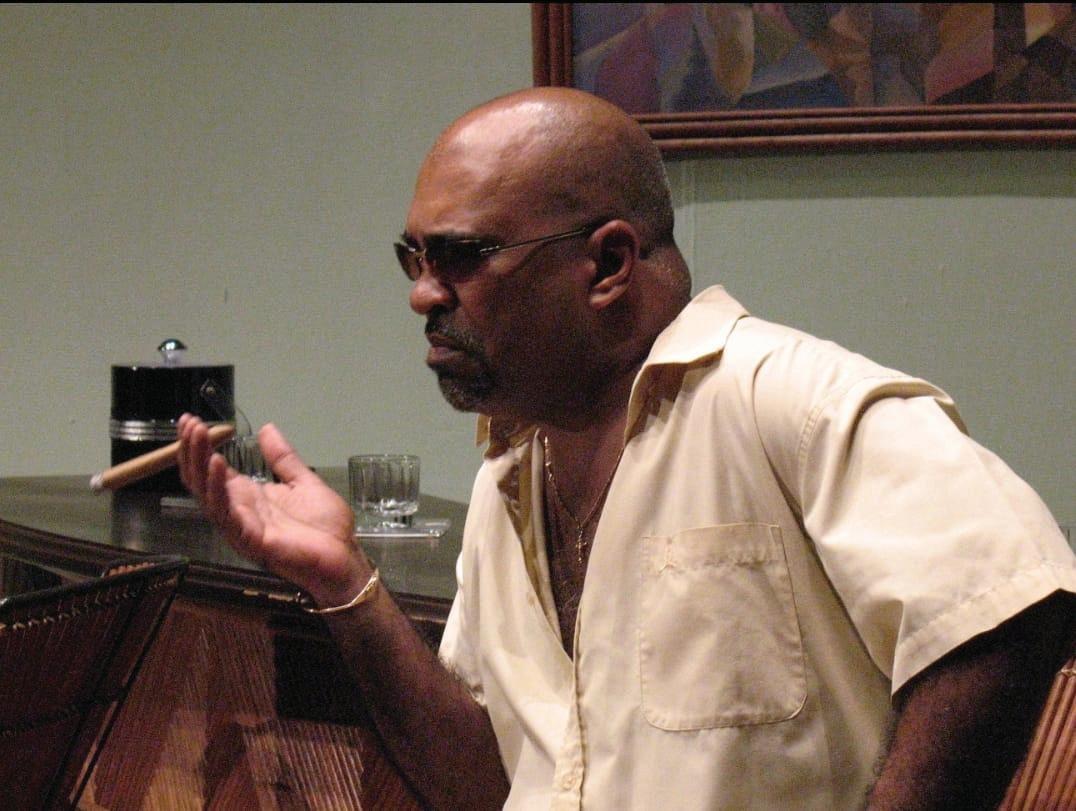

Early life
Born in Peter’s Hall village on the East Bank Demerara, Subhan then moved to the village of Craig, further up the East Bank in 1976. Though relocated, he continued to attend school in Peter’s Hall.
“I had a passion for cricket. I played a lot of cricket in high school at St. Joseph’s School,” Subhan shared about his hobbies as a young boy. According to him, he was deemed the fastest bowler in the team. “I had a colleague who ended up playing for the West Indians Cricket Team. It was everyone’s feeling that I should have been given a chance at playing at an international level, but like everything else, while playing the game, I sustained an injury to my back, and the doctor stopped me from playing the game for two years,” Subhan told Pepperpot.
According to him, he developed a passion for theatre by accident. Subhan explained that he grew up in a modest home
with his parents, and it was there he first developed a passion and love for Indian music and movies.
He recalled that while he was at school, a young teacher asked him to participate in a play for Phagwah, and that was the beginning of things to come theatre and drama-wise.
During the interview, Subhan noted that the play was a “disaster” but a landmark moment for the school as an Indian play at a catholic school. The students loved it and it encouraged diversity at the institution.
He continued his ambition by writing a skit for The Bishop’s High School during his time there.
Honing his craft Subhan told us that after he began his working career, he continued to write Indian plays for the entities in which he worked.
Because of his love for Indian movies and plays, he
frequently went to the National Cultural Centre to see an Indian play called Nitra Geet and it was there that he staged his first play.
“When I went to stage my play at the Cultural Centre, I was told that you have to book the Cultural Centre one year in advance to host a play the following year. So, I walked away very dejected and the then administrator, Daphne Rogers, she called me and said, ‘Come, son, I will give you a date to stage your play,’” Subhan said.
He noted that in those days, the Cultural Centre was very structured and required that a stage manager go through the script for approval. Subhan explained that eventually, his play was staged, and that set history in motion.
‘To stay in theatre, you have to have the passion’
“You see, you have to have a passion for the arts,” Subhan explained about his long relationship with theatre. “I had the passion. I may not have [it] today like years ago. Times have changed, and you cannot give up,” Subhan told the Pepperpot. According to him, the theatre industry has also taken a dip, but he urged those in theatre not to give up. He was quoted as saying that theatre has the power to change people, so those in drama school and the theatre guild must continue to hone their craft.
According to him, Government has a role to play in theatre in the exposure of a number of Guyanese artistes overseas, and to his mind, that is a really good thing.
Subhan is also a cultural activist serving as an executive member of the Indian Action Committee (IAC) since 2004 and was responsible for the promotion of mega Indo-Guyanese cultural events since 2018. He is also a graduate of the University of Guyana and the Thompson Foundation/BBC (Local).

Over the years, apart from his playwriting, Subhan has also acted in several plays, including ‘Brown Sugar Too Bitter for Me.’
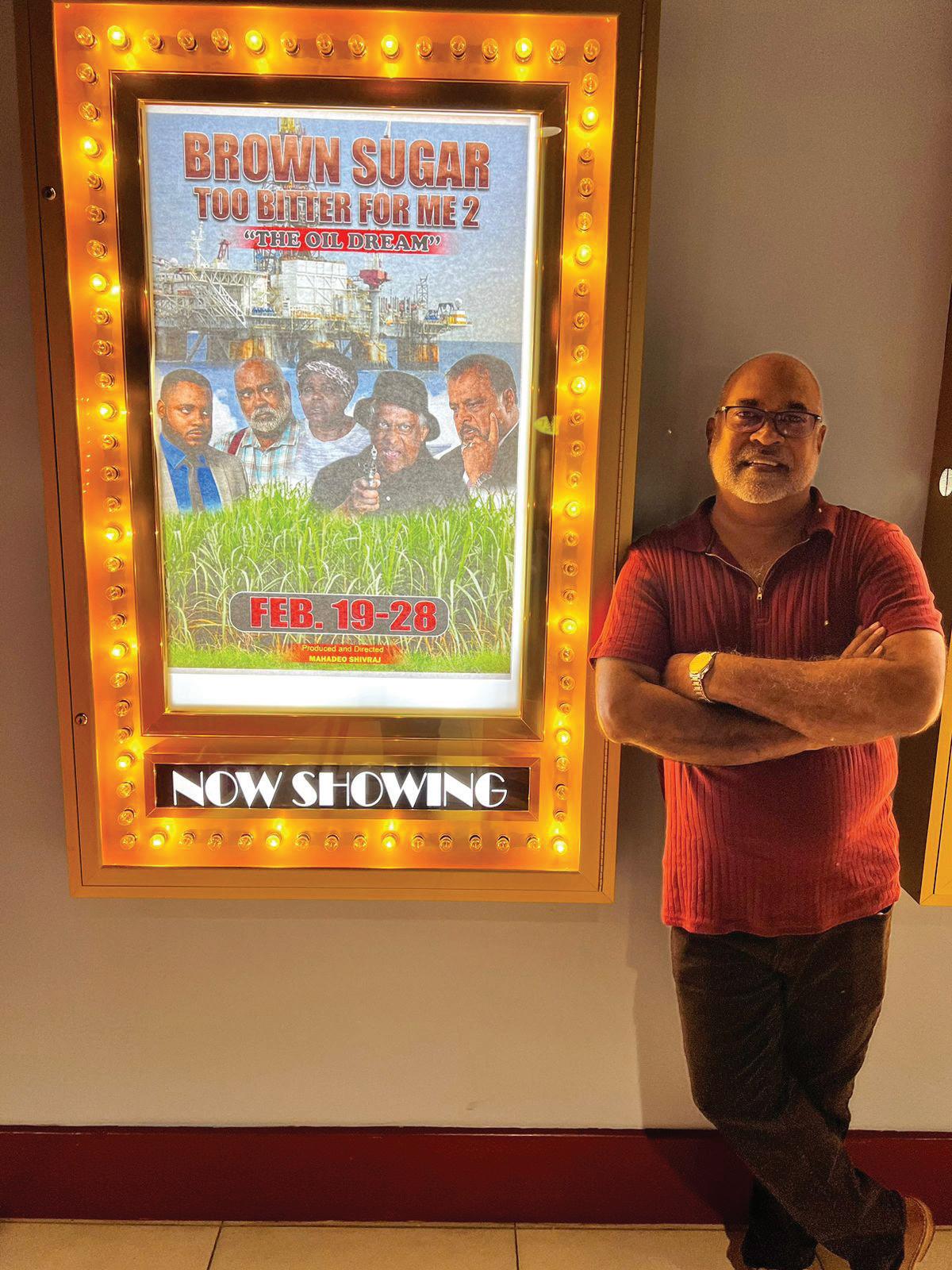
MANY moons ago – close to four decades – when Pamela Dillon was returning home from the United States, she wanted to start a small business. Being on a budget, though, she thought she’d put the cosmetology training she’d received in the States to good use. So with the few things in her suitcase necessary to start up, she opened a nail salon.
It couldn’t be a full-service salon initially, but that is just what it eventually turned into after some years. In fact, it became so trendy that once a major event was happening in town, that’s where everyone would be.
Dillon had no idea that her little salon would lead her to something so much bigger that 40 years later, she’d be helping the girls, only in a different capacity - teaching cosmetology, pageant coaching, and producing pageant shows.
“My experience with pageantry came as a side benefit to being a cosmetologist. At about 38 years old, I found myself with a nail salon in Guyana, and it was trending, so a lot of people ended up coming to the salon. If there was anything major happening in town, they all came to have nails done. Pageantry was no exception. People who were entering pageants had to get nails and facials and there I was,”
Dillon recalled in an interview with Pepperpot Magazine.
Being able to help the girls in this way made her feel that she could definitely play a bigger role in the beauty business. “I thought I could make a contribution, and I came up with Miss Guyana Talented Teen pageant in 2000,” she shared.
While running the ‘Fantasy Nails’ salon some 40 years ago, Dillon started her pageant
business under the name ‘Simpli Royal’, which is quite popu - lar around the Caribbean. Having sent out 23 girls to
compete and represent Guyana overseas, Simpli Royal brought six crowns home.
According to Dillon, her path has always been to help girls be beautiful, and to express beauty in the way they put themselves together and showcase. And it is always a rewarding experience to see the results that come from helping them.
“Rewards come when you look at a young lady that has evolved, that represents and that has been a success in her career path. When you think of who they were when they came in and how much work you had to do, and how they have grown; that’s very rewarding.”
Dillon also does private pageant coaching and aims to help persons individually. To her, it’s a matter of “looking at personalities in front of you.” She observed that there’s no perfect beauty queen, “but you can help a young lady be her best based on what she’s bringing to the table and your honesty and expertise.”
She recalls working with a young
lady who was shy and introverted even though she had all of the outward features needed for a beauty queen. “I coached her and she was able to go out and represent us. That is the key to being a good pageant coach: work-
ing with one personality at a time.”
Dillon observed that Guyanese women are fortunate to come from a multi-cultured society. “We have six beautiful races. We have so much to boast and so much to talk about. We will always make for an interesting ambassador. What we have to do is prepare relentlessly; we have to be competitive,” she advised.

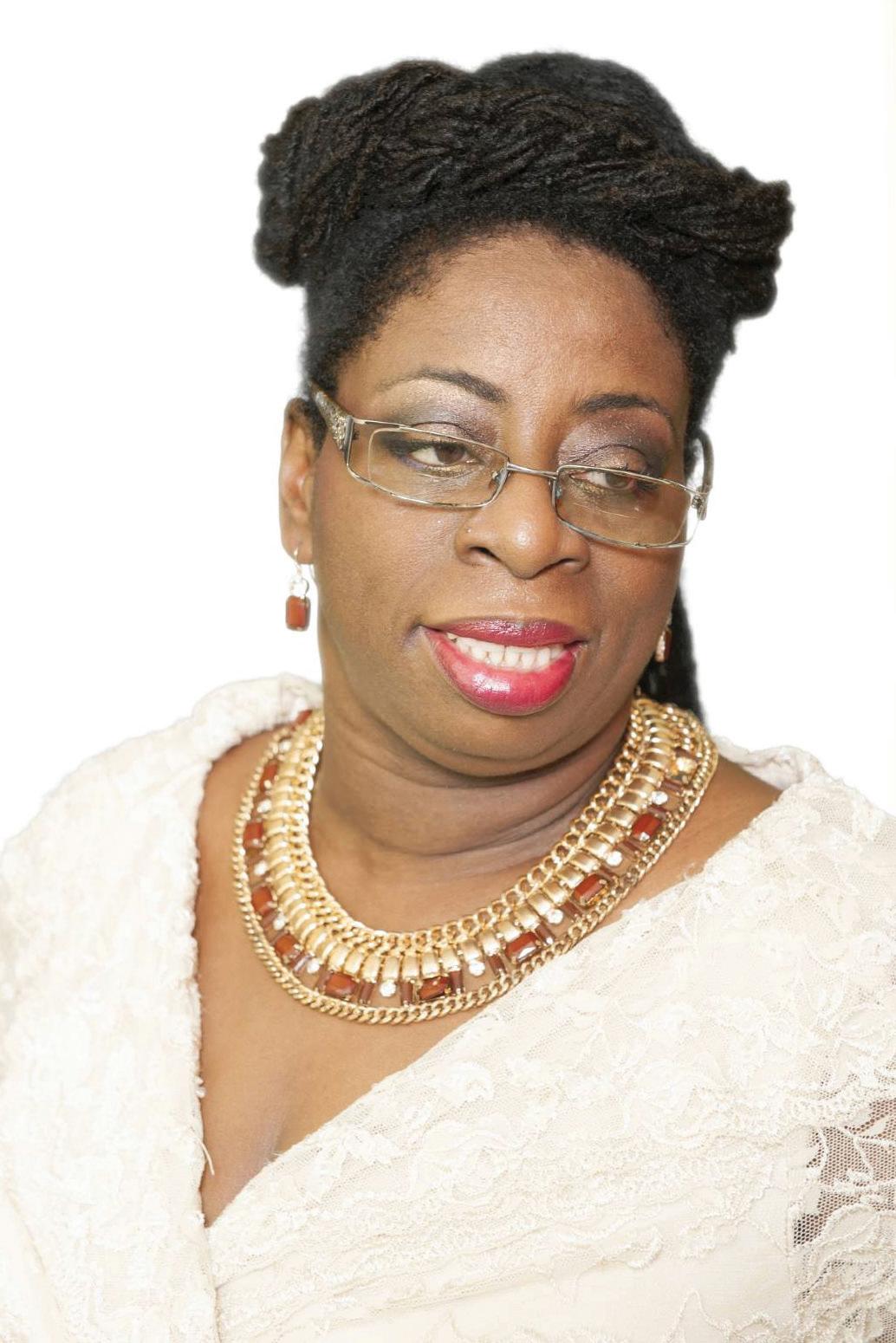
When she started the
‘Talented Teen’ pageant, Dillon said that was the only teen pageant at the time. Today, though, there are many other pageants that persons can participate in. “Now is the best time,” she urged.

Just recently, Simpli Royal produced the 2023 edition of the ‘Miss Mash Queen Guyana’, which has been around intermittently for almost three decades.

UNITY Backdam Village, East Coast Demerara is located just over one mile in from the main public road.
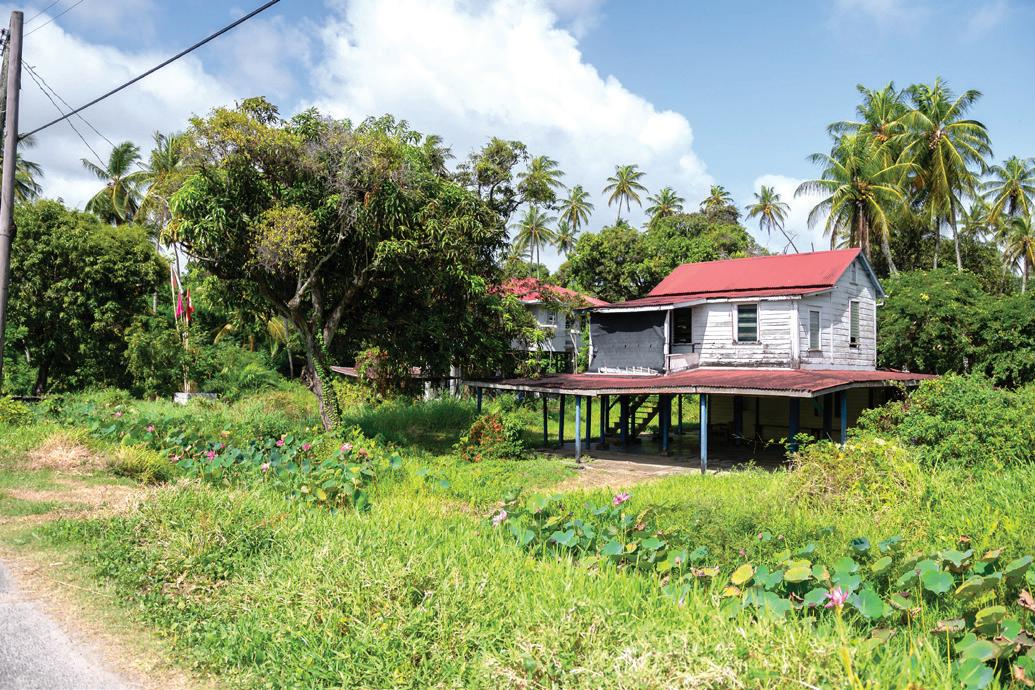
It is a little community and everything is accessed from other villages and also KK Gas Station is just at the rear of the community, on the main public road.
Unity Backdam is a farming village, and the residents depend on it heavily as their only source of income and there are a few persons, who
they plant a variety of cash crops including, seasonings such as celery, married man pork, fine thyme, eshallot and peppers.
There are about 40 houses with just about 200 people residing at Unity Backdam Village including, many children.
There is no public transportation system in that community; as such, the locals, who do not have vehicles have to travel via taxis which
work outside the village.
It is a quiet, breezy place which is set way down the backlands and it is surrounded by a lot of trees and greenery; as such, it is birding paradise and a place where other animals dwell.
Aback of the village is a rice field and savannah area and all the lands there are privately-owned and it is a very safe place to live and earn since crime is practically unheard of.



The villagers are hospitable and very welcoming and they are down-toearth good people, who are very hardworking and
is $400 per person one-way.
The agriculturally-based village produces a lot of food; some is sold to wholesale buyers while some is taken to the markets.
Unity Backdam has electricity, potable water supply, landline phones, internet and good cellular phone reception.
The mud dam, which was the access road, was upgraded about 15 years ago to an all-weather one-vehicle road. It significantly improved the lives of the residents since they faced many hardships getting their produce out
of the village during rainy season.
The village has both modern houses, as well as colonial-styled wooden houses which have withstood the test of time and seasons and are still well preserved in good condition.
Unity Backdam is an eerily quiet place with little to no noise and the people live in unity and tranquillity and enjoy the calmness of the environment which is often punctuated by the chirping of birds and the buzzing of bush bees.
Unity Backdam is located between Beehive and Mahaica and is set deep
down in the backlands area, ideal for a quiet farming lifestyle.
The people’s way of life is very simple and they are everyday working folk, who work the land they reside on
to earn as farmers.
The lands are fertile in Unity Backdam Village and it is the ideal place to grow crops and at the rear of that village there is a large coconut estate with some of


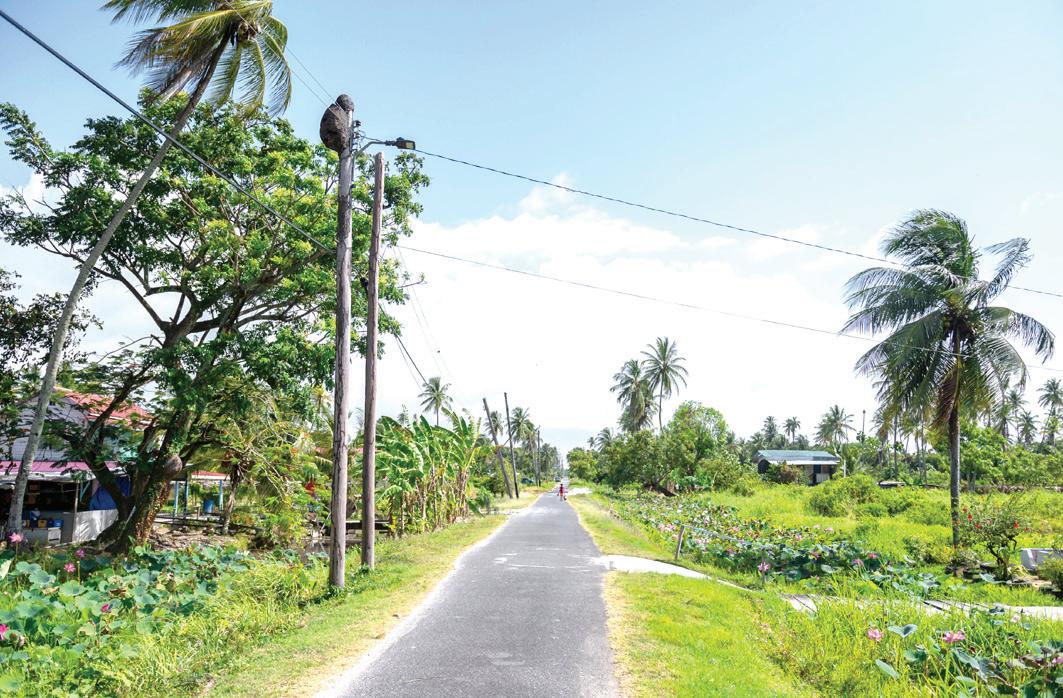
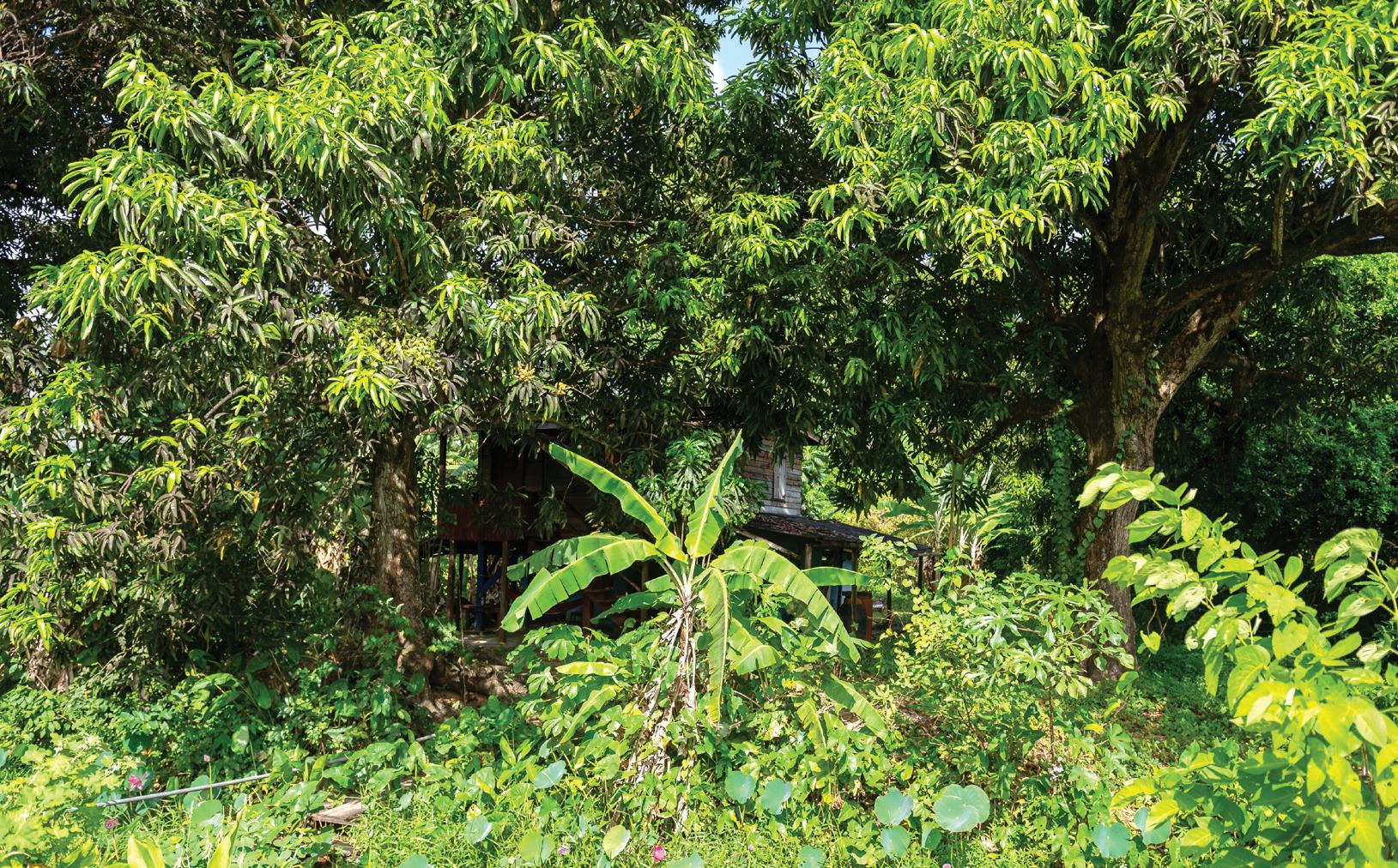
the biggest coconuts and a greenhouse with crops. The villagers rear their own chickens, goats, sheep, ducks and they have pets like dogs, cats, macaws and parrots.

 By Michel Outridge
By Michel Outridge
Sheriff Gaznabbi is a resident of Unity Backdam, East Coast Demerara and a rice and cash crop farmer. He is responsible for the productive inter-cropping of coconuts through climate-smart agriculture via his three-acre coconut estate at the edge of the community.
Gaznabbi reported that his shade house was a funded project at the cost of $1M and it was funded by the European Union (EU) and he has also partnered with four other agencies to promote farming.
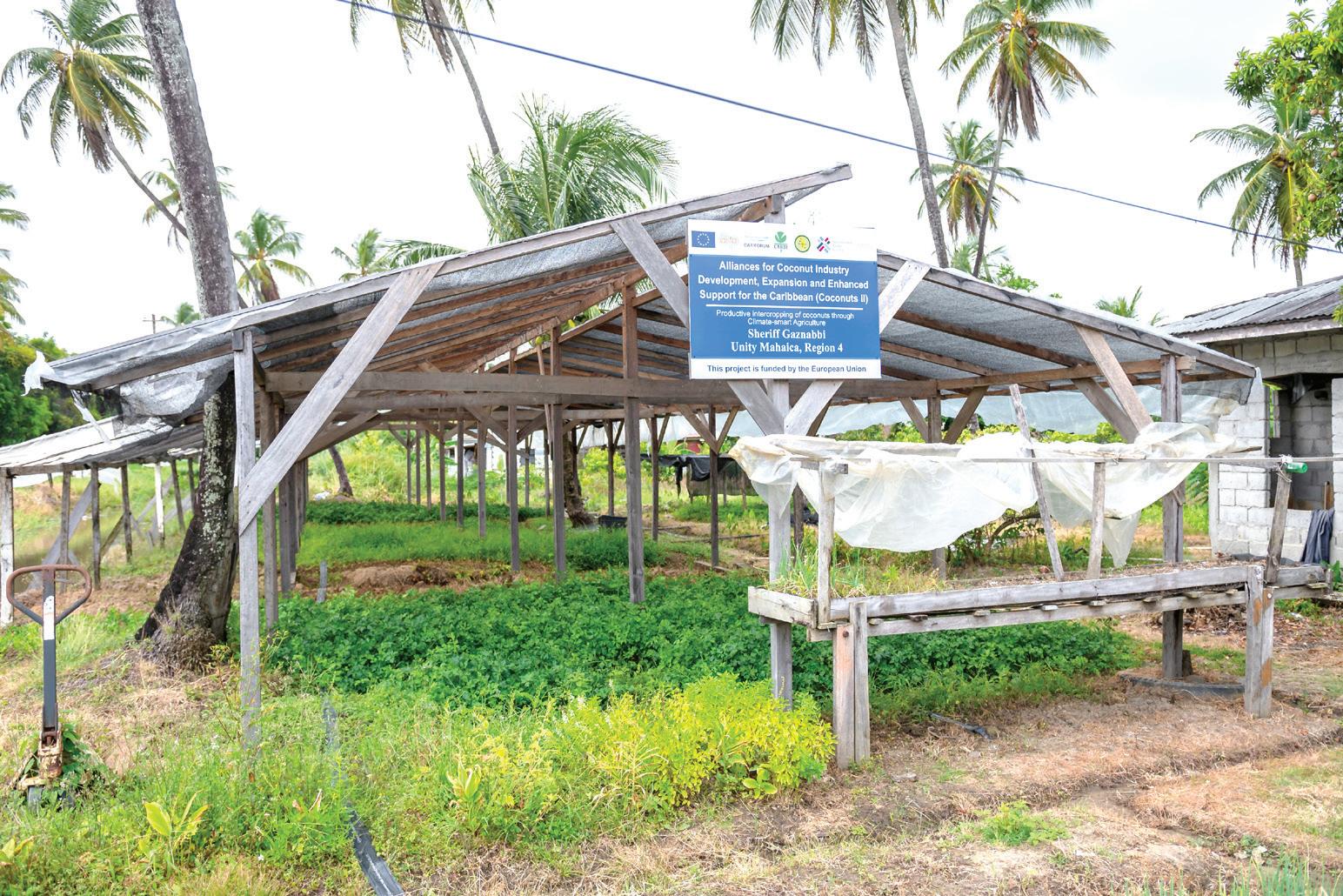
He told the Pepperpot Magazine that apart from his crops of five-year coconuts, some of the biggest coconuts I have ever seen, he has celery, peppers among others.
a steady supplier of 20,000 coconuts and at times to keep his customers, he would have
challenges.
This farmer heads the Alliances for Coconut Industry Development, Expansion and Enhanced Support for the Caribbean (Coconuts 11) project at his home and farm in Unity Backdam.

Darshan Tullaram, the cash crop farmer
and has her own house next door while his
Doreen Mohamed Osman is a pleasant resident of Unity Backdam. She was making a spicy fish curry on an outdoor stove when the team visited that day and had already completed household chores.
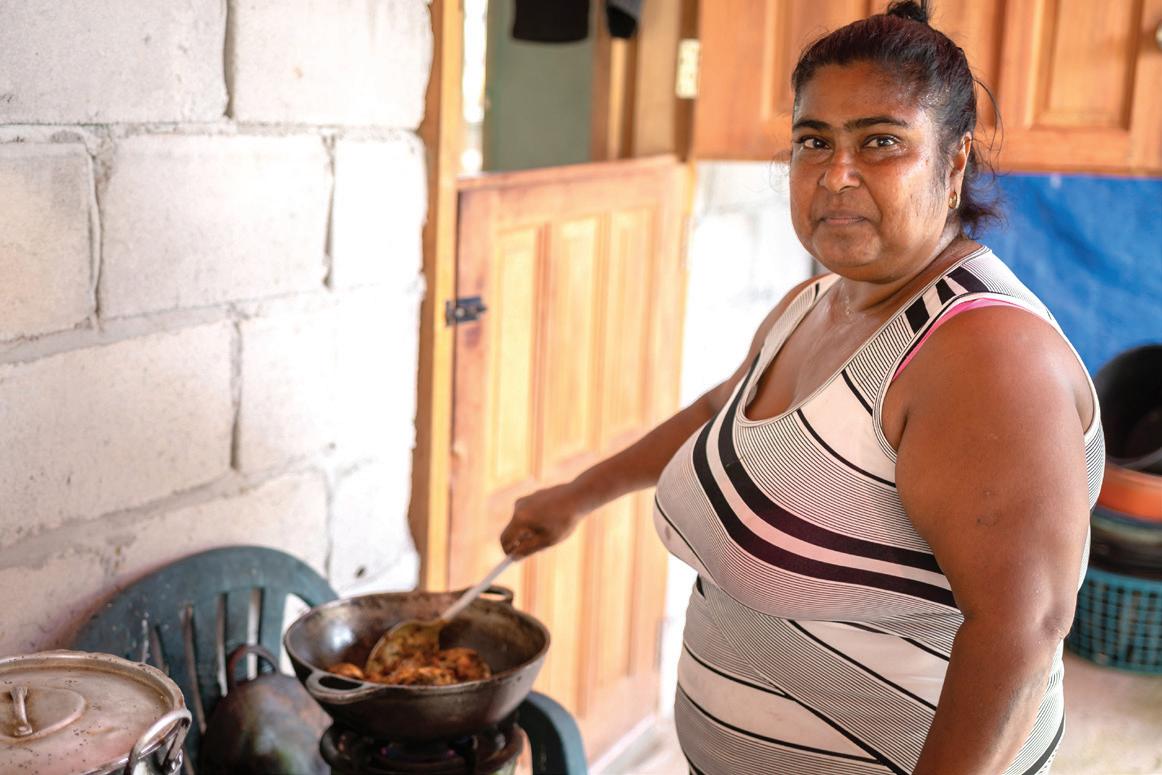
Gaznabbi added that three years ago, he was asked to be a part of the agricultural project and he had to recommend 10 persons, also farmers, which he did.
He explained that he is
to purchase coconuts to meet the demand.
Gaznabbi is a rice farmer who cultivates his crops in Branch Road, Mahaicony but hasn’t had a good harvest since last year due to
Meanwhile, Darshan Tullaram is also a farmer, and he cultivates his backyard with crops of celery, callaloo and other seasonings such as fine thyme, married man pork and peppers.

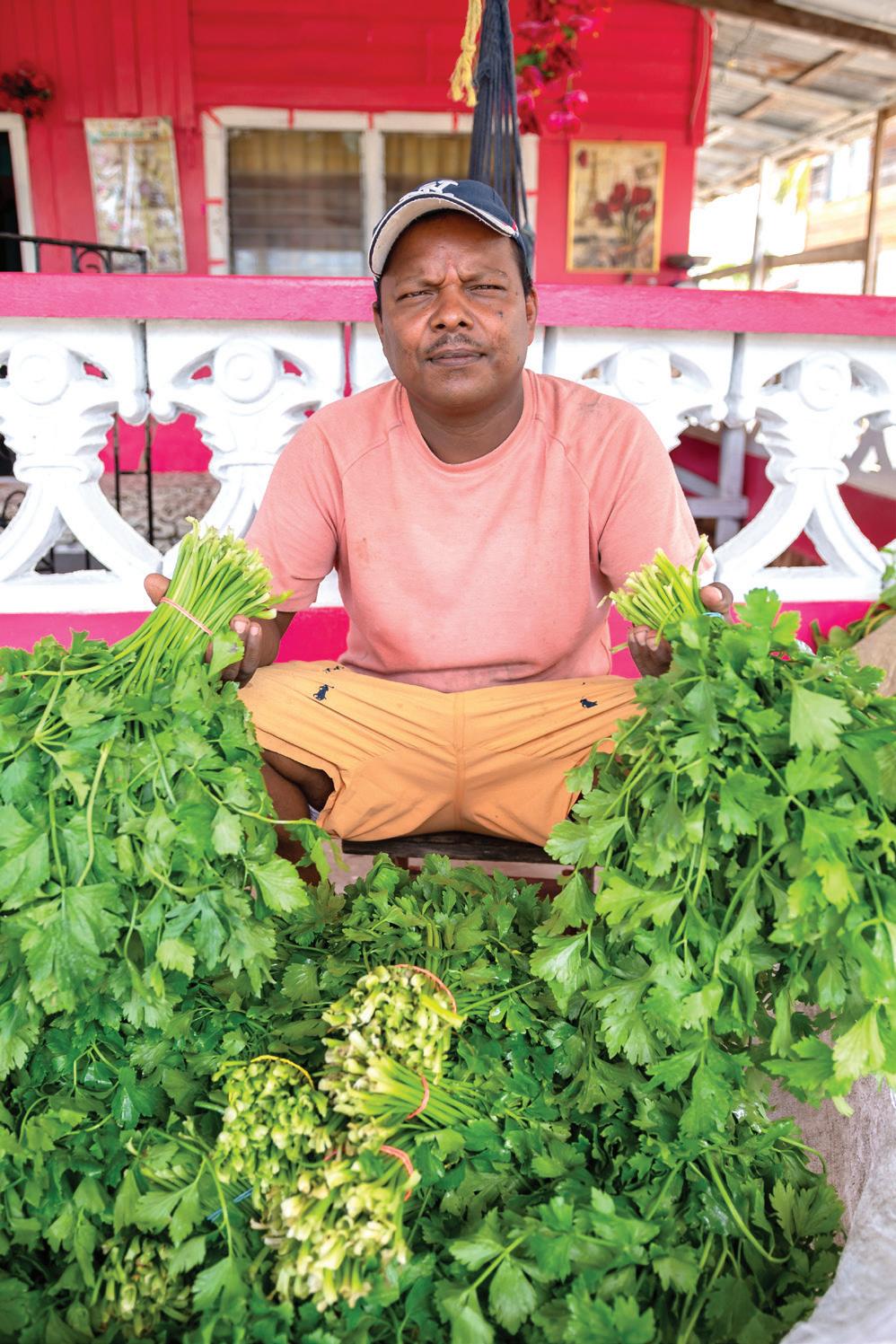
The father of three told the Pepperpot Magazine that he has been living in the village for the past 30 years and his only daughter is married
sons are at home with him, but they would leave the community for work.
He inherited his father’s place when he passed away and he was also a farmer.
Tullaram added that he would mostly whole his produce to wholesale buyers and at times would go to Bourda market to sell.
The farmer related that the place is nice, the neighbours are similarly nice, and they live in harmony with no bickering or issues.
Tullaram is a large-scale celery farmer and presently he has 23 banks with an additional 14 banks of small ones.
The 48-year-old told the Pepperpot Magazine that she supports her husband, who is a farmer and they grow crops of seasonings and vegetables of which they sell to wholesalers.
In addition, to farming, Osman is also rearing some layers and they have a very simple way of life which entails hard work.
She stated that when she completes all the work, they will go for a drive before returning home that day which was a national holiday, Easter Monday.
“I like it here because it is very quiet and it is ideal for us since we have the space needed to farm and earn,” she said.
Osman reported that she is from the roadside of the same village and married 25 years ago and began living in Unity Backdam, which has become her home.
The job of being a housewife never ends and for Bissondi Anand of Unity Backdam, East Coast Demerara, the day goes on with never-ending tasksof cooking, cleaning and doing whatever is necessary to keep a clean and happy home.
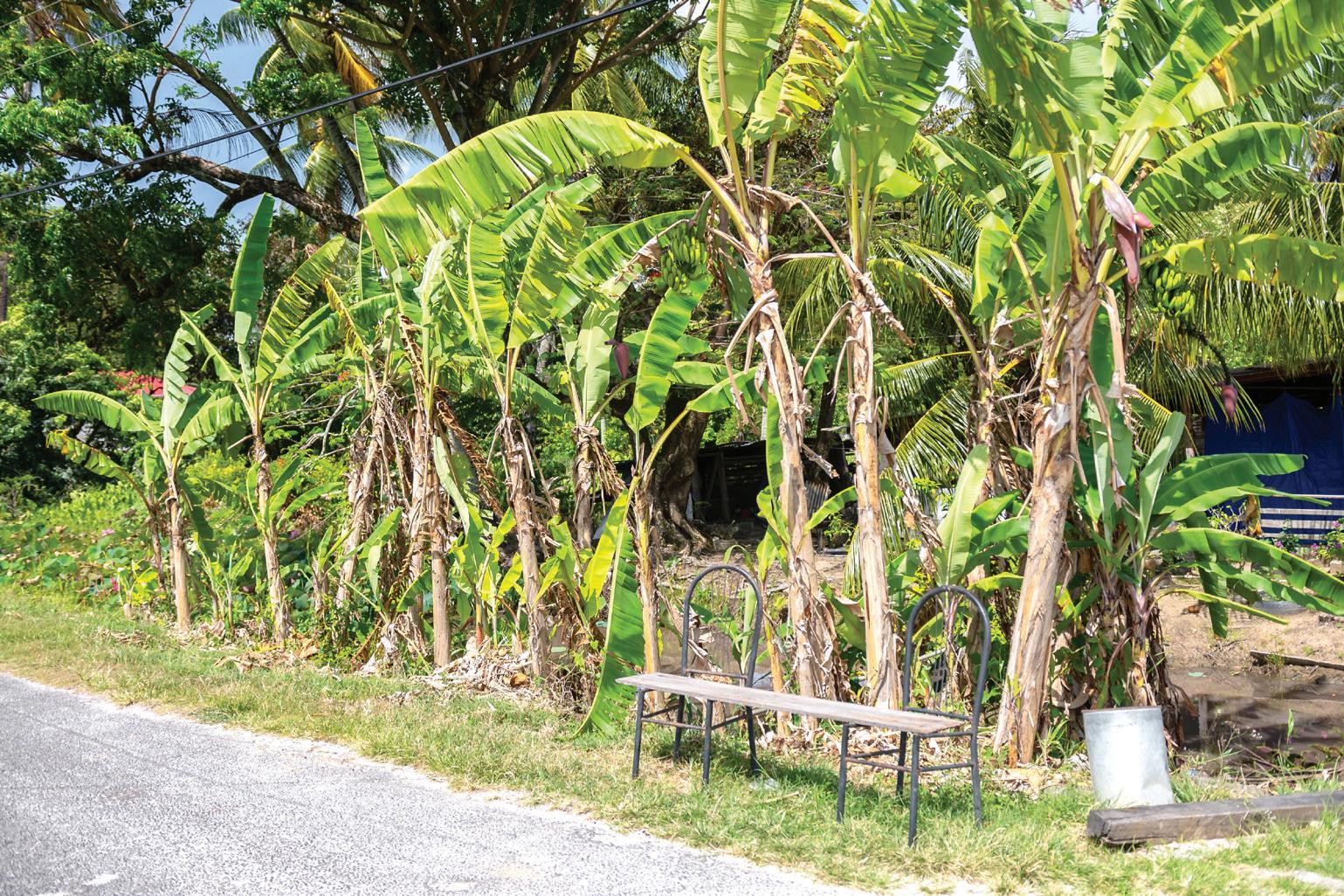
The 56-year-old told the Pepperpot Magazine that life is quiet and full of hard work in the small community, but even as is, it is rewarding because they have to keep at it to earn.
Her husband is a farmer, and they also rear chickens, ducks and goats plus, they have three pets, a dog, a parrot and a cat, who pretty
much is always with Anand like a shadow.
The mother of three related that the day starts very early and usually ends whenever the work is done and it is time for bed.
Anand added that Unity Backdam is a very peaceful and quiet place to settle and the people especially those living at the rear of the village, are all related by blood and her two sons live in the same community.
“There is nothing to be afraid of here and we have no thieves so it is very safe and we don’t have to lock up nothing,” she said.
Anand stated that her husband does the farming on a full-time basis, that is,
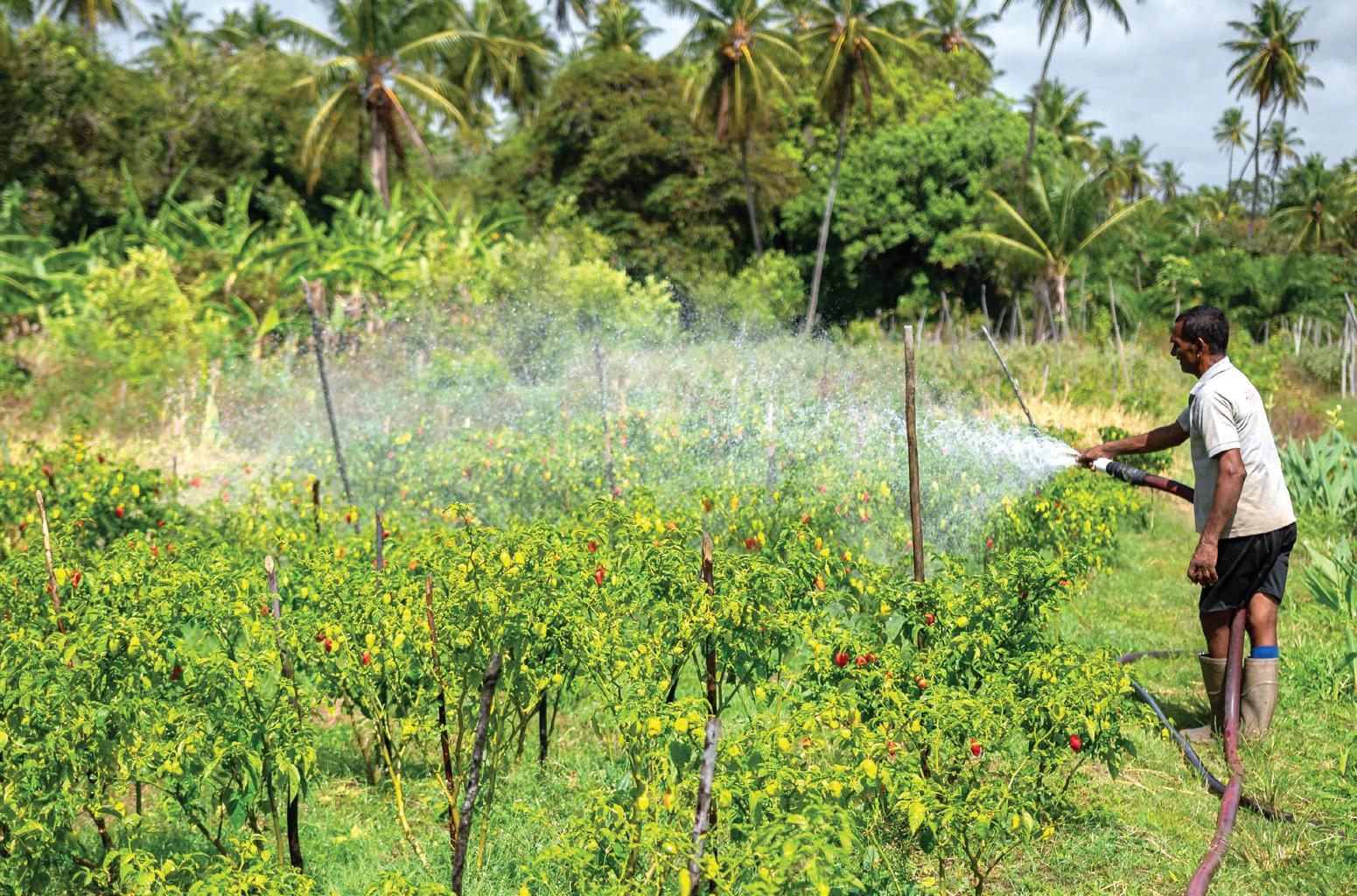
every day and they would sell the produce to wholesale buyers since they do not go to markets to sell.
She is from the other side of the village, that is, David Rose Housing Scheme and her spouse, Roopram Goordial, is a native of Unity Backdam, so she settled there after marriage.
On that day, when the team visited, it was Easter Monday, and she had already finished cooking and was waiting to assist her husband in tying some vegetables before going for an outing at Unity Beach.
Anand explained that they hardly go anywhere and only venture out when necessary to get supplies.
She is the grandmother
tables and chairs to recline a bit after a long day of hard work.
Their farm is behind their house and they have a bit of yard space which is utilised for other plants and flowers.
Outside there is a wooden bench by some trees which is used for sitting in the afternoon to watch the happenings and of course the sunset.
“I like it here and it is quite a clam place to reside and my pet, the three-yearold Susie is everywhere with me so when I finish picking the flowers to go upstairs to the altar to pray, to do my daily devotion and if I don’t see her, I would say ‘you coming?’ and she would appear out of nowhere and go with me by the altar to pray and it is a routine we develop over time,” Anand said.
Bissondi Anand in her hammock at her home in Unity Backdam (Delano Williams photos)
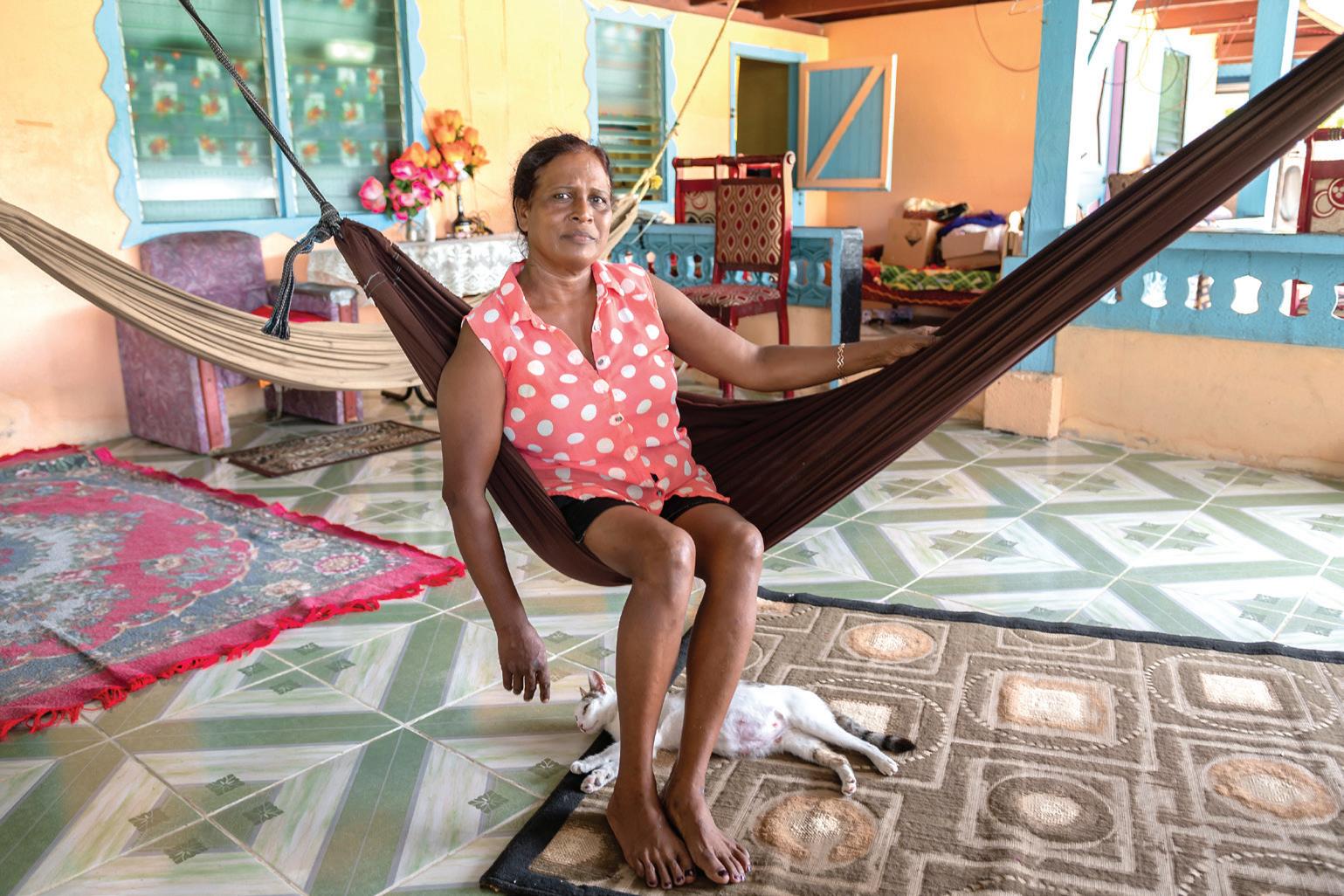
home of Renuka Narine, who married and started living in Unity Backdam and she is the mother of two.

ed that she was busy in the kitchen preparing food to take to Unity Beach that day to spend Easter Monday with the family, a custom they have over the years.
originally from Enterprise, also on the East Coast De merara. Following marriage, 11 years ago she settled in
The liming spot, in front of the yard
of five and her only daughter resides abroad while, her sons live a few houses away.
Anand keeps a nice clean home and her surroundings is equally tidy and she has a lovely home with three hammocks to relax and adequate
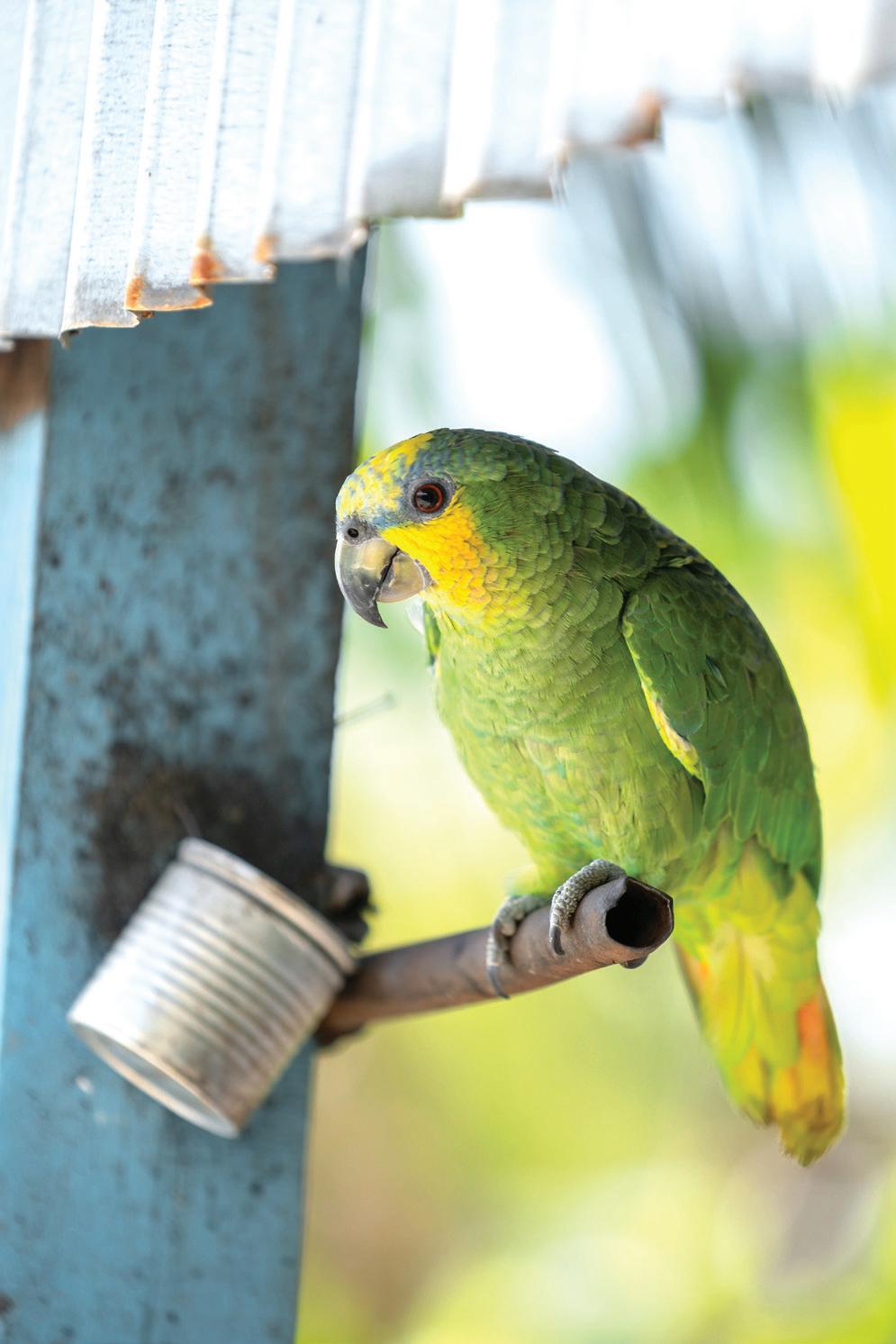
the village, a place she has grown to love and the quietness appeals to her.

The meal was cook-uprice with barbeque chicken and some beverages.
“I would visit Enterprise, my home village and after some time I would feel homesick and want to return to Unity Backdam for the quiet stillness of the place and it is so calming
not being awakened from your deep sleep by noise form engines and all sorts of machines like in other villages,’ she said.
Just like any other resident of Unity Backdam Village, East Coast Demerara, Subrina Singh is trying to earn.
The 35-year-old told the Pepperpot Magazine that she had bought the fish in bulk a few days before and had pre-prepared the fish by cleaning it properly and seasoned it overnight.
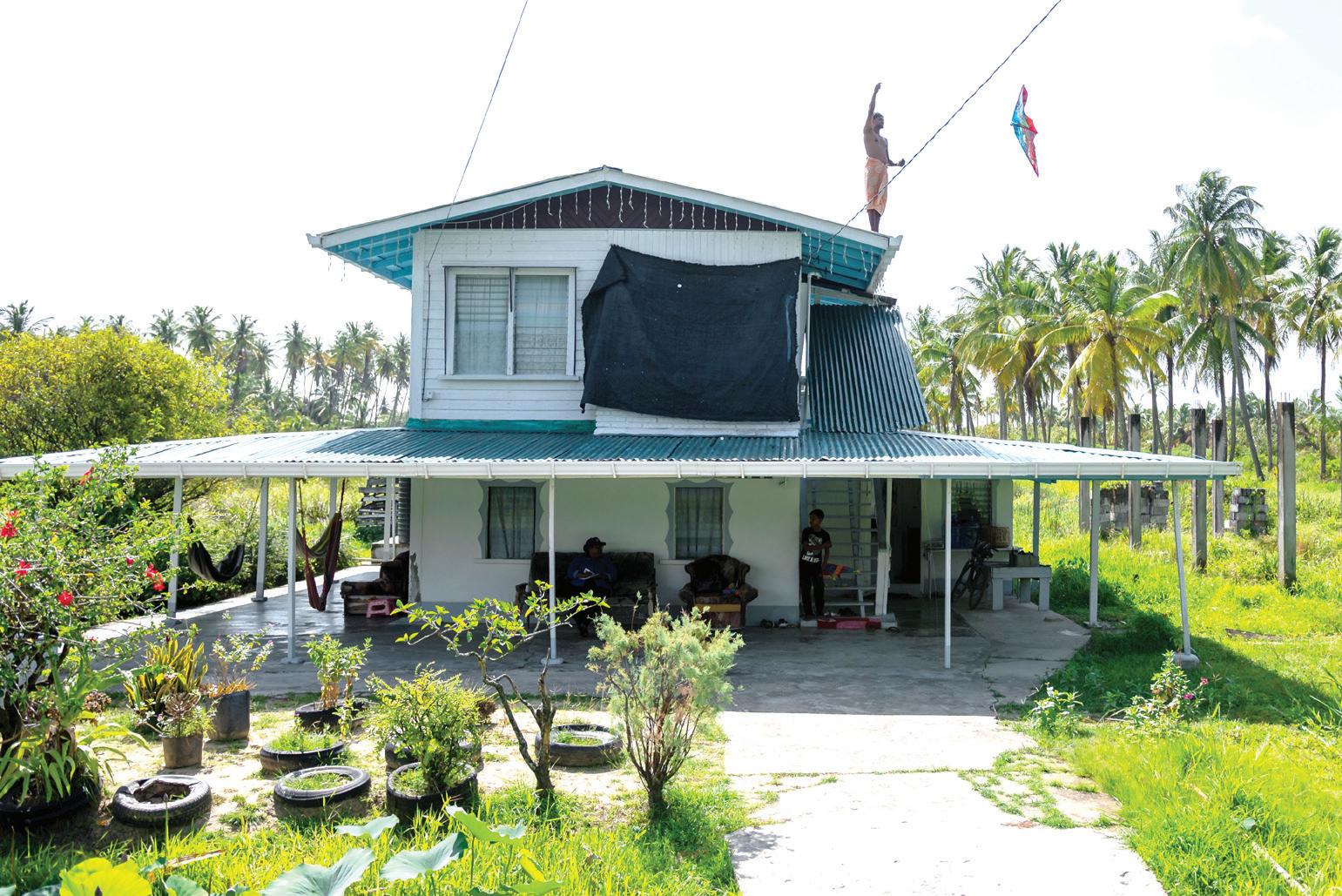
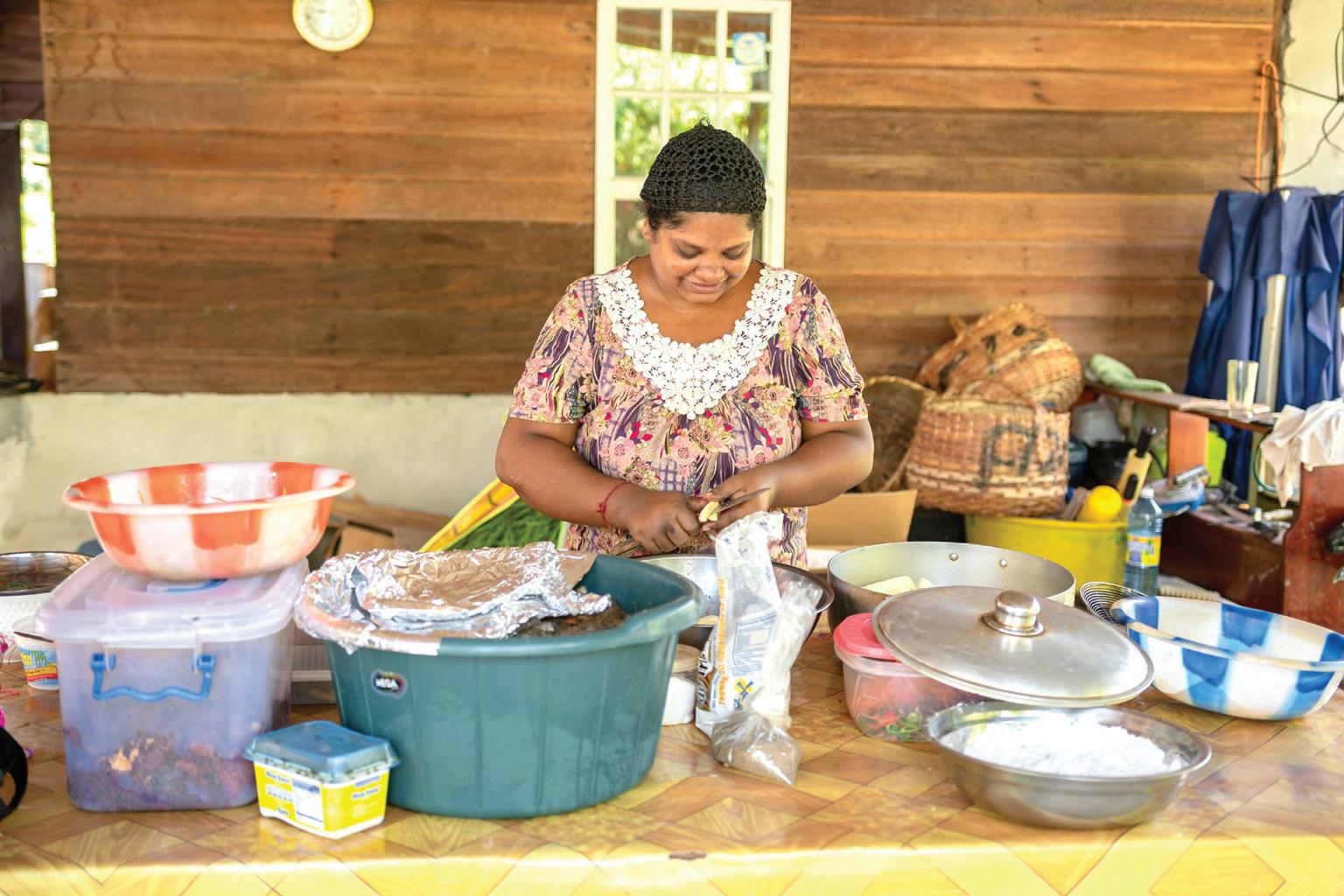
On Easter Monday, she gathered things for the outdoor fireside and had the cooking oil going on a hot fire as she was preparing orders of fish and chips for customers.
Singh stated that it was her first time doing something like that she was is of the hope she will succeed and maybe if all goes well, she will do the same the next year.
“I am a farmer and I also rear some chickens to earn and right now every dollar counts because I am building my own house right in the village,” she said.
Singh resides in an extended family setting and she is a very friendly and pleasant person, who is a
go-getter.
Gaitre Singh, the greens vendor
Next door is the aunt of Subrina Singh, who is a greens vendor at Plaisance Market, also on the East Coast Demerara.
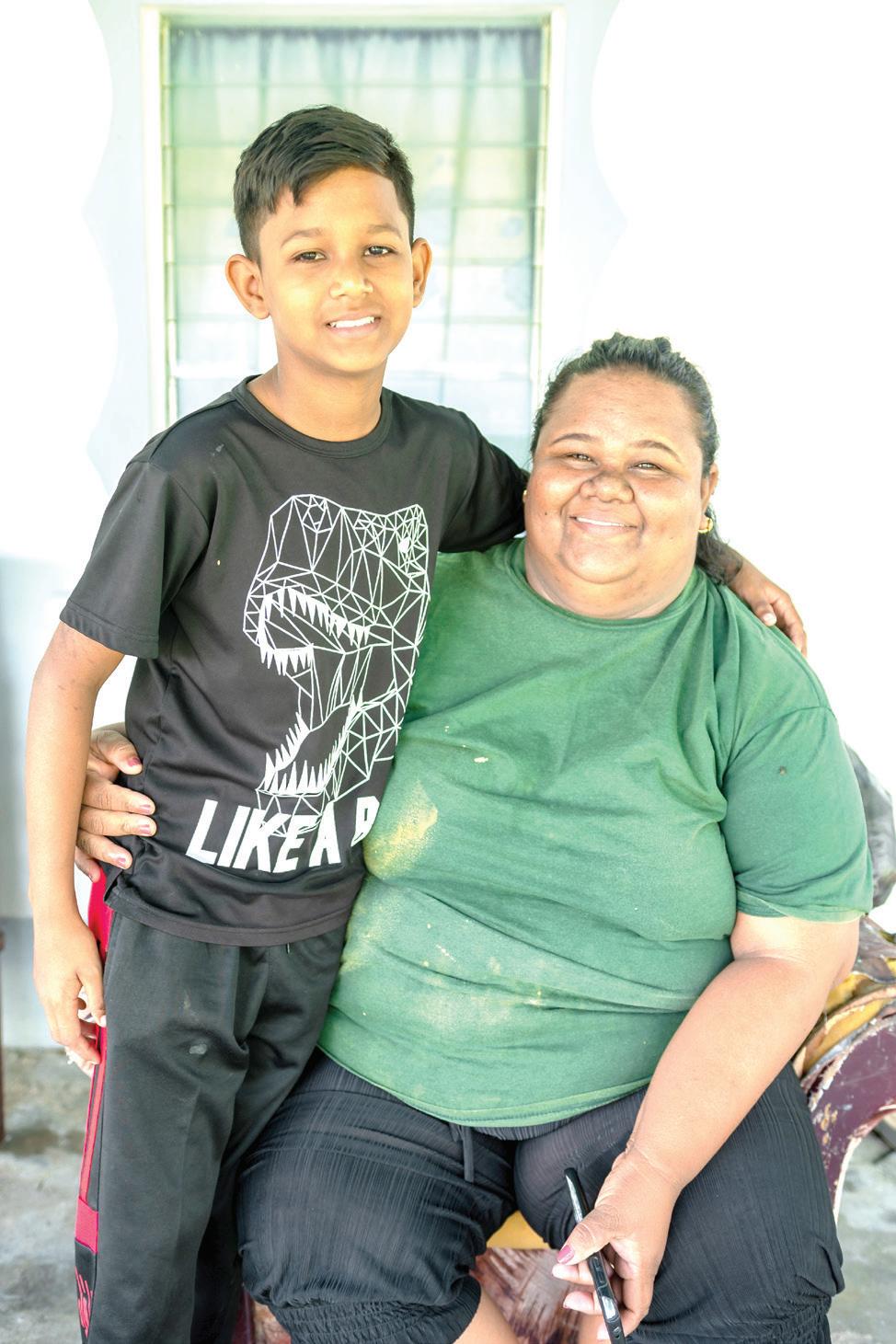
The 56-year-old told the Pepperpot Magazine that she would buy bulk vegetables from a framer in Cane Grove and she would sell only on weekends.
She is the mother of two and her husband passed away 22 years ago.
Her daughter is married and living elsewhere while her son is residing with her.
Singh related that she is from Unity Backdam Village but was living further up the road while, her current location is her husband’s place.
“I like it here, a peaceful, quiet village, the people are good and there aren’t any disturbances,” she said.
Annette Ramnarain is the mother of four and a fruit and greens vendorwho resides in the upper flat of her mother-in-law’s house in Unity Backdam Village.
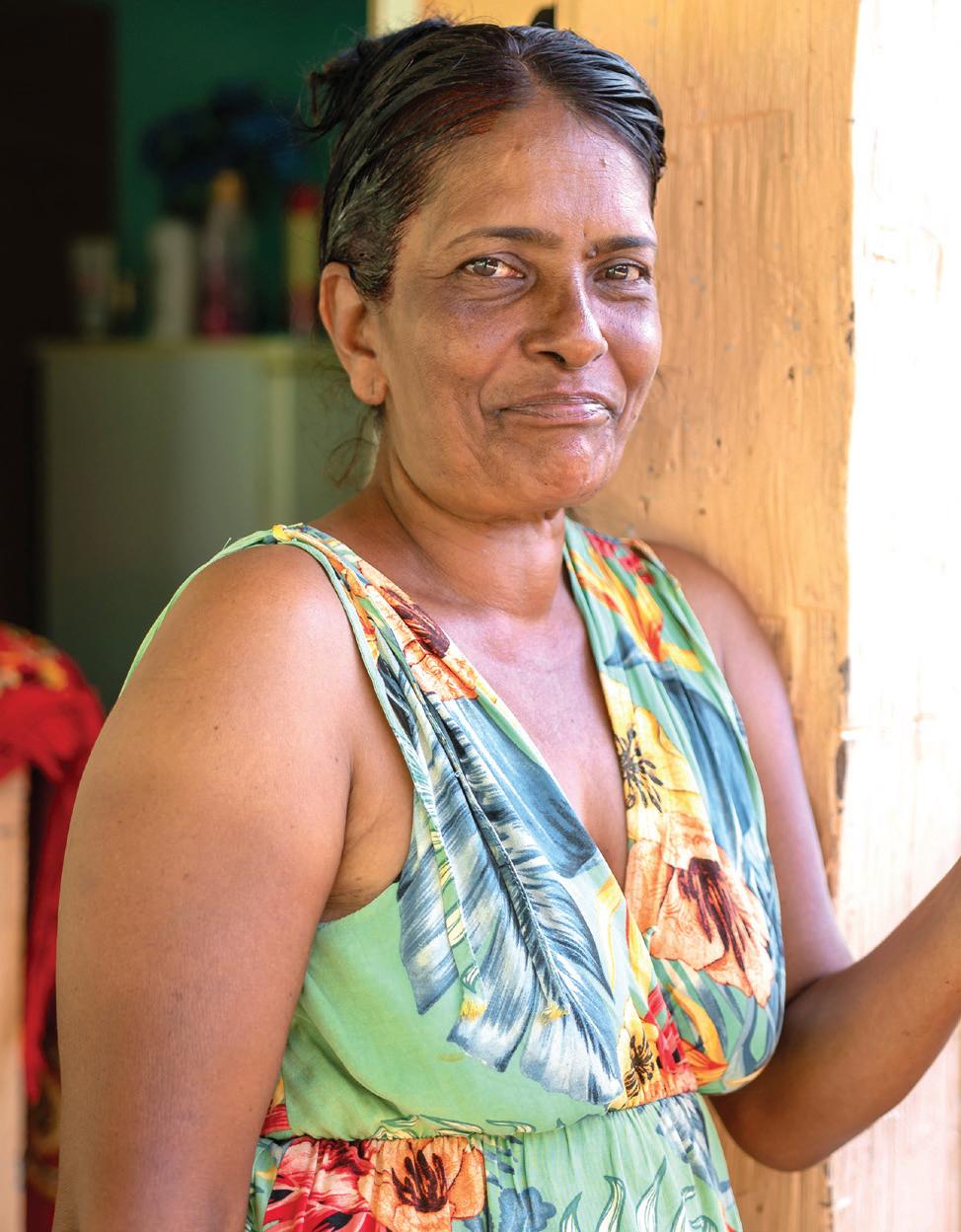
She is originally from Mahaica and following marriage 20 years ago she relocated to Unity Backdam.
Ramnarain sells at Bourda Market, a few days per week and sometimes they cultivate crops to sell whenever the weather is favourable.

Meanwhile, in this village there are a few elders. One is 77-year-old Bisson Datt, who is a farmer.
He has been living in the village for the past 40 years and he lives alone in an old
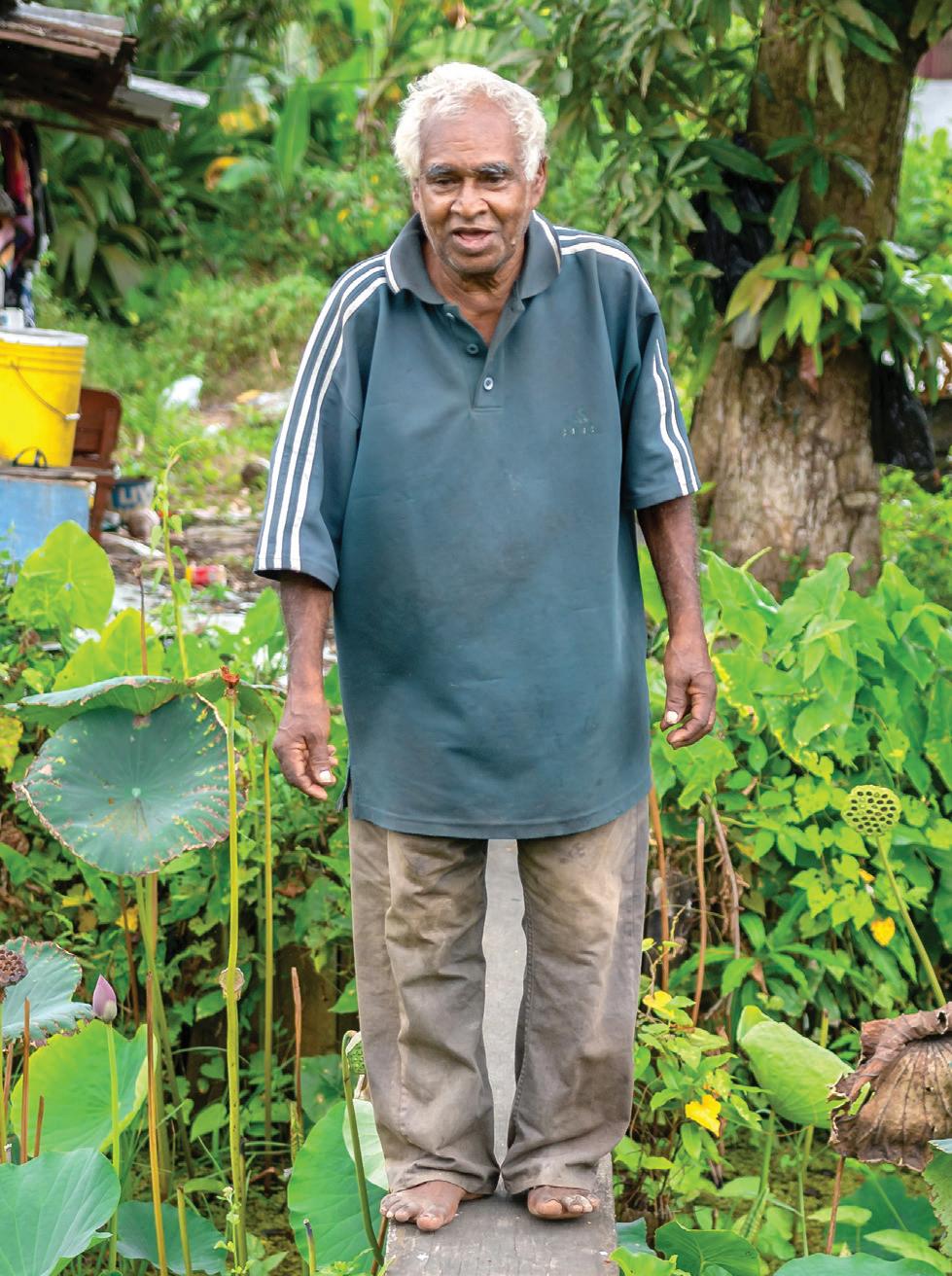
house which he says is his brother’s.
Datt is physically challenged and he is unable to work but would do odd jobs to earn given his physical condition, he is a bit slower than others and people would tend to under pay him.
He is unmarried and has no children and he would depend on a friend in the village for food which he would re-heat and eat.
Cooking is a difficult task for him and he doesn’t have much except for his bicycle, his prized possession.
Further down the road, is the home of Lakeram Bissoonath, a farmer, who also resides alone and he is 81 years old.
He works daily in the farm in his backyard and finds it a tall task to prepare meals daily since he does his gardening almost all day.
Bissoonath is the father of six and his wife passed away 16 years ago and his son, who lives in the same village would check on him every day.
He has three cats and those are his company while, his dog provides security for the home and yard.
YVONNE Jaggernath is a resident of Unity Backdam, East Coast Demerara and she is very happy to be in good health. She is a farmer who has lived all her life in the community. She resides in the village’s last house and is a


regular jolly person who survived being sick and bedridden for eight months.
The 73-year-old told the Pepperpot Magazine that she is the mother of six and only one of her children with two grandchildren reside with her since the others are married and leading their lives elsewhere.
Jaggernath added that she is a native of Unity Backdam and the house she lives in now was once her aunt’s but she bought it years ago.
The elder cultivates a plot of land just at the side of her house and her backyard with pigeon peas, bora, tomatoes, peppers, including bird pepper (one of the biggest trees I have ever
seen), wiri wiri peppers, corilla, squash and fine thyme.
Jaggernath explained that she had multiple illnesses and she became bed ridden after she was hospitalised and she thought she would not have been able to walk again.
But, thanks to the home care she received, she is on her feet once again and she is very grateful for the support of her children, who took time to care for her.
“I was only eating liquid soups, black tea with bread and biscuits for eight months and I am happy I can walk and do things for myself. I like to plant and being able to tend to my garden is what I desire the most,’ she said.
The resident of Unity Backdam added that the village is a nice quiet place to live and there is simply no fuss and the people are easy-going and go about their daily routines normally.

Jaggernath reported that she would spend the day watering her plants daily, mornings and afternoons, and she would take a rest in the outdoor hammock after breakfast and try to do whatever is needed.
“I don’t like to sit idly
by, I like to do things and I am accustomed to hard work because I have been farming all my life and making achars and pepper sauce to sell,’ she said.
Her husband was also a farmer; collectively, they sold their produce at markets, fetching it out on their heads in baskets via the mud dam before they had good road, but he died 13 years ago.
Today, even though she doesn’t always make the pepper sauce and achars, she has passed down the recipe to her daughter, who would make it from scratch and sell it to various markets across the country.
Jaggernath told the Pepperpot Magazine that they would make tamarind, ‘soury’, mango, golden apple achars and lime with bird pepper sauce for sale after bottling the product.
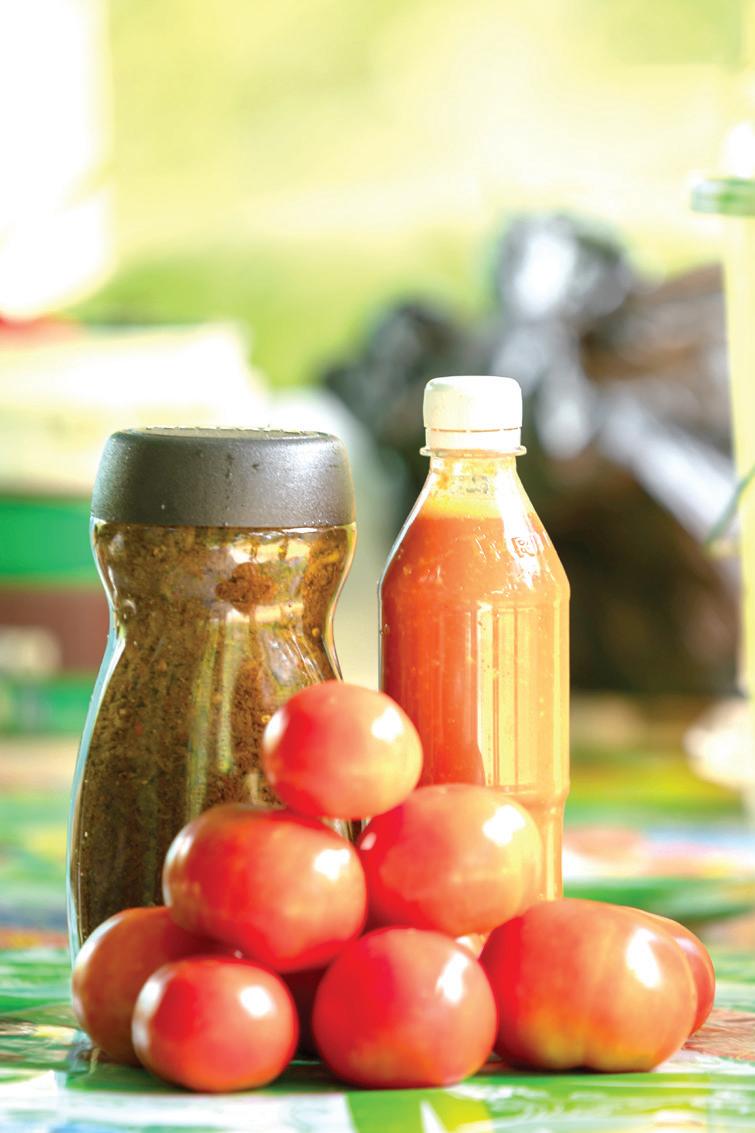
“I like it here. This is my home, it’s not noisy and at times the neighbours would play a bit of music but not too
SEE PAGE XIV

EARTH Day is an annual event dedicated to raising awareness, and inspiring action to tackle our planet’s various environmental challenges. This day is also a time to celebrate those who have taken significant action to help the environment, and marks the anniversary of the modern environmental movement in 1970. Earth Day 1970 would come to provide a voice to this emerging environmental consciousness, and put environmental concerns on the front page in the United States of America. Since then, Earth Day has become a global celebration,
with stakeholders of all backgrounds coming together to advance sustainability and climate action in commemoration of the event.
Our world needs transformation. It’s time for the people of the world to hold governments and the private sector accountable for their role in our environmental crisis, while also calling for bold, creative, and innovative solutions. This will require action at all levels; from business and investment, to the city and national government.
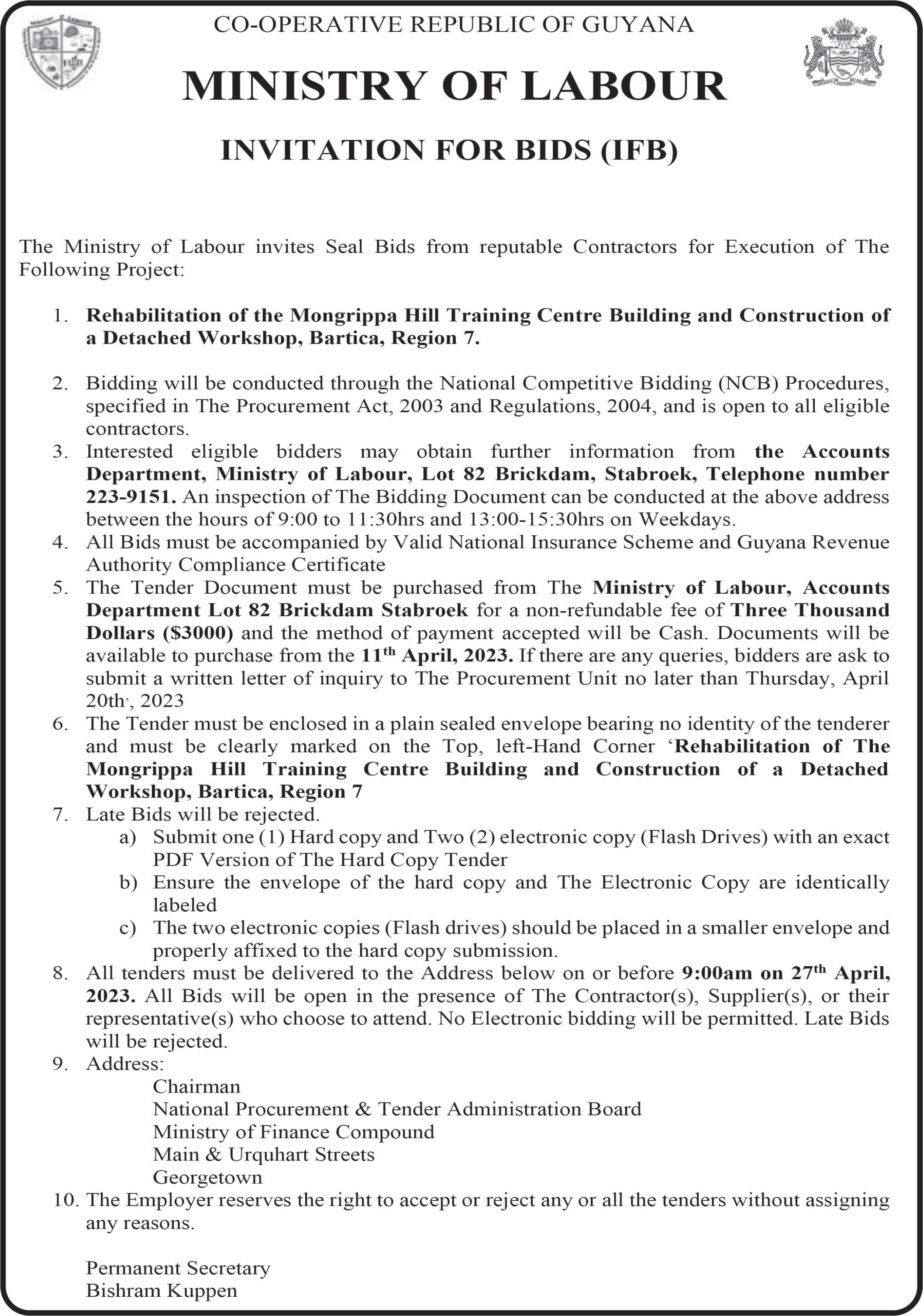
This year, we rally behind the theme, “Invest In Our Planet”, highlighting the importance of dedicating our time, resources, and energy to solving climate change and other environmental issues. Investing in our planet is necessary to protect it, and the best way to pave a path towards a prosperous future. When we Invest In Our Planet together, we are supporting healthy, happy, and wealthy communities, worldwide.
Whether it’s your time, efforts, or financial resources, there are many ways to invest in our planet.
How can we celebrate Earth Day 2023?
Earth Day is celebrated in many ways across the world. Here are some ideas for how to celebrate Earth Day:
* Volunteer: Millions of people will participate in Earth Day, and it is hoped that many will volunteer to improve their living environments. This could involve anything, from cleaning up litter to helping plant new trees.
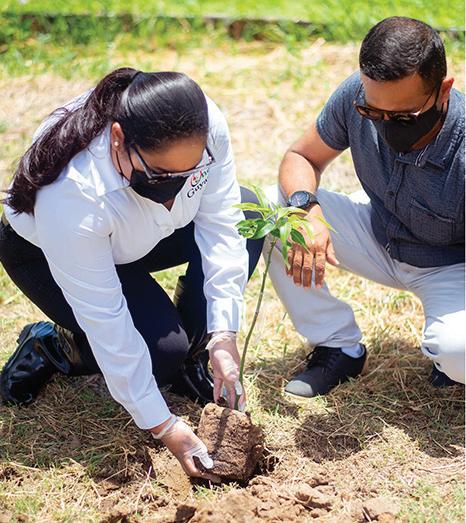
* Be an artist for the Earth: Creating art can play a huge part in capturing the public’s imagination, and helping to spread the message of environmental urgency.
* Focus on education: Only by focusing on the next generation can the environmental

IF you’re a sports enthusiast, an avid follower of the news or someone well-acquainted with the Guyanese side of social media, then you must already know that the young Guyanese contingent bagged eight medals at the recently concluded 50th CARIFTA Games in the Bahamas.
And if you know that, you likely saw so many personsathletes included- expressing their dissatisfaction with the management of that contingent.
But let’s talk about it.
The team copped three gold, two silver, and three bronze. Over at the CARIFTA swimming championships, held in Curaçao, Raekwon Noel copped another five gold medals.
Though I wish the only thing we would be talking about is the athletes’ success and how much more we need to continue supporting them, and others like them, a huge part of the CARIFTA conversation must include the management of the team.
The News Room, which attended the games in the Bahamas, was the first to report that the Guyana-based athletes on the CARIFTA Track and Field team would arrive late to the Bahamas and miss some of the preliminary rounds of the games because of visa issues (due to late applications) and flight challenges.
And that did happen. Some athletes indeed missed their preliminary rounds but were able to run against the clock for a chance to make the semifinals of their events still.
Regardless, the fact remains that those athletes should never have been placed in such a position. I believe any reasonable person could accept that they should have arrived in the Bahamas at least one day before the start of the games to guarantee that they were well-rested and able to perform at peak.
That was not the case for many of the competing Guyanese youth.
The poor organisation on the part of the Athletics Association of Guyana (AAG), the body tasked with organising the athletes’ participation at the games, was apparent. And it comes as no surprise that many expressed dismay and/ or disappointment over the AAG’s role in all that transpired.
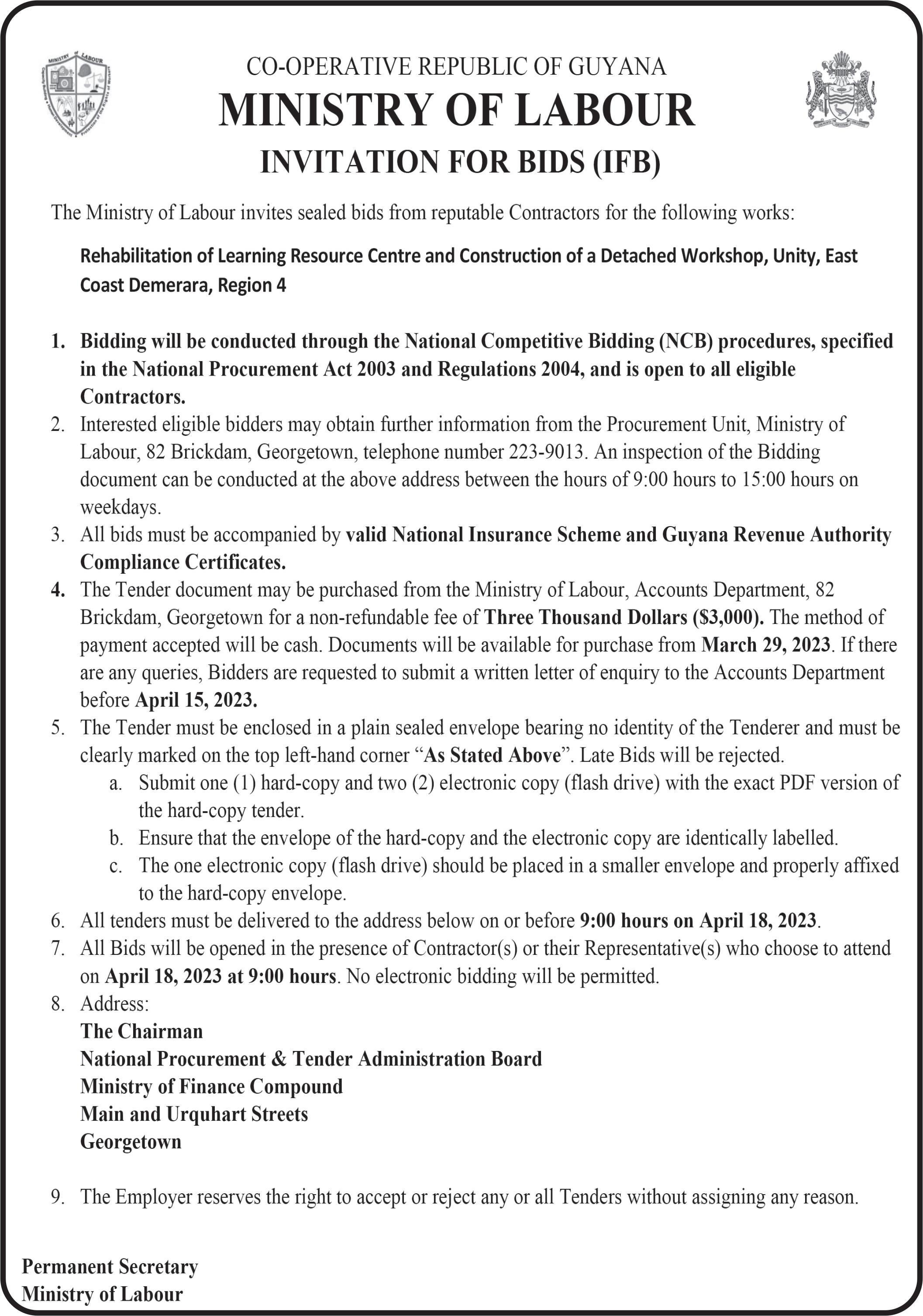
Thankfully, the Ministry of Culture, Youth and Sport stepped in to fund the safe return of the athletes. Still, one wonders why all stakeholders weren’t integrally involved in all aspects of this sojourn. And if they were, what went wrong?
There is an apparent interest in developing sports- from building new stadiums and facilities nationwide to starting new grassroots programmes and investing in youth development. I am sure these gains will help make the sport more accessible to more youth and help nurture the talent and skills right here in Guyana.
Still, what happened at the CARIFTA Games follows other recent concerns raised about the development of the sport locally. And that means that we must pay greater attention to the very serious issues that are raised.
At last year’s South American Games, boxer Keevin Allicock needed urgent medical attention but was slow to get that. Youth powerlifter Dominic Tyrell missed out on international championships, though he was positive he could beat the junior world record because of lack of sponsorship. And earlier this month, the national hockey coaches complained that the Under-21 male and female teams were unable to practise on an artificial turf, as they would compete on at this month’s Junior Pan-American Championships in Barbados because Guyana does not have such a turf for the athletes- though requests have been made for years.
We have to do better to support our athletes. We can all agree that all improvements won’t come overnight, but Guyanese athletes deserve a lot more credit, support, and investments than what we currently give them because they show up and show out consistently, even when faced with
enormous setbacks. And I think we have to acknowledge and appreciate the apparent challenges before us.
Next year the games will be held in Grenada. One hopes that our athletes competing then and in other sporting events anywhere else would at least get the support they deserve for
dedicating themselves to the noble pursuit of representing Guyana.
If you would like to discuss this column or any of my previous writings, please feel free to contact me via email: vish14ragobeer@gmail.com

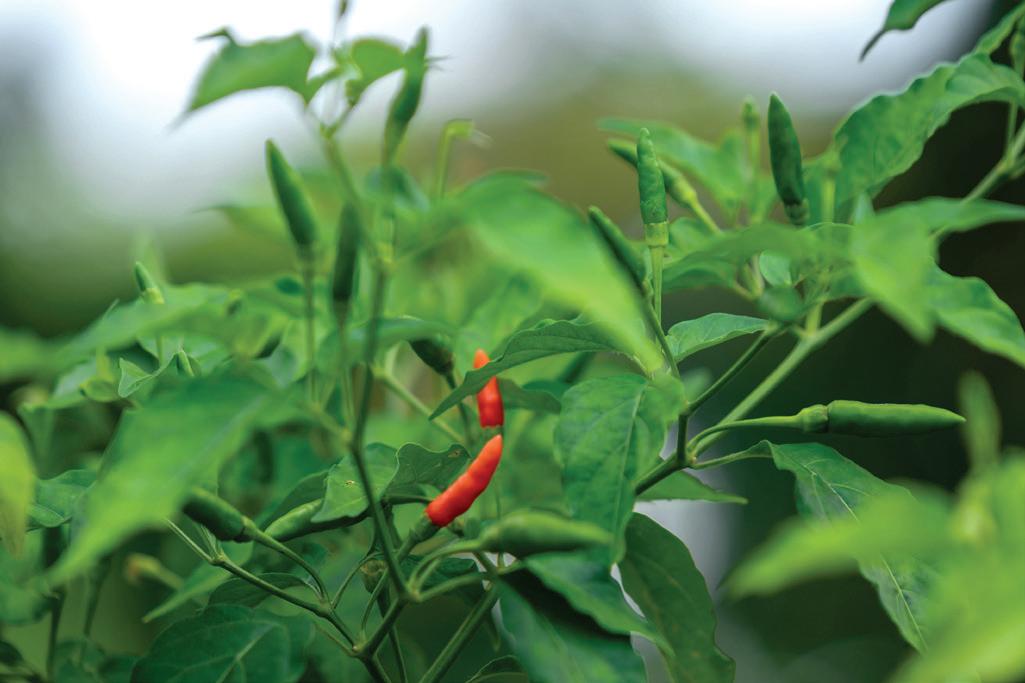
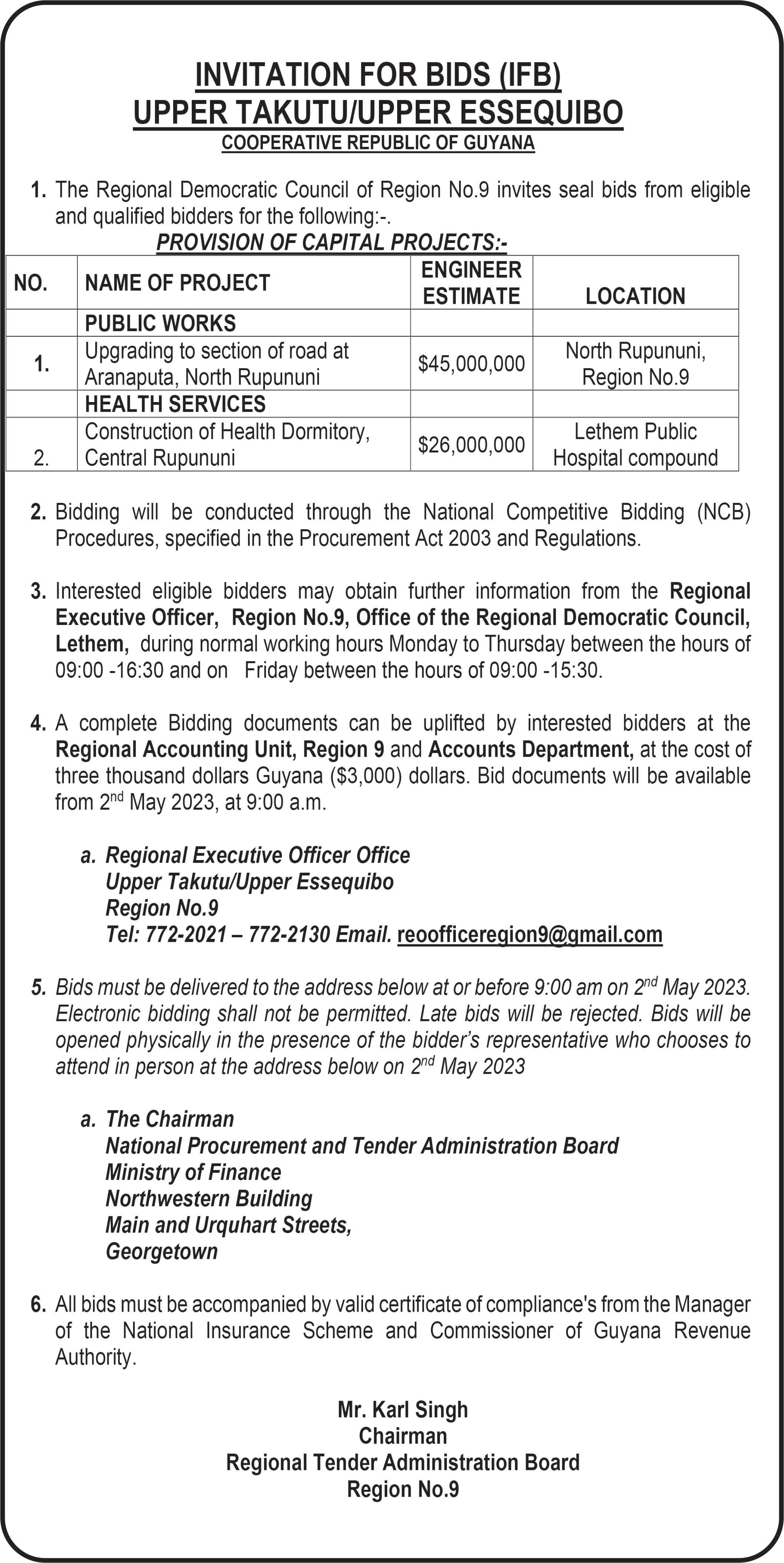
loud and it is just a good place to be,” she said. The villager reported that there is hardly any crime in the community which is not very big and with only one road there are no strangers and it is a very safe place to raise a family. Unity Backdam is a lovely place set in a forest-like environment and it is a green village that produces a lot of food for markets and wholesale huskers.
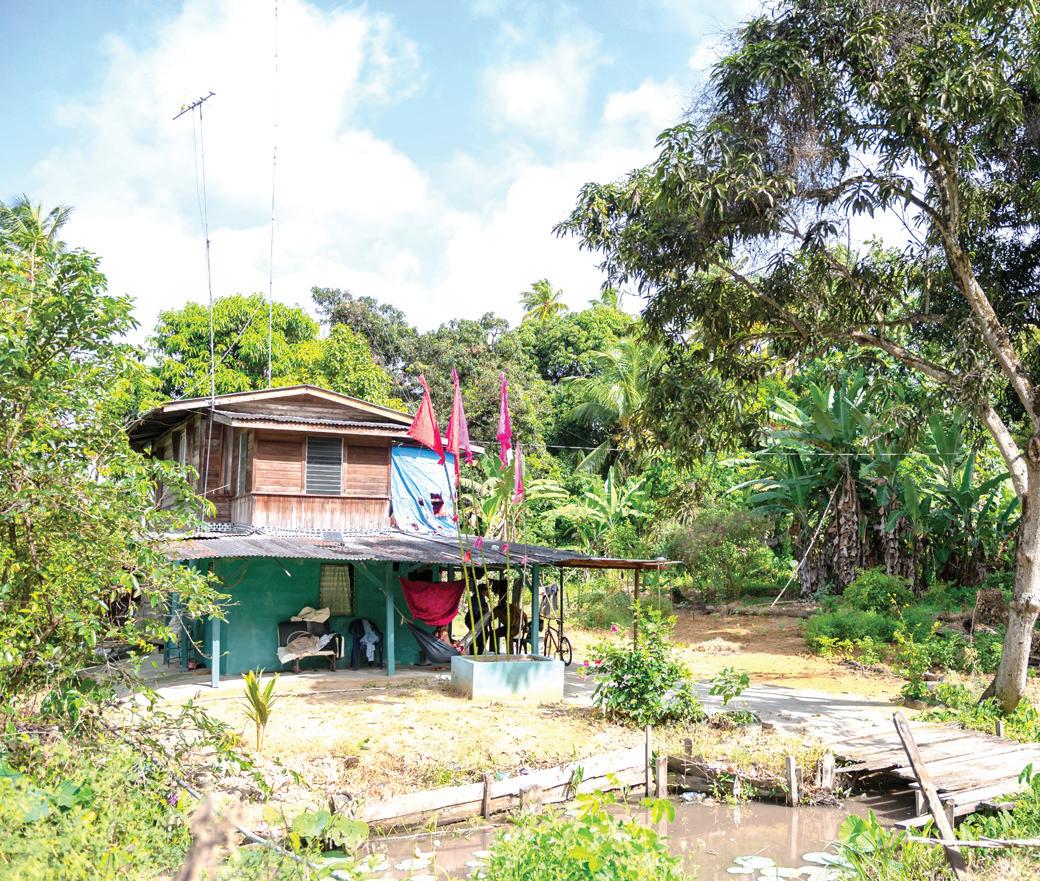

FROM PAGE II and, again, through victims’ participation in the entire process so we are duly informed and we’re not making our decisions in ivory towers and just through research alone.
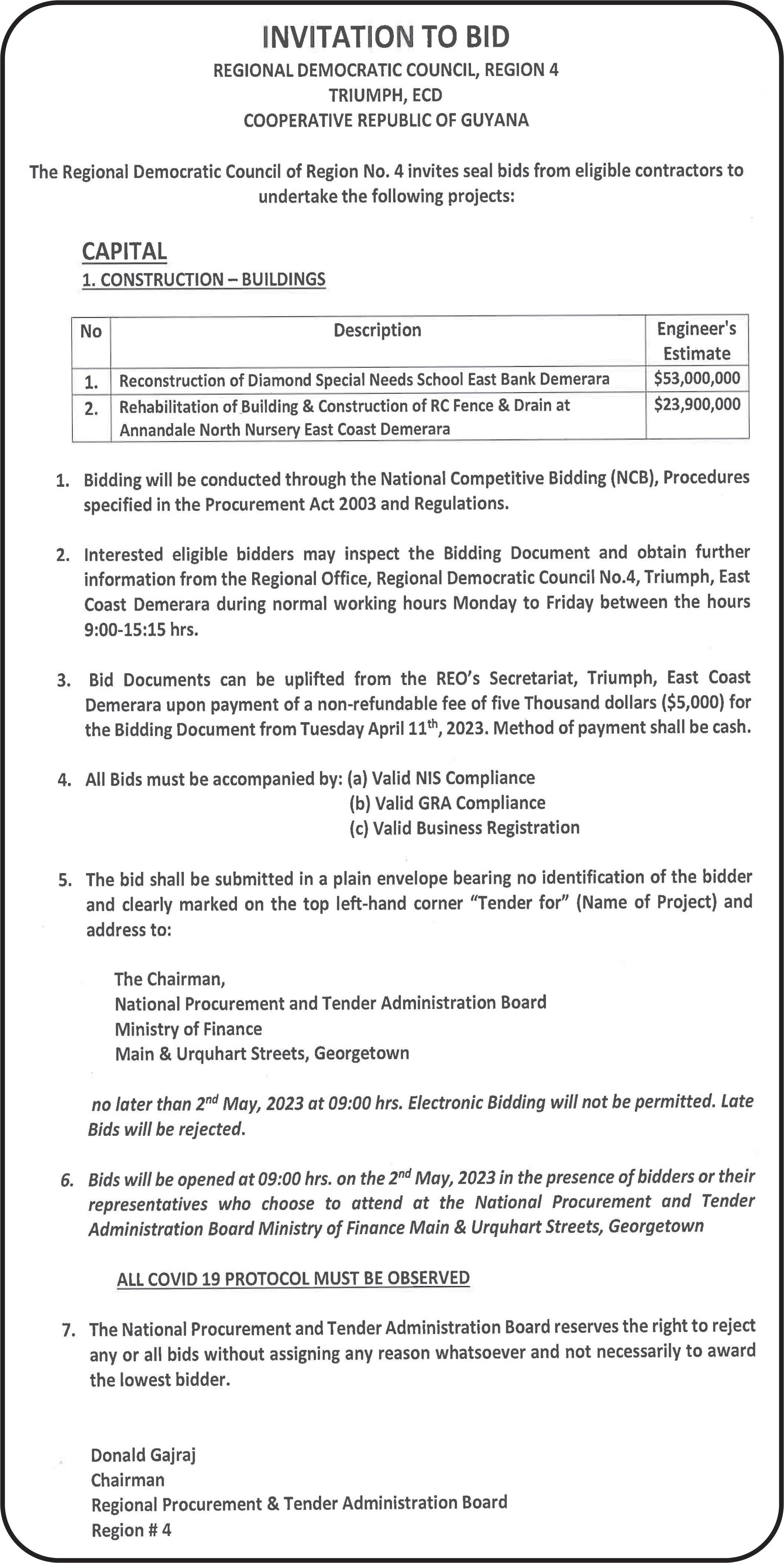
“We talk about training. Service providers need to be trained on how to work with the population. Training at all levels needs to be developed and implemented. The available training currently does not have a proper evaluation process. The training was developed with no evaluation process attached to it. There’s no reiteration of what’s working and what’s not working. There’s a great need to develop evaluations that measure impact and a need for a robust social and health care system response as well.
Sandra disclosed that of the magnitude of the problem,
human trafficking is a social issue of growing concern across the globe. “As we have heard from many of our witnesses, the estimated number of individuals affected by human trafficking worldwide is 20.9 million. It is the fastest-growing area of organised crime and the third-largest income-revenue stream for systemised crime after narcotics and arms sales. The global sex trade is worth about $32 billion annually. This is because women and girls in sex trafficking earn profits for their pimps and traffickers over a great number of years.”
Sandra has been in ministry for over 40 years and has co-pastored with her husband in Guyana, New York, and Canada. Her approach to ministry includes the perspective that “change is not a bad thing” and that the bedrock of successful Christian living is intimacy with God, including “knowing yourself.” Her family includes her children Stephen, his wife Stephanie, Kimberly her dog Reggie and the two most precious people, her granddaughters -Emma Grace and Elise Ava. She loves reading, going for long walks, and nice teas.
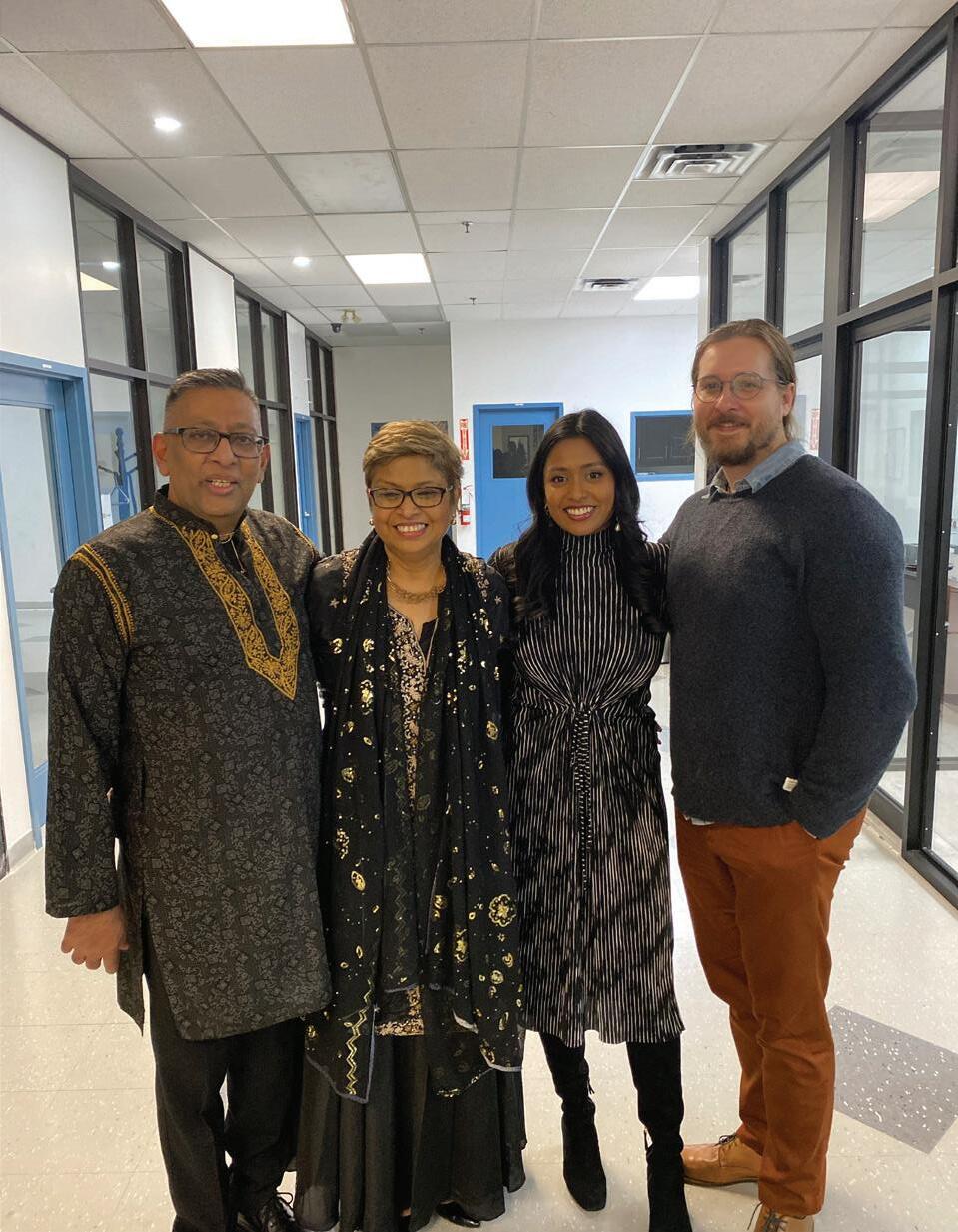
Among her Special Awards are the Public Speaking/ Scholastic Achievement Award -Toronto, Canada, Teacher’s Assistant in Counselling Programme- Tyndale College and Seminary – Toronto, Canada, Community Service Chaplaincy Course -School of Chaplaincy – Tennessee, USA, English Tutor in College – New York, USA, Deans’ List/ Graduated (cum laude) New York, USA and Award of Merit - Outstanding Service as a Teacher- Guyana.
Sandra was born and raised in La Bonne Intention (LBI) on the East Coast of Demerara, Guyana, approximately eight miles from Georgetown. She attended LBI Primary School and Annadale Secondary School. She started teaching at LBI Kindergarten School (during its pilot phase in Guyana) right out of High School. She studied at City University in NY, York University, and Tyndale College and University in Canada. She migrated to New York in 1983, and to Canada from New York in 1989.
FROM PAGE XII
fight continue. Education about environmental challenges and individual actions we can take, such as recycling, can help.
* Host or join events: Awareness events, such as street rallies and marches, will bring the causes of Earth Day to the awareness of people throughout the world.


* Plant a tree: Planting a tree in a local park or garden is a simple but effective way to celebrate Earth Day.
You can share your

ideas and questions by sending letters to: “Our Earth, Our Environment”, C/O ECEA Programme, Environmental Protection Agency, Ganges Street, Sophia, GEORGETOWN, or email us at: eit.epaguyana@gmail.com. Follow us on Facebook and Instagram and subscribe to our YouTube channel.

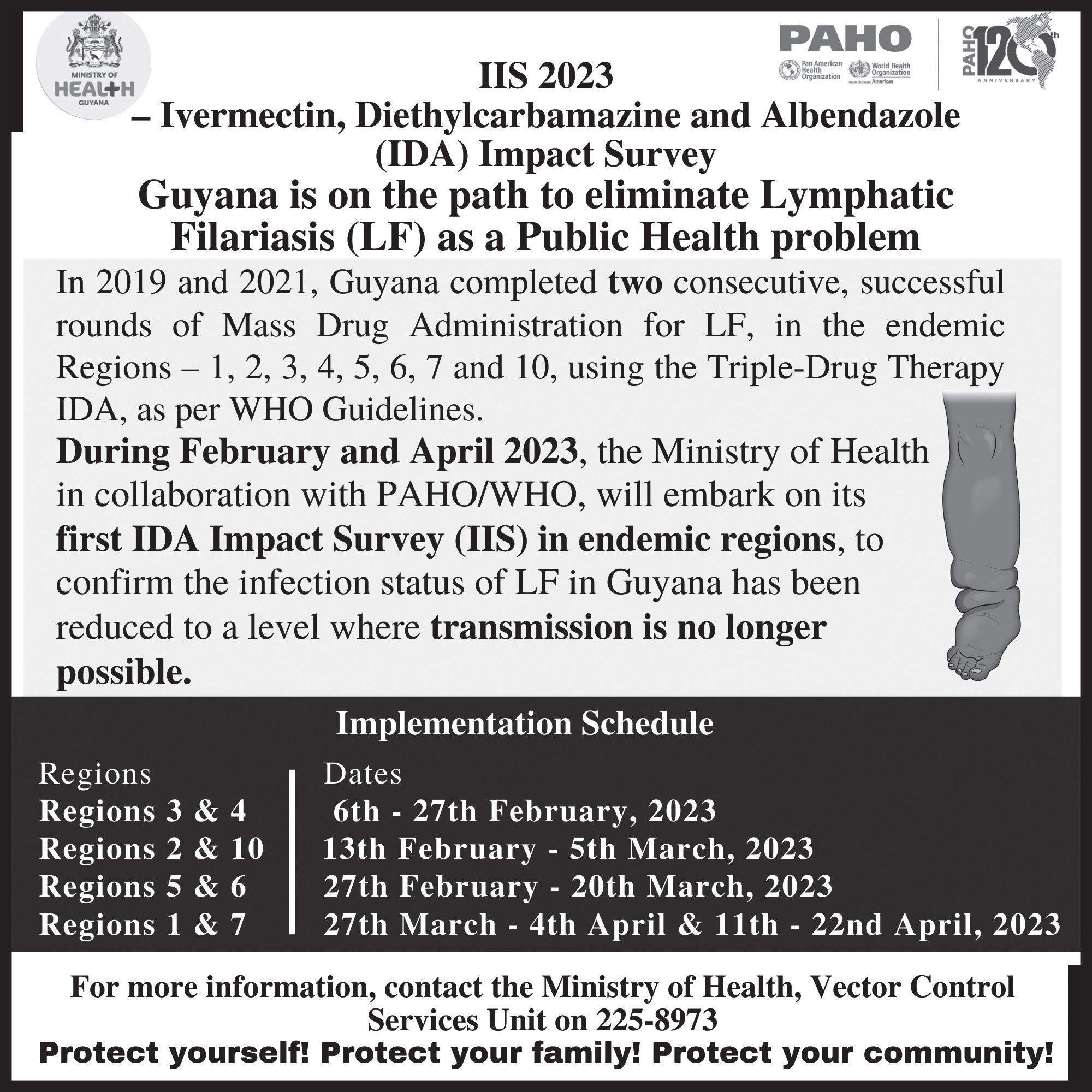
THE corporate world of today is adjusting to the idea of diversity hiring. With increased advocacy and recognition from across the globe, it’s been more popular than ever now. Many organisations and agencies are now making diversity hiring a priority. Unfortunately, while some companies and employers may be genuine about their need for a diverse workplace, others are not. With diversity hiring, there might be unfair and unjust recruitment. Companies may want only to hire a certain amount of workers from disadvantaged social groups to look “diversified” when that isn’t the case. I find it quite shallow and disrespectful whenever I see the blatant intentions of certain employers in Guyana and around the world. They simply hire certain people, just because they want to “save face” for their company.
Some companies will pretend they’re colour-blind, and hire people simply for their qualifications. They’ll argue that said job does not have candidates available from certain disadvantaged groups; they might even go as far as to say that the said group doesn’t have qualified persons for said job position to begin with. This begs you to wonder, shouldn’t the job go to the most suited academic or qualified person that fits the criteria? Yes! It should be! However, that is not the end of the conversation. If, by chance, there aren’t enough women, people of colour, persons living with disabilities, or LGBTQI+ members within a specific profession, then the correct thing to do would be to ask: “Why?” And then, “How can we increase their cases of becoming professionals in this field?” For reference, the United States’ population is approximately made up of 50 per cent of people of colour (POC). Unfortunately, about 80 per cent of the labour force is made up of white men and women.
I can’t imagine how or why people don’t see a need for inclusivity and diversity. Wouldn’t you rather a rich blend of varying perspectives, thought processes, and backgrounds work together to create the best results for your company or agency? Research has shown that work environments with diversity show the most innovation and better decision-making outcomes, ultimately earning more income. It must be noted that people of minority backgrounds should also be respected and feel valued when they are hired. Nobody should be made to feel as if they were hired out of necessity, or pity for their background and circumstances. Hiring to simply fill up the quota is unjust; it’s a way of cheating the system of fairness, and will only further victimise and ridicule minority populations. Simply adding a woman on the Board of Directors with men who don’t view her as nothing more than the “diversity hire” is disgusting, and should not be tolerated.
I urge all companies, agencies, corporations, and the rest of Guyana as a whole that is directly or indirectly related to the labour force to ensure that everyone understands diversity, and why it’s important at all levels. All companies should be working to promote a culture that allows everyone to work and feel safe and comfortable. The company should encourage everyone: Service users and employees alike to understand and respect everyone’s educational level, cultural background, religious beliefs, and socioeconomic background. Diversity should be shown within a company’s structure from the very bottom to its peak at the top. A company can say we have a high employment rate of a specific minority group, but only at a lower-paying job, whereas the higher-paying jobs and administrative titles are mostly given to people
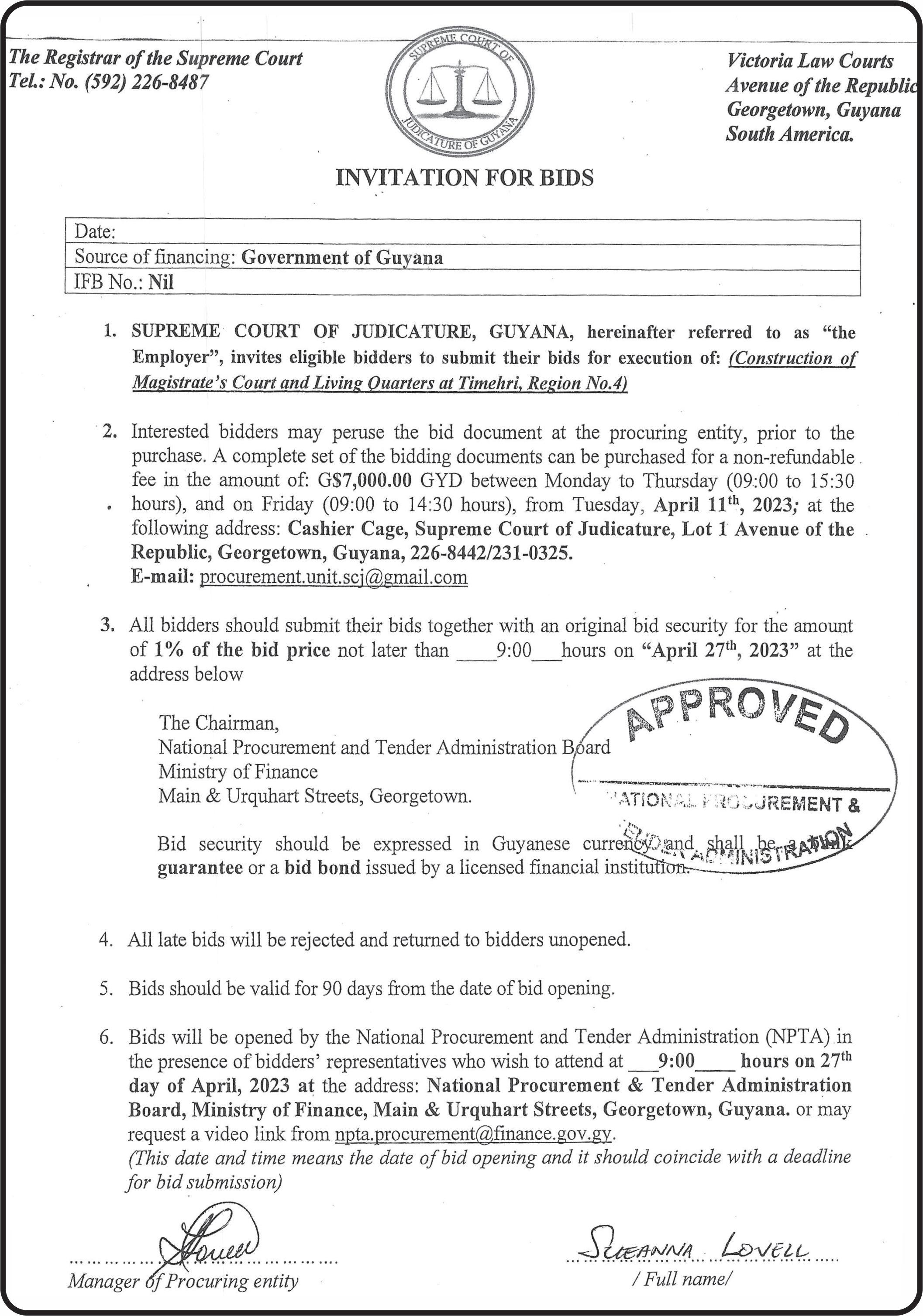
within an advantageous or a specific social group. Everyone deserves a fair chance to do and be better, and I hope that this article brought forward a topic of concern within

our labour force today in Guyana. We should allow everyone to participate, and when opportunities aren’t available for them, then find ways to create a way for them to thrive.

THAT question in the headline is, and, of a poignant consequence. What if some level of reparations is identified to be paid to Guyanese of Afro-descent who can identify with a lineage that survived chattel slavery? Then how will such an act commence towards justified realisation, void of what exists as treats, existing in ‘Shut-Button Authorities’ and self-serving ‘Good Will’ Cartels?
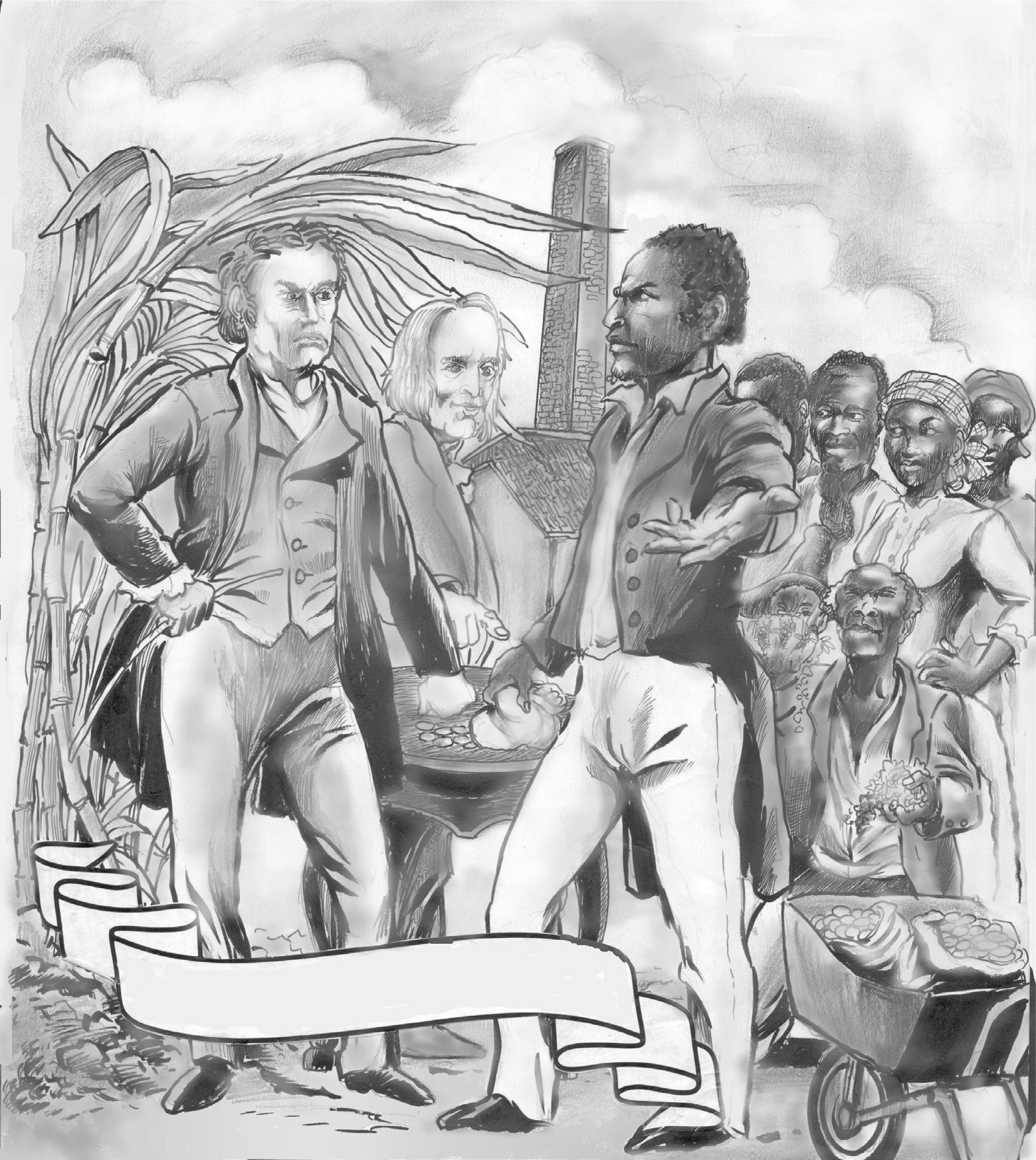

etcetera. And now we are in a Republican status of nationhood, but there is an ’Order’ of accountability that can facilitate as a guide towards evolving with definitions towards real needs and people. This requires reaching back to pre colonial Africa, (and the old world) to the construct of the ‘GUILDS’. The reality is that whether Reparations materialise into small droplets or with impressive figures, or ever or never, we
tions, over 1,000 years ago, and even today at a lesser drive, with current terms like associations, to which the latter, as with most things in our age, has dual meanings that are at times deceptive. A Guild was back then – skill, talent – and strictly meritocracy in content. Be it, “Drum makers-clothe weaving, religious dancers and costumesMetallurgy and Metalwork towards arms, tools and casting of statues; Farmers and
So far, there are no presented suggestions to intercept the metamorphosis across the now-dangerous modern distance we have travelled since the purchasing of the villages. Back in the 1840s, such as the development of ‘The Colonial’ a political class, a middle and professional class etc,
still need to know where people are, what they are doing, what are their challenges and what are their needs towards effectiveness, and what the prospectus of their specific interests contain.
What are Guilds? The term may be new to some readers. These were talent and skill-driven organisa -
livestock custodians and more.” No! They did not waste time, they planned and executed what was necessary and innovative without most of the tools we now have and the technology. Nothing that was proven useful was left behind.

RECENTLY I have noticed people making more references in various discussions about leadership, which is important in all aspects of our lives. The word “true” should be in front of leadership because that is what impacts positively and transforms communities. Trapped within every follower is a hidden leader. I have learnt a lot about true leadership through the teachings of my mentor John Maxwell who I met and had conversations with. I am also a part of the John Maxwell team. I have learnt even more from someone I never met and a mentor and true leader to millions around the world, the late Dr Myles Munroe. His books are so powerful that even if you read only the introduction, you will receive many golden nuggets.
I decided to share the introduction below from his book: “The spirit of leadership”
“There is nothing as elusive as leadership. All the money in the world can make you rich, and all the power in the world can make you strong, but these things can never make you a leader. You can inherit a fortune but never leadership. Yet there is no greater need in our twenty-first century world than effective, competent leadership. Our greatest challenge is that of a leadership vacuum. The number one need all over the globe today is not money, social programs, or even new governments. It is quality, moral, disciplined, and principle-centered leadership.
We need true leadership in our governments, businesses, schools, civic institutions, youth communities, religious organisations, homes, and in every arena of life— including the disciplines of law, medicine, science, sports, and the media. Yet the search for genuine leadership is becoming more difficult.
The complex, uncertain, uncharted waters of the twenty-first century have plunged us in to a world of globalisation, terrorism, economic uncertainty, famines, health epidemics, social transformation, corporate compromises,moral and ethical experimentation, religious conflicts, and cultural clashes. These conditions demand the highest quality of leadership that our generation can produce. Yet I have sat in the halls of governments and observed the struggles of today’s leaders. I have sat around the table chatting with presidents of countries, and I have heard them express their lack of ability to deal with their nations’ challenges. I have talked with cabinet ministers of governments around the world, and they openly ask for help, assistance, and advice. Many leaders just don’t know how to lead any longer.
This crisis in leadership is on many people’s minds today. Questions of moral integrity, honour, values, role models, and respectable standards are topics of discussion on many news programs, and they are also in the thoughts of the man on the street. We hear of leaders having sexual escapades. We hear of business magnates falling by the dozens to corruption. We see national leaders and their cabinet members being tried by their own governments for stealing and other financial misconduct. We learn of priests abusing and misusing their authority and positions in order to take advantage of those whom they were entrusted to care for. Where are the true leaders today?
I believe the problem is that leadership has become a role one plays rather than a life one leads. Contemporary leaders are attempting to divorce their personal lives from their public responsibilities and their personal stan-

dards from their public lives. To many, leadership is an act, not acalling. Therefore, when they are in their offices, they act a certain way, but when they leave, they lead double lives. This is a contradiction of true leadership. Leadership is not a technique, a style, or the acquisition of skills, but a manifestation of a spirit.
Many institutions, Fortune 500 companies, government agencies, civic organisations, and nonprofit entities spend billions of dollars every year training thousands of would-be leaders in management techniques, human manipulation skills, organisational systems, methods of control and persuasion, and much more, in the hopes of producing potential or better leaders. Yet such seminars cannot produce true leaders. Furthermore, the quality and standards of leaders are not increasing but decreasing.
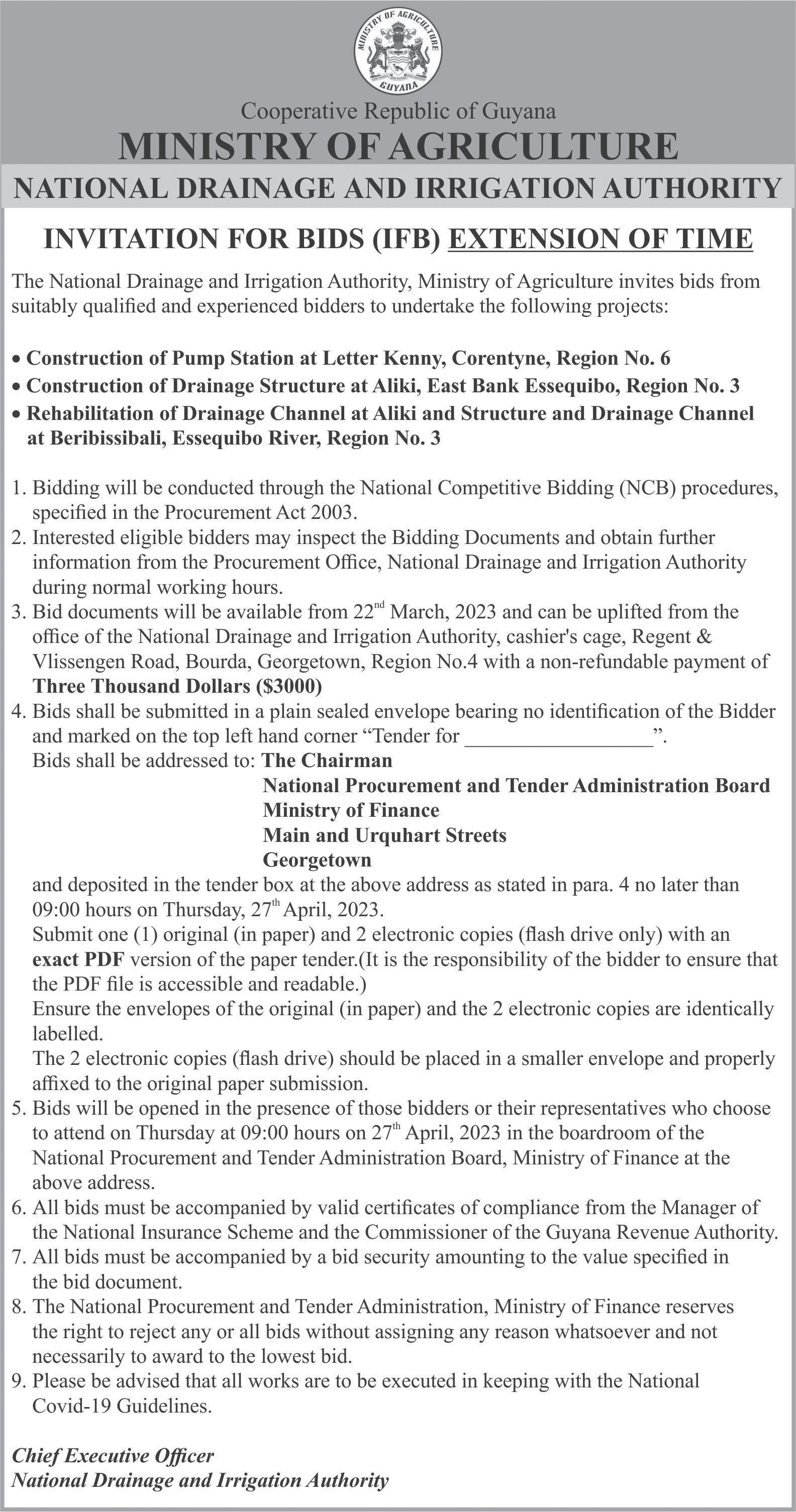
The shelves of every bookstore are stacked with books on the subject of leadership. Some promise instant transformation from follower to leader, while others sell cheap ideas that purport to create leaders by the application of shallow psychology and worn-out principles that frustrate those who invest in them. Research on how to be a leader continues by the leadership gurus as colleges and universities add special courses designed to produce or improve the cadre of leaders. Yet I believe that all the college courses in leadership can never make a leader.
Many of those whom we idolised as leaders in our modern societies have disappointed us as their fragile, formerly hidden inconsistencies have been exposed. Just the mention of Enron, WorldCom, Tyco, Martha Stewart, Richard Nixon, Bill Clinton, and Catholic priests
OVER the last two years, the Ministry of Agriculture has been introducing several new crops which have economic potential and could provide em -
ployment. The National Research and Extension Institute (NAREI) would do the necessary research and ascertain their feasibility. Afterwards, such crops

would be made available to enterprising farmers who would form their own companies. Such companies would first satisfy the domestic market and later
move into export, provide a good income and hopefully keep more young persons in Agriculture.
Corn, soya, tropical wheat, millet, hemp, and various spices are among the new crops being introduced and developed. One of the most imaginative crops is the production of Roses of various shapes and colours. This Rose Project is the innovation of President Dr Irfaan Ali, who aims to provide more employment for single parents and is linked with the One Guyana Initiative.
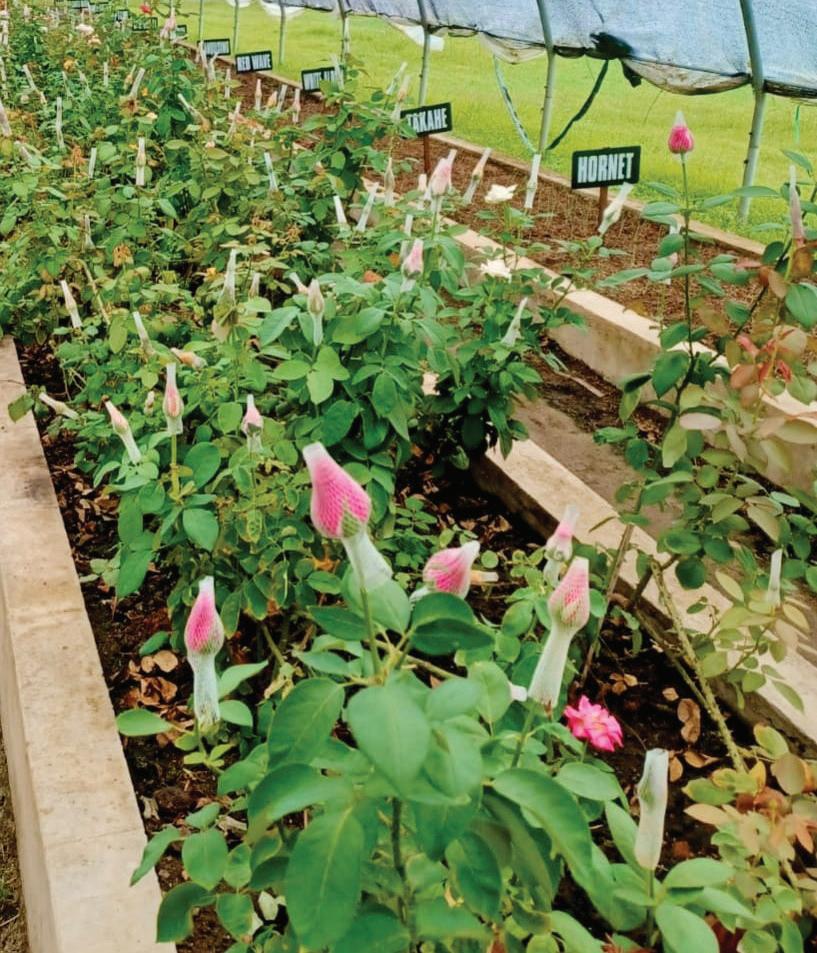
Though the Promenade Gardens had long been producing flowers for the local market and making wreaths, their activity was intended to provide a service rather than to create a profit-making industry. The late Boyo Ramsaroop was the first person to establish a flower industry to cater to the local market but with a greater focus on exports to florists in Europe and North America. He also ventured into growing certain rare fruit such as Rambutan from Indonesia and Malaysia and Liechi, a Chinese speciality. Both of these fruits were sweet and are used in high-end desserts.
Mr Ramsaroop’s farm was on a 10-acre plot in the Sophia area and became profitable with possibilities of indefinite expansion. At this point, unfortunately, he died, and the woman, whom he married while he was a very young electrical engineering student in Germany, and who assisted him in the farm, returned to Germany. His son went into politics for a short time before emigrating. There was no one to run the farm, and it was abandoned.
The Rose Project, executed under NAREI’s auspices, imported approximately 3000 rose slips from Brazil and these were planted in shade houses with 600 in each house. Four hundred roses of various colours were reaped each week towards the end of last year and this number will keep on increasing. By the end of 2023, it is estimated that rose imports would
decline by more than 30 percent. So far, vendors have been buying from NAREI to resell, but a few farmers have also started their independent farms.
Now that the flower Industry has been resuscitated, the Rose Unit needs to be expanded to include orchids and other flowers. Orchids, in particular, are always in demand by the florists of the developed world and Guyana
In all of this effort to build a flower industry, common Guyanese flowers should not be neglected and these would include the local roses, especially the perfumed red and white, though not as long-lasting as the foreign varieties, have a peculiar beauty and Guyanese living abroad nostalgically remember them. Likewise would be the various varieties of hibiscus, Queen of Flowers
is in an advantageous position to dominate this market since the vast pristine forest cover of the country is home to a large variety of orchids.
Two of the most popular cultivated in Georgetown are the Lanciana, known as “the Christmas Orchid” and the Golden Showers. Others, like lilacs, need to be brought into the repertoire of the Ministry’s Flower Unit.
Both the Ministries of Agriculture and Business are in contact with many youth, some of whom may be inducted into the Flower Industry by proffering technical help, land space, planting material, seed money for start-ups and locating of markets. Such governmental assistance, needless to say, would not be restricted to the youth but would be available to all persons.
and Oleanders.
Linked with the industry is the encouragement of citizens to once again rekindle the enthusiasm to have home gardens. This culture was extinguished by the regular floods, which destroyed gardens. And secondly, the cosmetic industry has always had strong linkages with the flower industry.
Though there is no cosmetic industry in Guyana at the moment, Pepperpot has featured several young persons who have been trying to venture into this industry, and the Ministry of Business should succour these. It should be remembered that great cosmetic houses like Helena Rubinstein and Coco Chanel began in the same way in very humble circumstances.

HE went to a quiet little bar in a village on the East Coast and sat down to drink a beer, then another, pained at the stones life was throwing at him.
“What is my wrong in all of this?” he questioned in silent agony, “If only you hadn’t died Sandhya.”
A man’s deep emotion does not always show with tears, but he cries inside.
He had been carrying a burden of guilt for her death because her family felt the accident wouldn’t have happened if he hadn’t been late that day to pick her up from work.
“How can one predict what happens in a person’s life, today or tomorrow?” he questioned.
Life for him had become dull and meaningless; all he could have done was push himself to work to relieve the pain. Aryan missed her so much. He had lost the joys of his little life until Marissa came into their lives. Somehow the bright colours of life came back slowly, the warmth, the smiles, the gentle voice, all that was Sandhya.
Life had given back something beautiful that had been taken away, but now, both families were adamant that no one different could take her place.
“What do I do?”
He finished the second beer and was about to order another when he felt a light touch on his shoulder. He turned around, but no one was there. A puzzled
look crossed his face and he sighed, taking out his wallet to pay for the beers.
Marissa’s card was in his wallet, and as he looked at it, he heard or thought he heard a soft whisper, “Go see her now.”
Aditya looked up but no one was close to his table and he sighed again, deeply, “Guess I’m starting to lose my mind.”
Yet as he started his vehicle to drive home, he still seemed to hear that soft whisper.
“Is an unknown entity trying to tell me something?” he wondered.
He went to see Marissa, not sure what he was going
ken calmly, had deep passion in them and it left an impact on his mind. It was at that moment he knew he had to draw a new plan to build an independent life. He took her hand in his and said, “I don’t want to promise you anything at this time until my new plan is underway. There would be challenges but I would like you to stand by my side, if you can.”
She put her hand over his and said, in support, “I would be happy to.”
He kissed her lightly, “Good night and thank you.”
She did not see him often anymore, but he spoke to her almost every day to keep in touch. Some things had to
“Not to be sad.”
“He’s so sweet!” they expressed in unison.
“And how are you doing?” Cindy asked an edge of concern in her voice.

“I’m doing fine,” Marissa assured her friends, “Just
sometimes the worry shades that.”
“Knowing the kind of person you are,” Shivanie stated, “You will be able to hold your own in the face of any challenges.”
“Thank you, guys,” Ma-
rissa said, “You’re such good friends.”
“Any time,” they said as they left for their classrooms. Aditya came to school on Friday to see her, looking SEE PAGE XXII

to tell her. She was surprised to see him and asked, seeing the worried look on his face, “Is everything okay?”
“Not quite.”
Looking at her, he knew in his heart he wouldn’t stop seeing her, but he wanted her to know of the problem between him and the two families. Though it would hurt, the truth was important for her to know. After a long moment, she said in a calm voice, “I understand. These things happen.”
He looked at her, somewhat surprised, “You’re not upset?”
“It hurts me,” she admitted, “But being upset won’t change anything. When I look in the mirror, I love what I see, I love who I am and I won’t cry tears because some people see me differently.”
Those words, though spo-

be changed in a relationship that had begun to bloom and though Marissa tried not to worry, it showed on her face sometimes. One more as she sat at her desk, lost in thought for a moment, a little voice called her, “Miss.”
It was Aryan.
“Yes, Aryan?”
“Why are you looking so sad?”
“Oh,” she pulled herself together and forced a smile, “I am not sad, just thinking about something.”
“My dad is sad too.”
Those words sent her a feeling of euphoria, and she assured the child, “He’ll be fine.”
He raised his little hands to hug her in childish comfort.
Shivanie and Cindy stopped by her class the same time, one asking, “What are you getting a hug for?”
quite tired.
“Wow,” she exclaimed, “the hard work continues.”
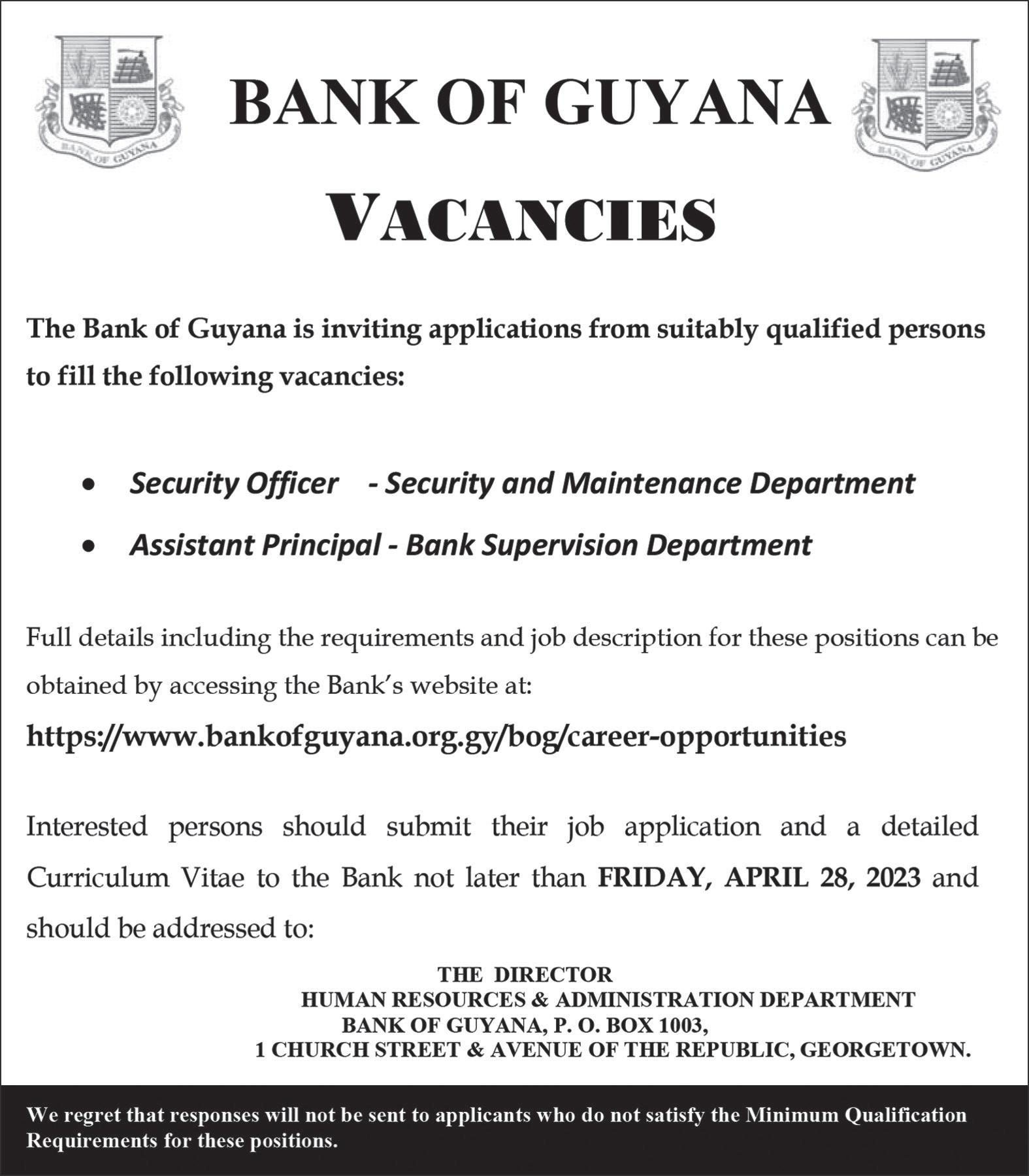
“Yep, but I’ve decided to take the weekend off and I wondered if you’re free.”
“Hmm, I guess I can be.”
He took her to dinner on Saturday night, and on Sunday, they went for a drive with Aryan across the Demerara River to the West Coast. It was a wonderful day spent together; no one was happier than Aryan.
Aditya left the following week for the mining site as he continued to push to close operations there and focus on contracting works closer to home. He messaged her a few days later to say all’s gone well and he might spend more than a week. But late on Saturday night, he called her, desperation in his voice.

“Marissa, Aryan is missing.”
“What?!” she jolted up, wide awake, “What are you
FROM PAGE XXI
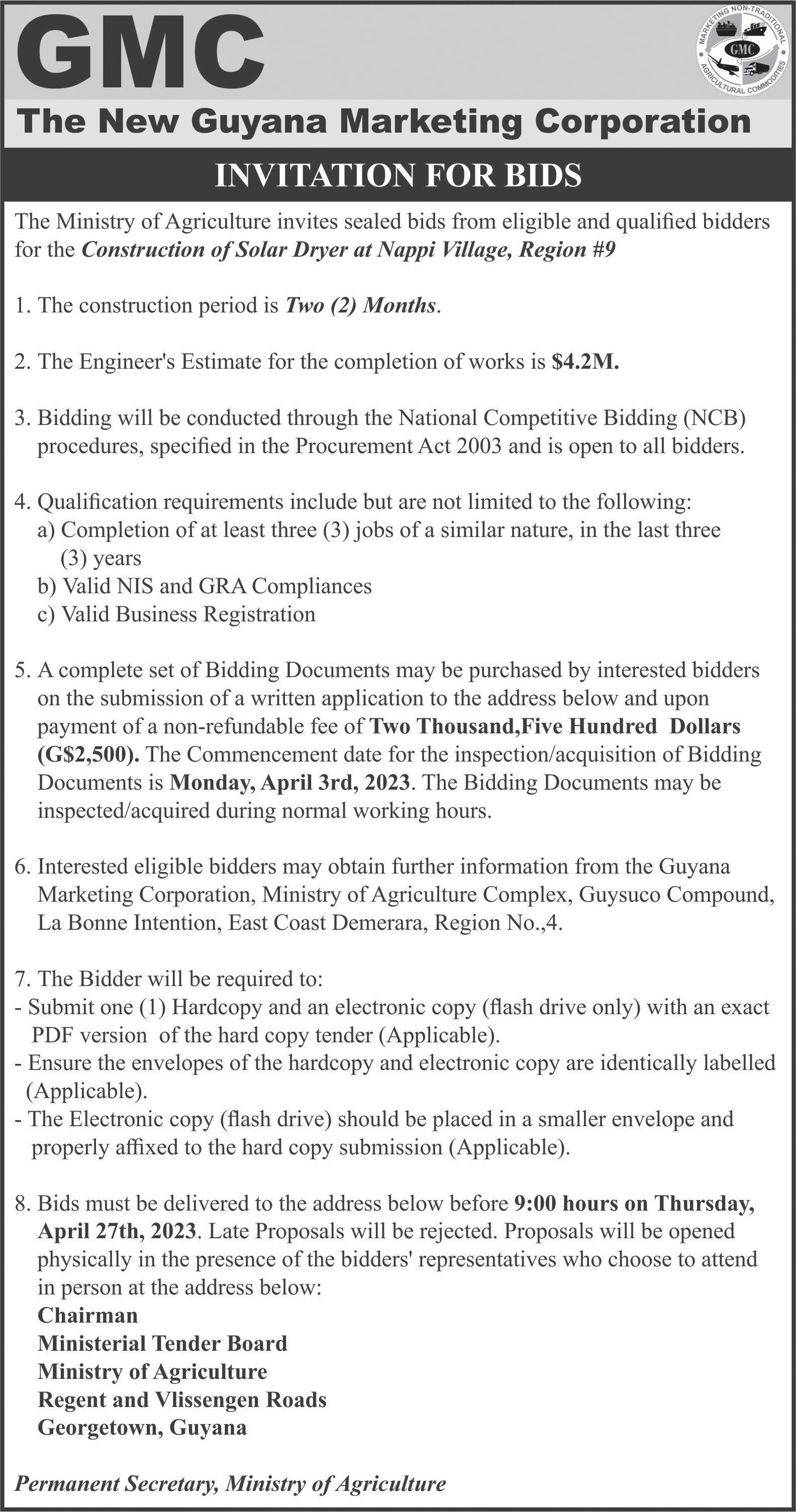
saying?”
“My parents went out to an event, leaving my two nieces with him, but they were watching TV and didn’t notice when he went outside.”
“How long ago was that?”
“About an hour, everyone is out searching in the community. Can you please go as well? I’m travelling out now.”
“Okay, I’m going now.”
To be continued…



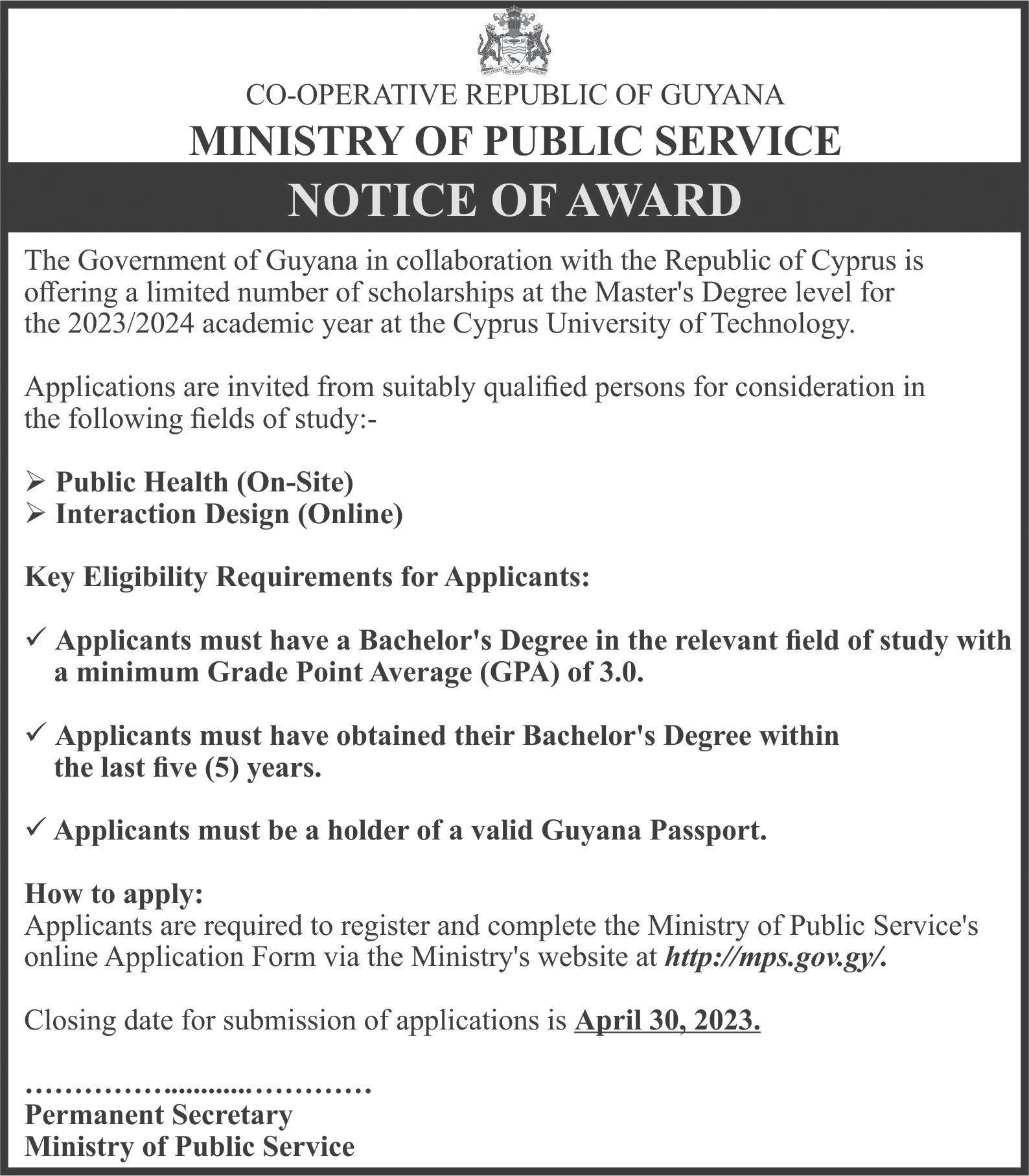


Across the human world they traded, improvised and in some cases, created local interpretations. The suggestion of the ‘Guilds’ revolves around a vacuum that exists in Guyana. Not too long ago the guilds were alive, perhaps not as registered entities, but they knew each other through a code of trust, recommended each other and existed by rules. Breaking some rules could have ruled you out of the game, unlike today, with one look at some current real estate activities. I recently saw a young man’s house sold by unknown persons, unknown to him, three times. Only last year, I saw a retired officer of the GDF home put up for sale without her permission. Those examples and others that include the recent incidents in Beterverwagting point to a cultural deterioration or desperation that requires urgent systems of correction and accountability.
The question may be, how can this be executed? The answer lies with those resources we know. For example in the
Arts, I can, with a few helpful minds, point to who are real in certain disciplines, even identifying what their needs are; the same can be recorded and cross- checked. Therefore, it is sensible to assemble a register of professionals in various disciplines under the category of Guilds to help to ascertain where expertise rests, their resumes and what their major development concerns are.
This would also help the general public to survive the numerous hordes of mediocrity in so many areas that have manifested themselves as if from another dimension.

In closing, the murder of six million Jewish people in the Nazi final solution over five years cost Germany $ 86.8 Billion dollars in reparations. Over 100,000,000 Africans perished during the Atlantic Slave Trade that lasted for over 400 years, during the raids in Africa, at sea, on the plantations, and in BG after emancipation, due to neglect of village drainage.
Thus, reparations are not an unreasonable expectation. Thus, if a meagre $100,000 is paid by an old lady from a plantation-owning family, every cent must be accounted for direct to the Guilds of most needed.
As for you folk who think that Braithwaite and Brathwaite amount to differences, it’s all the same. Folks from some plantations in Barbados, some bought their freedom, manumitted, some were possibly deported for actions against De Plantation, nah worry, same name. Goggle it.
FROM PAGE XIX

tells the story of our culture of defective leadership. Moral defects; abuses of power, privilege, and trust; misuse of resources; corruption; and hypocrisy have become associated with leadership today, perhaps more than at any other time in history.
Morality, ethics, principles, convictions, standards, faithfulness, transparency, trustworthiness, and honesty are rare commodities in the field of contemporary leadership. Why is true leadership so difficult to find?
One day, as I settled in to my seat on a plane trip to address a group of leaders on ethics and morality in leadership, I was shocked to discover, in the copy of the American Way magazine in my seat pocket, an article by Joseph Guinto with this title: “Lie, Cheat, and Steal Your Way to the Top.” The subtitle read, “Everyone’s doing it, right? But what’s our cheating culture really costing us, and where and when does it end?” Obviously, this subject caught my eye, and I plunged into reading the content.
The article exposed and detailed the corrupting web of cheating as a culture at all levels of Western society, including the highest offices of leadership, and it talked about the “trickle-down corruption effect” taking place. Here are some facts contained in the article that I think are noteworthy: “Employee theft is one of the fastest-growing crimes in the U.S.A....the total cost of occupational fraud—mainly accounting schemes—was $600 billion in 2002...twice what it was in 1997.” The article said that one of the results of thiswidespread corruption is its effect on the mindset of future business leaders. An ethics professor at a top business school said, “[My] students defend their view that some cheating is okay by saying, ‘Everybody does it.’”
To be continued next week.
I got many take away from this and this is not the whole introduction. I can remember overhearing a conversation with a group of young people and they were referring to some situation and one of them said, “If the people in position can do it, so can I.” It made me feel sad because this can lead to unfortunate circumstances. We owe it to the next generation to be an example for them to emulate as we continue to celebrate this beautiful journey called life BEYOND THE RUNWAY.
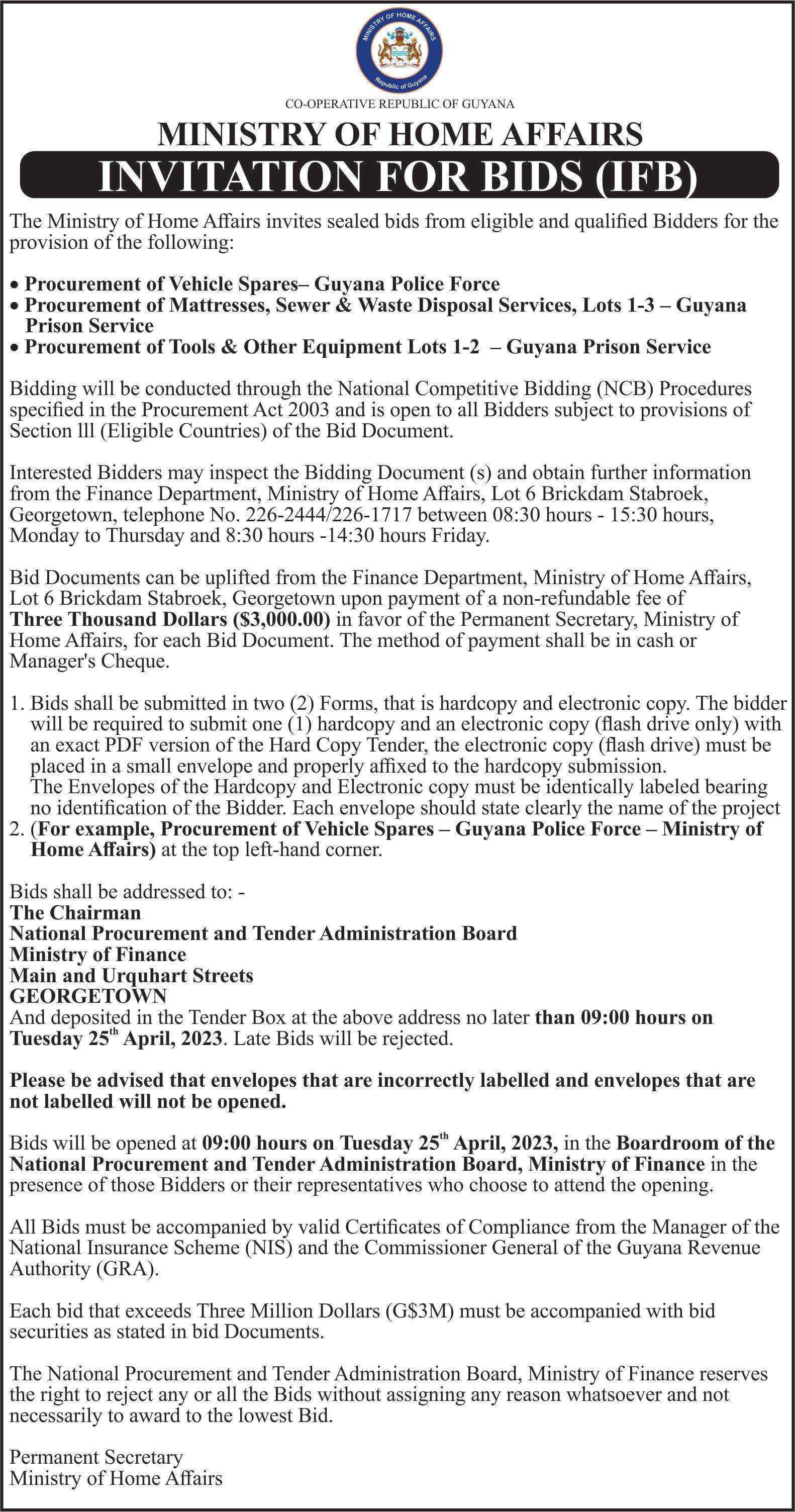






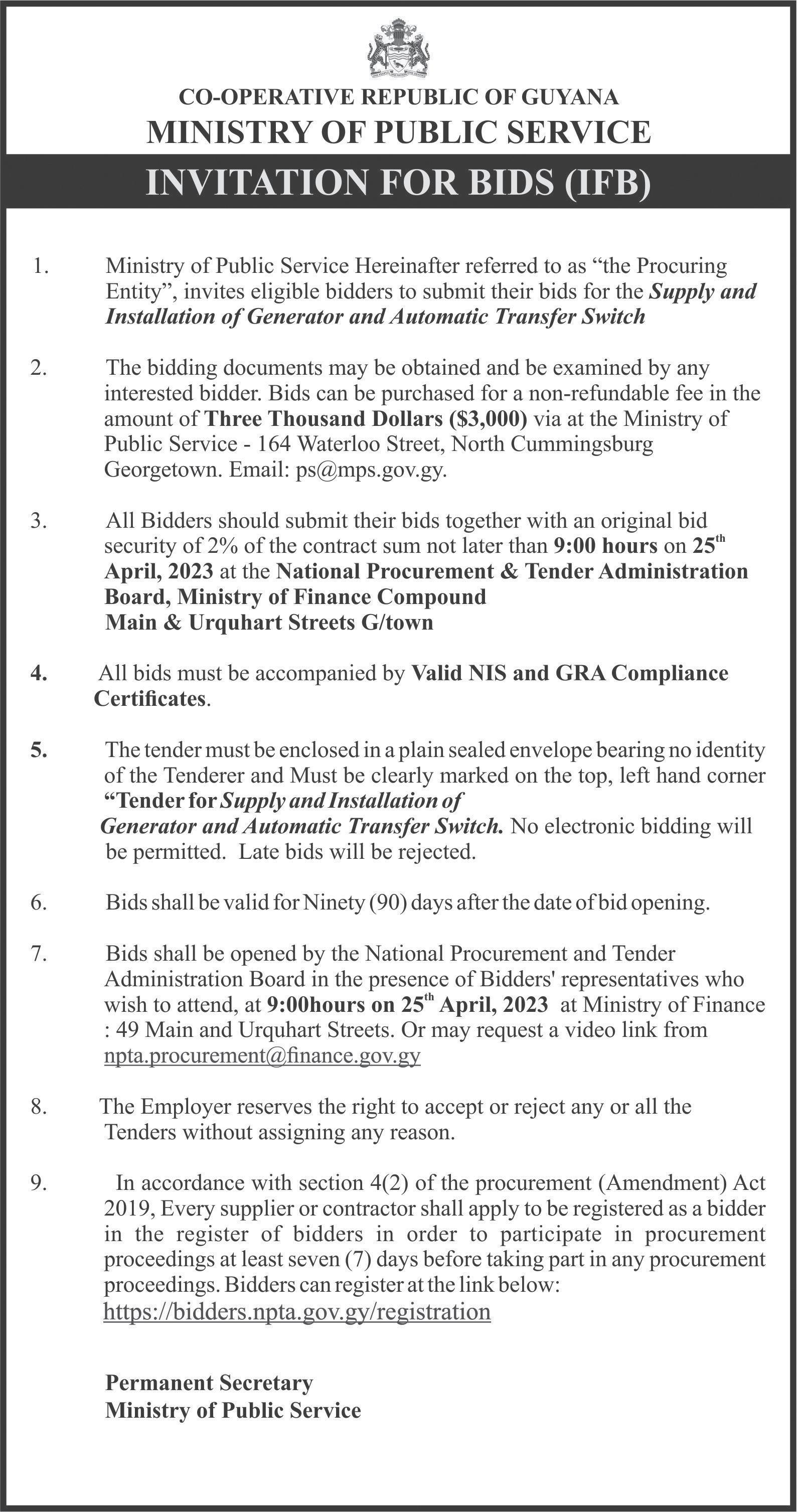


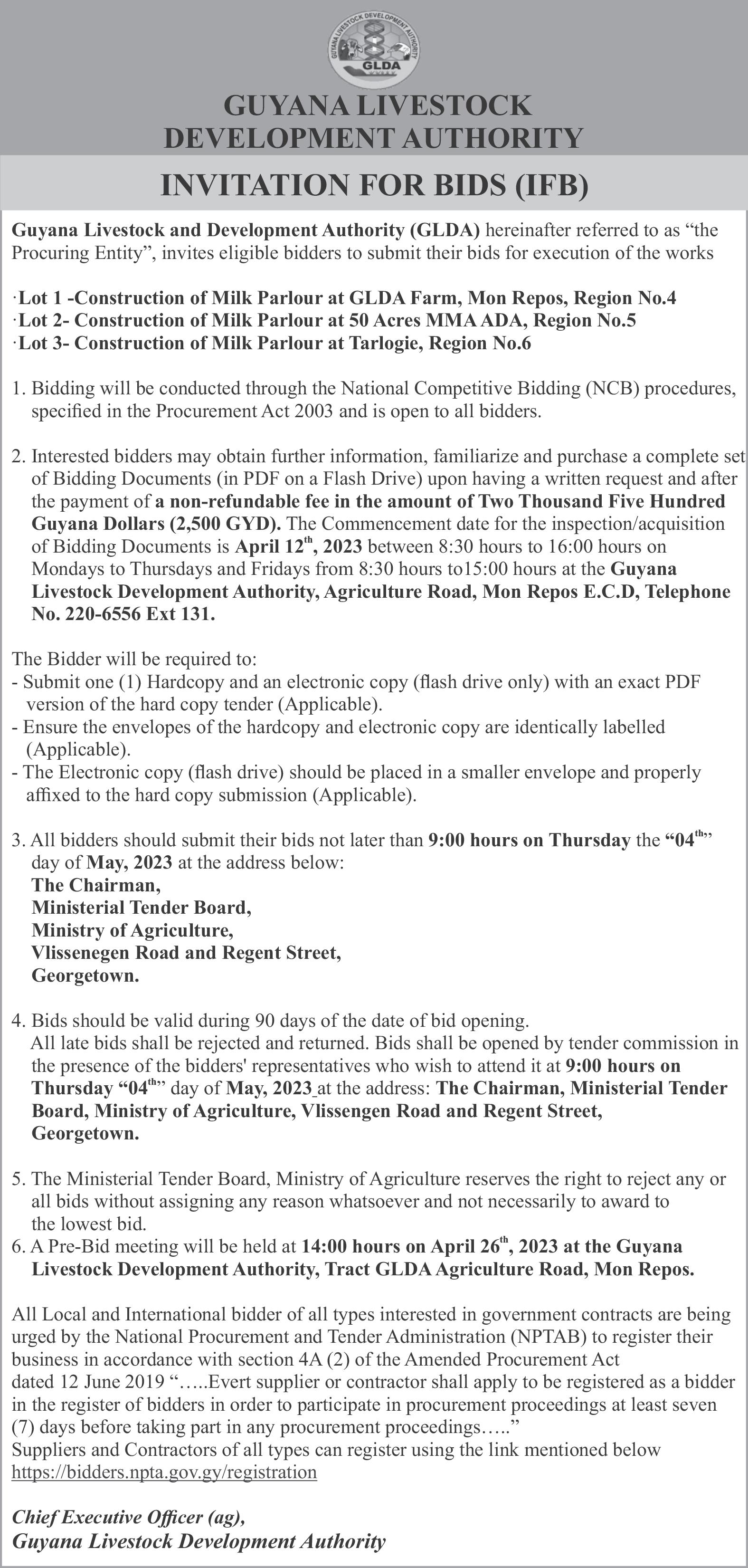









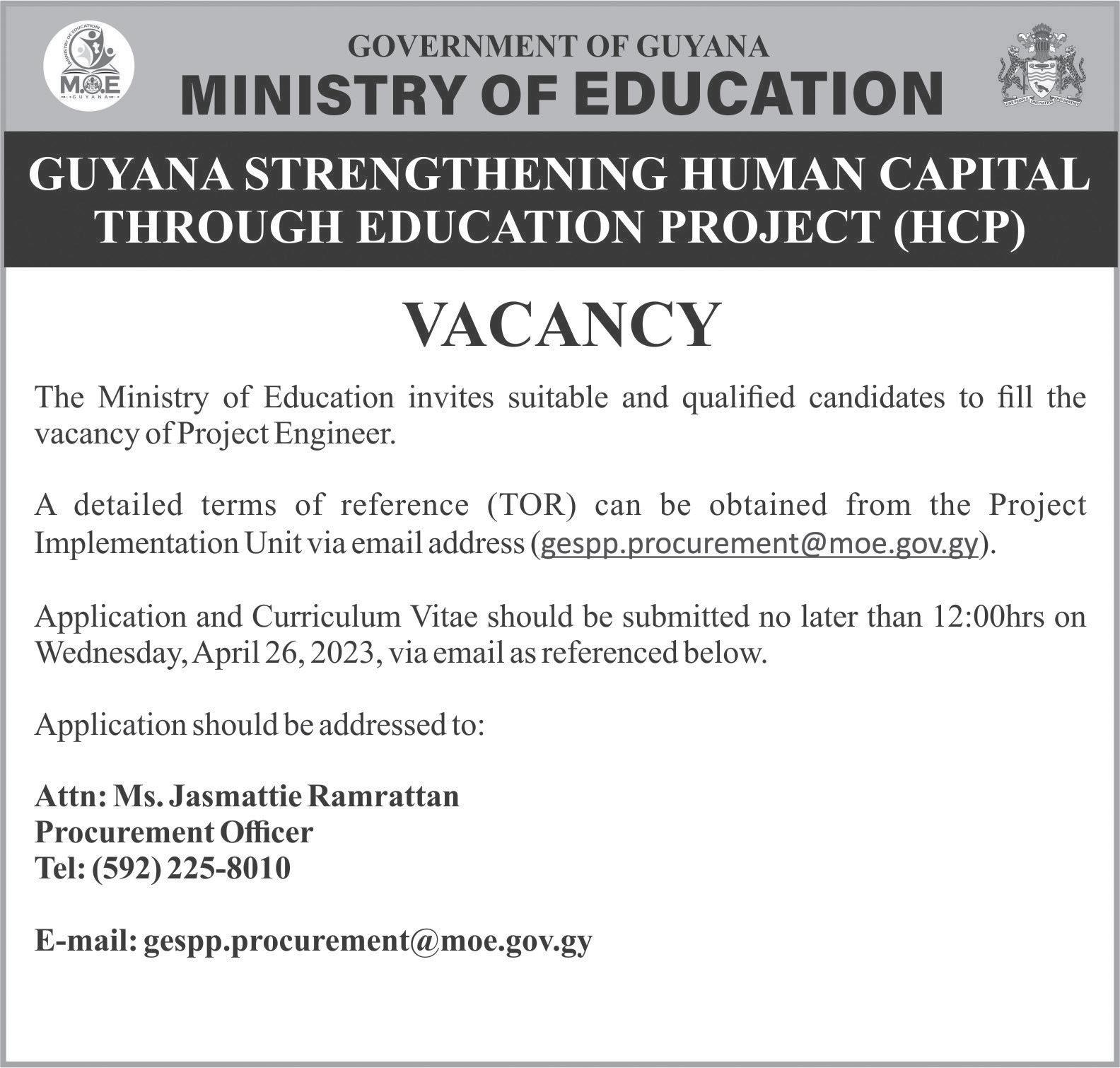


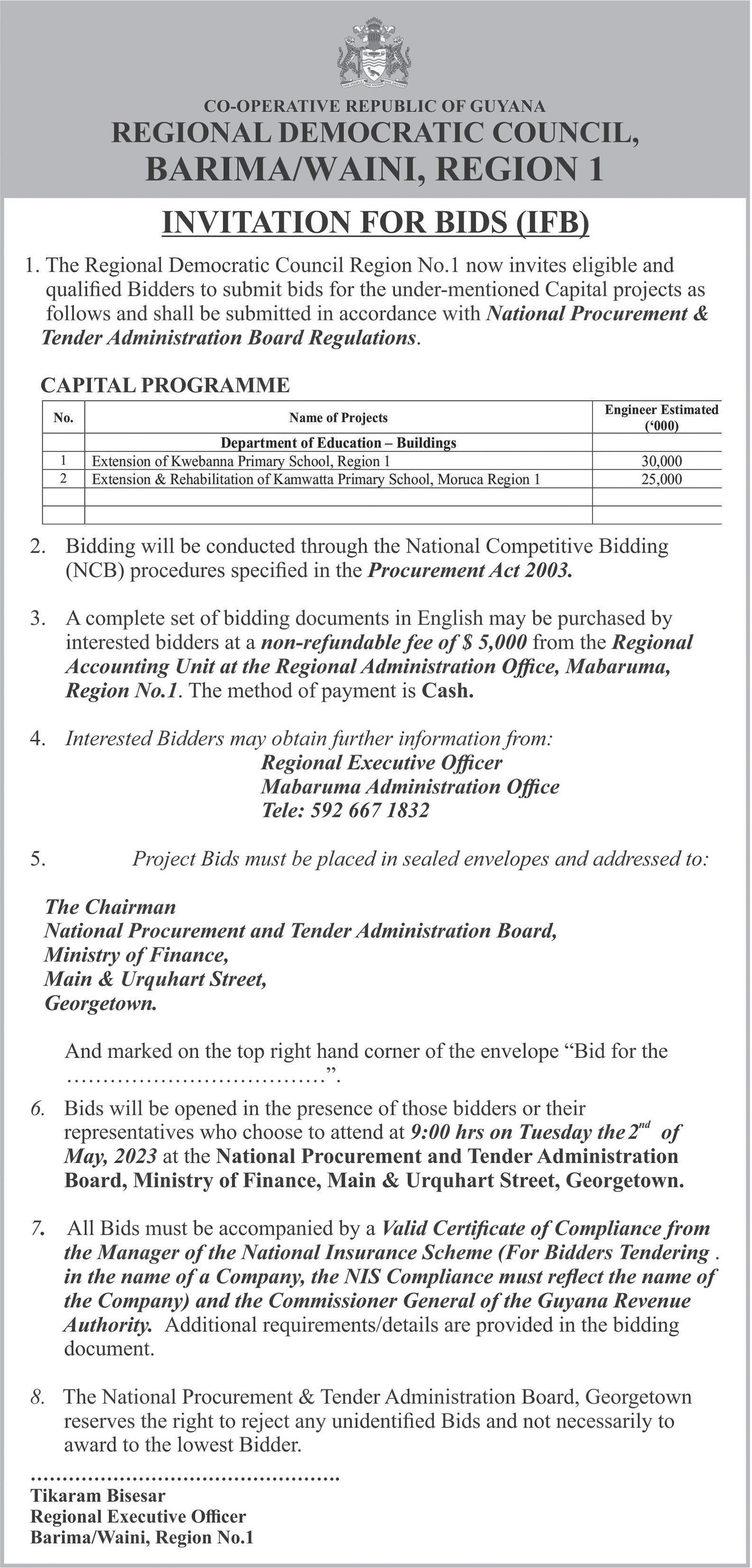










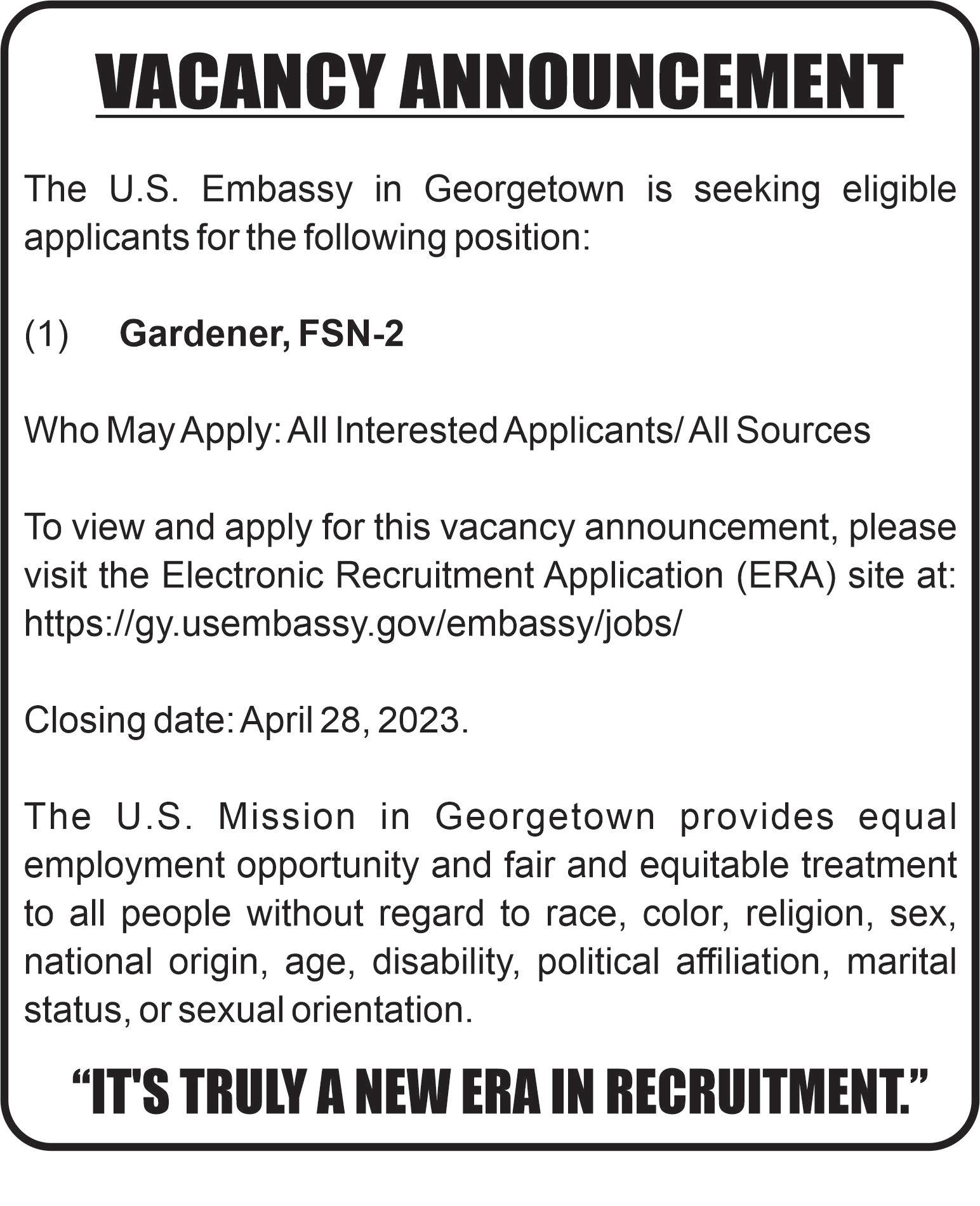




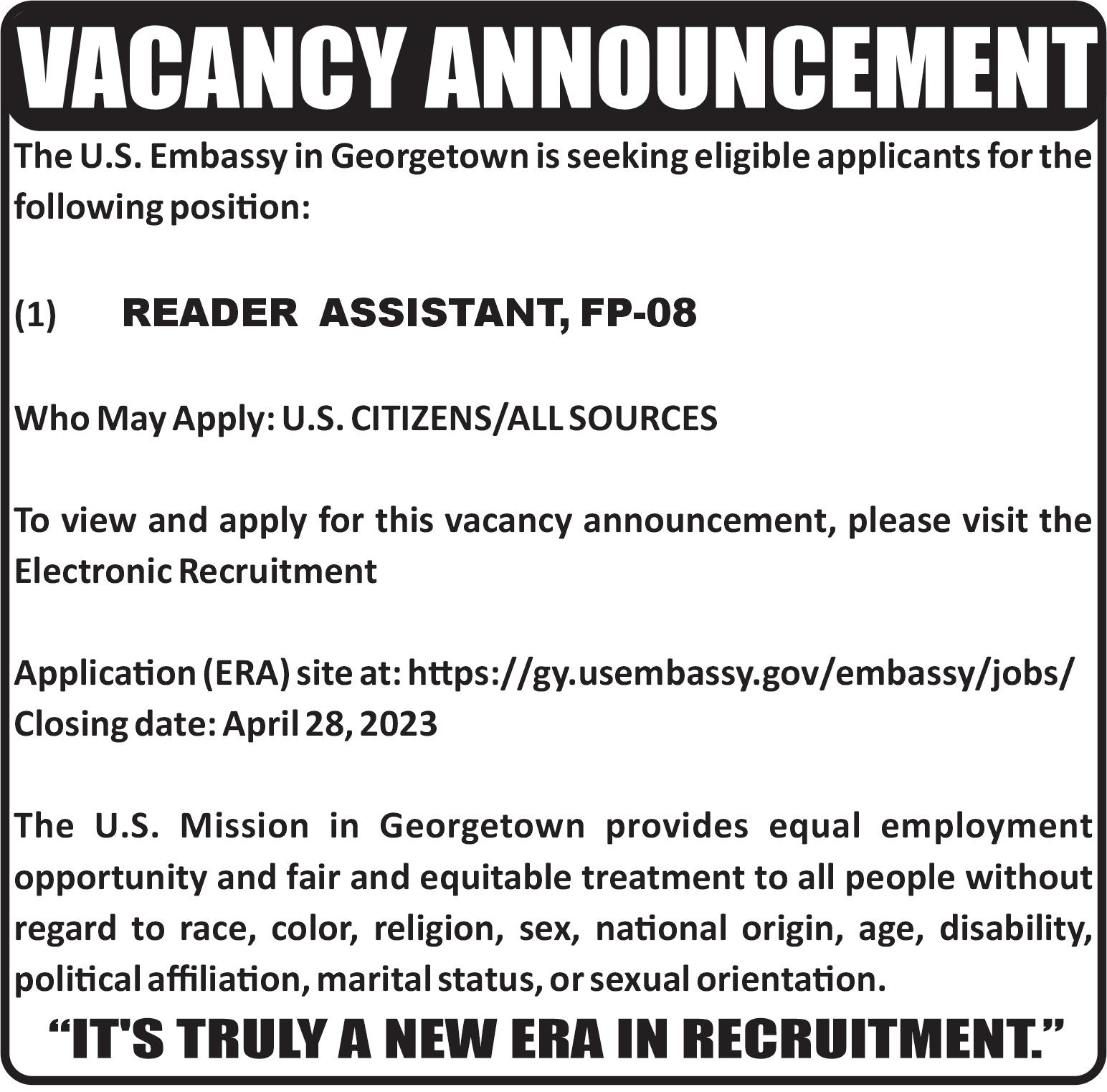





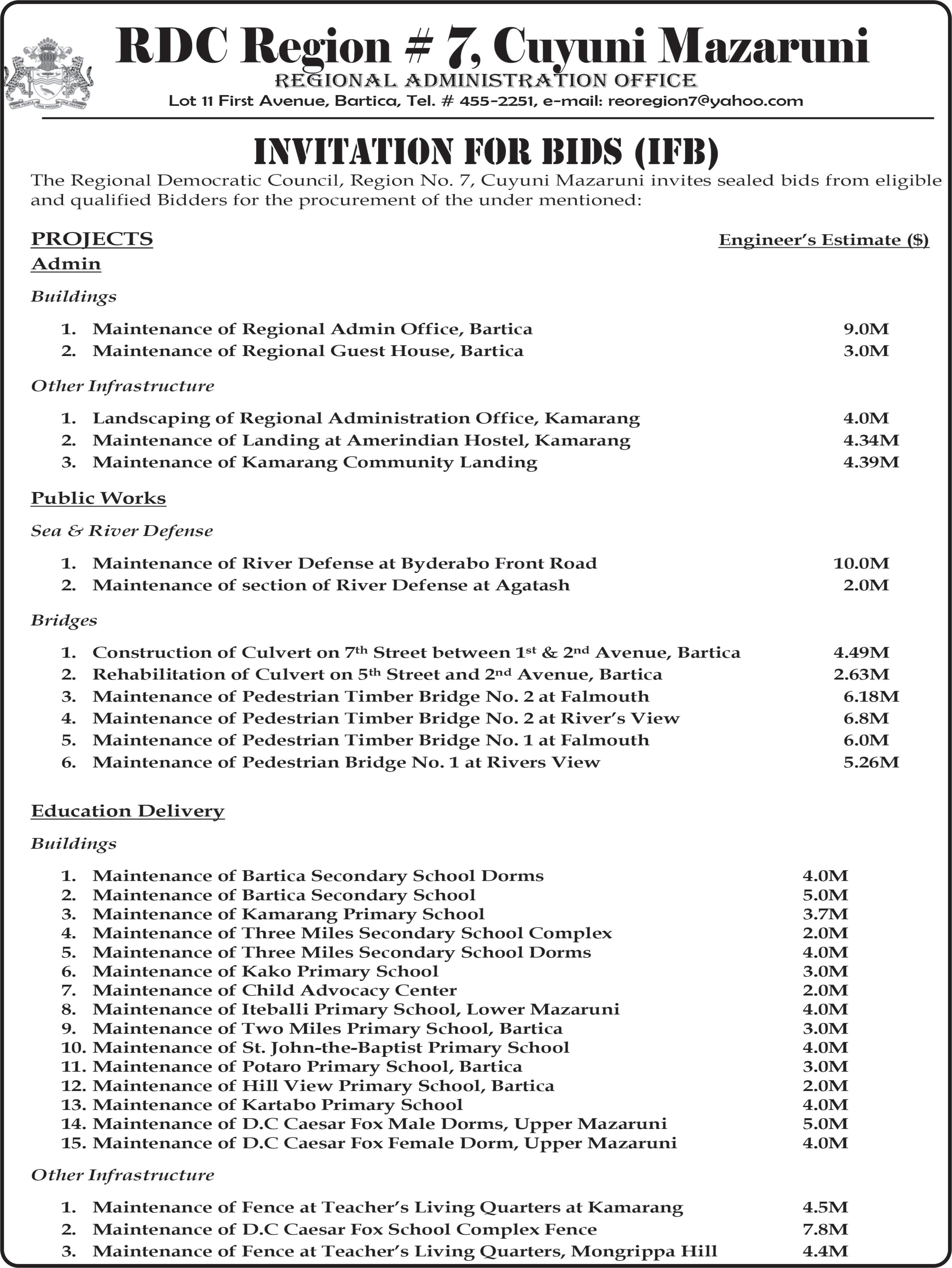

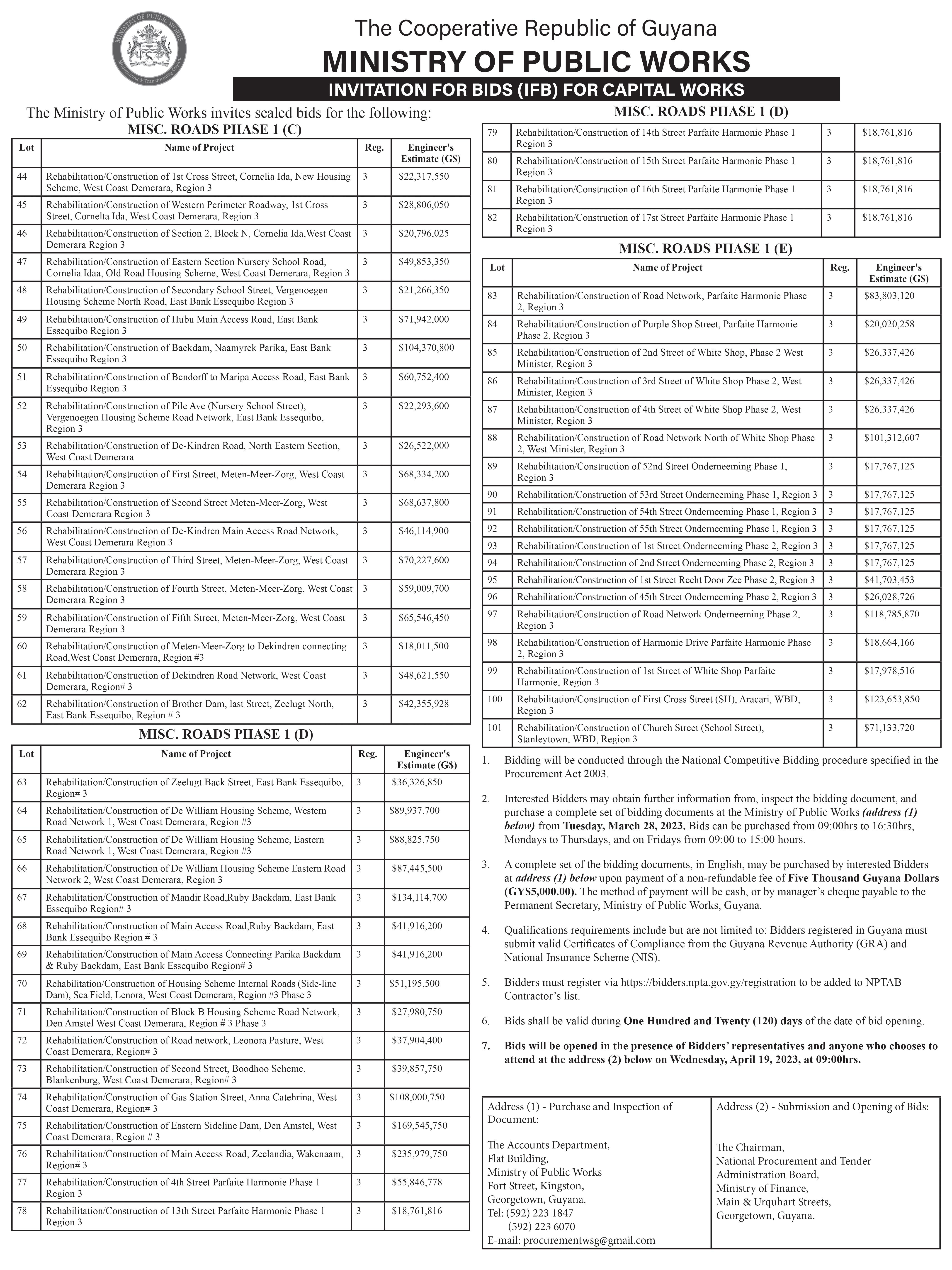

In my mind, there is nothing as illiberal and so ill-bred, as audible laughter. EARL OF CHESTERFIELD (1694- 1773) Advice to his son. Graces, Laugh- ter.
April 16, 2023
Dear Student,
Welcome dear friend. Today the speech types –‘read from a manuscript’ and ‘memorised’ - will be sketched. They complete the four speech types recommended for classroom subject and student council reports, class and club demonstrations, and special report types. Reading from
a manuscript is done specifically when the speaker has a message that must not be misquoted and with a strict time limit imposed. Memorised speech is used principally for contests. Both speeches require great skill to sound extemporaneous.
Love you.
Accurate use of parentheses ( ) and dashes - -.
Note: Parentheses or round brackets (.) set off unimportant matter; dashes, emphatic matter. Use both sparingly; in fact, only when they really help to make meaning clearer than it would be otherwise.
Dashes set off extra information, such as examples, explanatory or descriptive phrases, or supplemental facts. Like a colon, a dash introduces a clause that explains or expands upon something that precedes it. A single dash emphasises material at the beginning or end of a sentence.
1. Use parentheses (round brackets) to mark numbered or lettered divisions within sentences or paragraphs.
Your itinerary will be as follows: (1) Georgetown, (2) New Amsterdam, (3) Matthews Ridge, (4) Kaieteur Fall.
2. Use parentheses to enclose explanatory or purely incidental matter.
Joshua Mendes (you remember him) was buried last week.
3. Use a dash to show a break in thought or sentence structure.
Your dear mother dropped in – but you’re not even listening!
4. Use dashes to emphasise parenthetical matters. Next week – how I dread it! – I must submit my long paper.
Note: If the parenthetical matter is a question or an exclamation (as above), punctuate it to indicate that fact.
5. Use a dash to indicate a summarised clause.
Utensils, drinking glasses, plates, forks and spoons – they were just as we left them.
6. Use dashes to show
hesitation.
He – He – He doesn’t know how to get away from his confinement.
7. Use a dash to emphasise appositives (nouns or noun phrases that rename the noun next to them) or other explanatory matter.
I want you to meet Cousin Suzan – the best teacher I have ever had in Physics.
After spending 50 years abroad, the renowned poet finally revisited his country of birth – Guyana.
8. Use dashes to set off a series of appositives. Everything – clothing, books, floral arrangements, puzzles – must be sold.
The design, the electric circuit, the workings, the resources – all add up to an entirely new production set.
Copy the sentences, supplying parentheses or round brackets (.), or dashes where they are needed. Go over the sentences, explaining why you used the marks.
1. Today has been but why bother you with my troubles!
2. Parentheses are used to set aside explanatory elements within a sentence. Usually, it is better to use commas, however.
3. This pageant what a thriller it was! Is one I’ll not forget.
4. The garage repaired the damage, replaced the broken windshield, greased the car, and washed it all in two hours.

5. When you revise your short story, be sure the following items have been checked: 1 punctuation; 2 spelling; 3 capitalisation; 4 word choice; and 5 paragraphs.
Reading for main idea
Read the selection. Then, answer the questions below the passage.
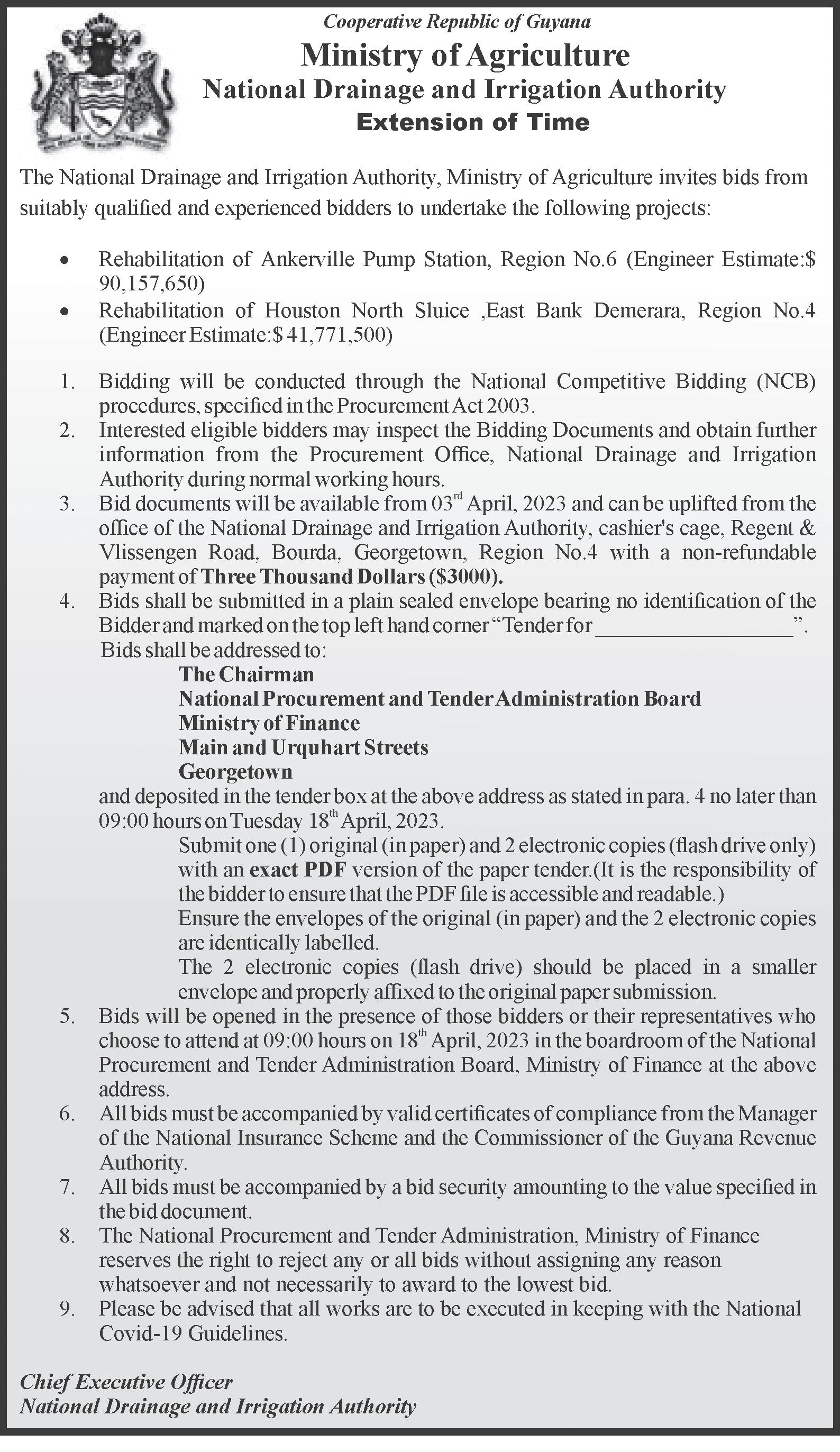
If the painter wishes to see enchanting beauties, he has the power to produce them. If he wishes to see monstrosities, he has the power to create them. If he wishes to produce towns or deserts, he can … Indeed, whatever exists in the universe, or in the imagination, the painter has first in his mind and then in his hands. – Leonardo Da Vinci
This quotation is from a painter who could turn what he saw in his mind into what the world saw on canvas. Those of us who look at what we have painted and know how different it is from what we imagine, feel differently about the creative act. Like children who draw stick figures when they are thinking about real people, what is painted is so much less than what we think. Rather than feel Da Vinci’s power, we often feel powerless.
1. What is the main idea of the quotation?
(A) Painters can make monstrosities, but painters should focus on beauty.
(B) Painters can make beauty to match what is in the world or their mind.
(C) Painters have keen imaginations, no matter what they produce.
(D) A painter can represent what can be seen or imagined.
2. Which is the most accurate statement?
(A) The two texts contrast thoughts.
(B) The texts show cause-effect.
(C) The two texts show a sequence of thought.
(D) The texts have similar ideas.
3. What is the main idea of the two texts?
(A) No artist can equal Da Vinci.
(B) All painters feel powerful through their painting.
(C) For good painters, painting is creating.
(D) Artists can feel powerful or powerless.
4. The first sentence in the second paragraph
(A) is a definition of the painter.
(B) is a transition between two ideas.
(C) is a contrast from the quotation.
(D) continues the first paragraph.
PROPHYLAXIS means “to prevent”. In dentistry, the term refers to professional cleaning, scaling, and polishing of the teeth by a dental professional. The purpose of prophylaxis is the prevention of gingivitis, chronic periodontitis (gum disease), and tooth decay. Notwithstanding, it should be made clear that occasional professional prophylaxis cannot substitute for adequate daily personal oral hygiene.
Some types of primary prevention require professional intervention. Poliomyelitis, smallpox, and diphtheria can be prevented by vaccines that stimulate the formation of antibodies in the blood to combat the invading organism when we are exposed later on. There are no effective vaccines to fight the many bacteria and viruses that cause common oral diseases. Instead, we rely on preventive measures such as personal oral hygiene and periodic dental prophylaxis.

Additionally, prophylaxis aims to eliminate deposits on the teeth that cannot be removed by diligent brushing and flossing. It consists of scaling the teeth to remove tartar and coronal polishing to remove stains. Stains present no significant problem other than they may detract from your appearance. It is the tartar and plaque on the crowns and roots above and below the gum – supragingival and sub-gingival deposits – that present a health risk unless they are removed. This is because you can lose the tooth if it is not eliminated.
Plaque begins to form almost immediately after prophylaxis, but it takes about three months for toxic products in retained deposits to mature to the point where tissue damage begins to occur. In a healthy mouth, this time is extended by daily brushing and flossing. Nonetheless, plaque creeps down along the sides of the teeth into the gingival sulcus. Since plaque cannot be entirely removed from the sulcus by personal effort, periodic professional treatment, as frequently as every three months for patients with periodontal disease, is necessary to remove the remaining deposits. Thus, removing soft and hard subgingival plaque, not stain removal, is a significant function of prophylaxis. Thorough tooth brushing and flossing daily remove food debris and newly formed plaque and minimises tartar formation. But once plaque and tartar are firmly established beneath the gum tissue, professional scaling, and root planning are necessary to remove it and to maintain periodontal health.
Coronal polishing is usually performed with a rubber cup mounted on the dental handpiece, which most people call “the drill”. A small amount of polishing paste, similar to toothpaste but more abrasive, is placed in the rubber cup, which is then rotated against the exposed surfaces of the teeth to remove the stains. Stains within the recesses of tiny cracks, pits, and fissures have to be scraped off with picks and scalers or blown away with a mildly abrasive air jet. Coronal polishing of all the teeth can be accomplished in a few minutes.
Stains come in various colours, from green to brown to black. Green stains are usually found on the upper front teeth of young children – the incisors. When these teeth first come into the mouth, they are covered by a thin cuticle, a remnant of the surrounding sac in which the teeth develop. This cuticle, which is stained by bacteria and fungi normally present in the mouth, usually wears off in a few years, but sometimes professional coronal polishing is necessary to remove it. I am always reluctant to clean children’s teeth because of the potential damage to the enamel, which can never grow back. Similarly, in adults, the more the teeth are polished, the more yellow they become due to the wearing away of the opalescent white enamel with the dental abrasives used by the dental professional.
Some black and brown stains are the result of pigments produced by bacteria. Most stains in adults come from tobacco, coffee, tea, and coloured food and can usually be removed easily. However, not all stains can be removed by coronal polishing. Tobacco stains can permanently discolour teeth in heavy users. The teeth of miners exposed to copper and iron dust may be permanently discoloured green or brown. Drugs containing similar metal salts have the same effects. But by far, the worst medically induced discolouration results from an improper prescription of tetracycline, an otherwise exceptionally safe antibiotic. Tetracycline staining occurs when the drug is administered during the last half of pregnancy and the first eight years of childhood. During this period, crowns of the
permanent teeth are developing, and tetracycline produces a grey, yellow, or brown discolouration that ranges from mild to severe. Because most physicians and dentists are now aware of this danger and substitute other antibiotics, tetracycline staining in children is no longer as common
as it used to be. The condition is not damaging to the teeth other than their appearance. In many cases, a dentist can bleach the teeth to a natural light yellow–white hue. If repeated bleaching fails, the teeth can be resurfaced with composite or laboratory-fabricated veneers.



